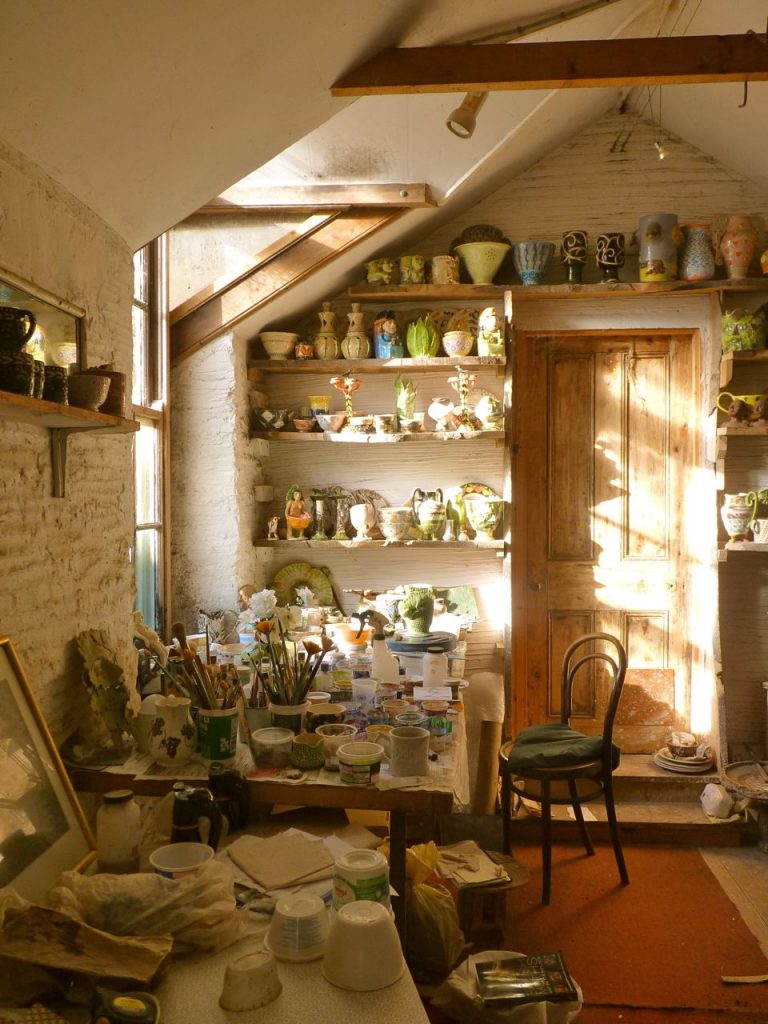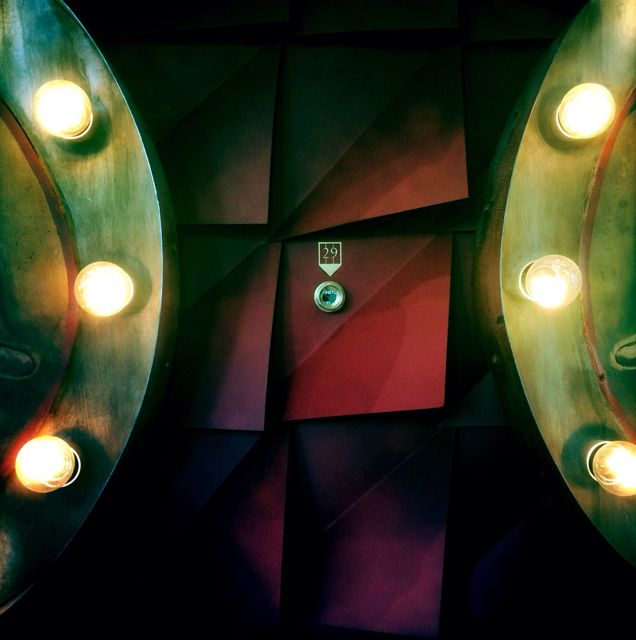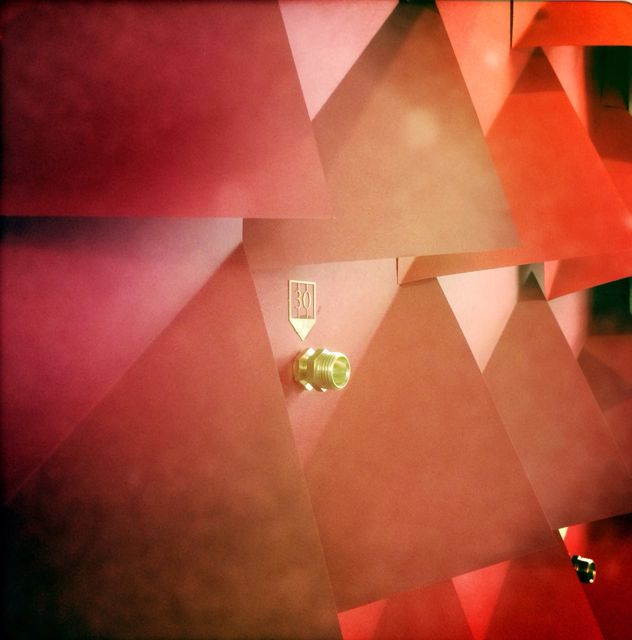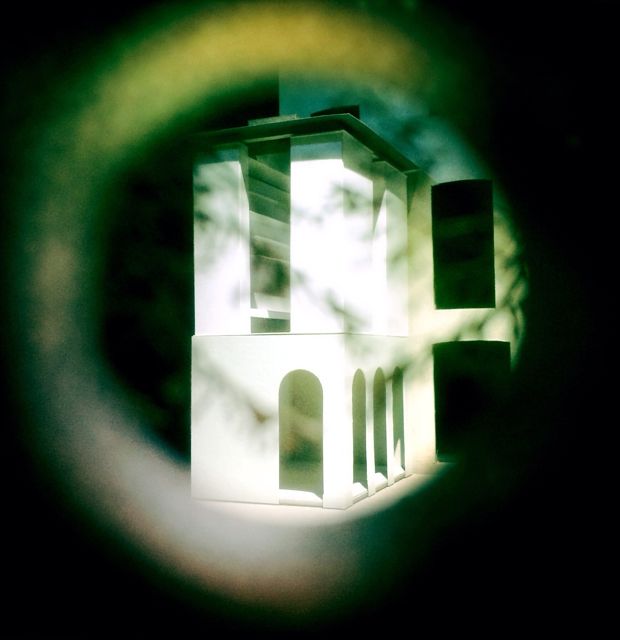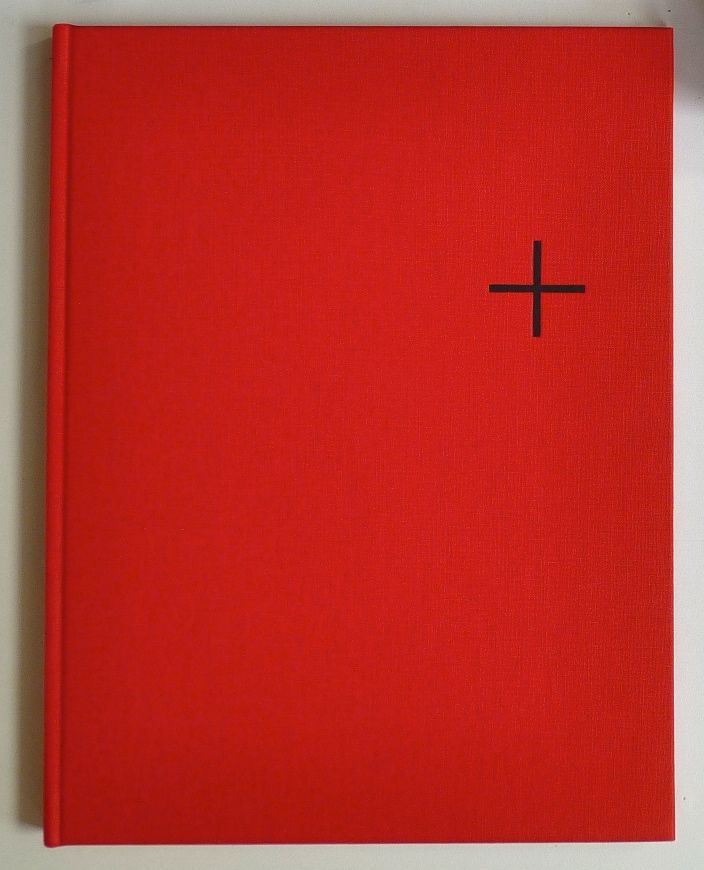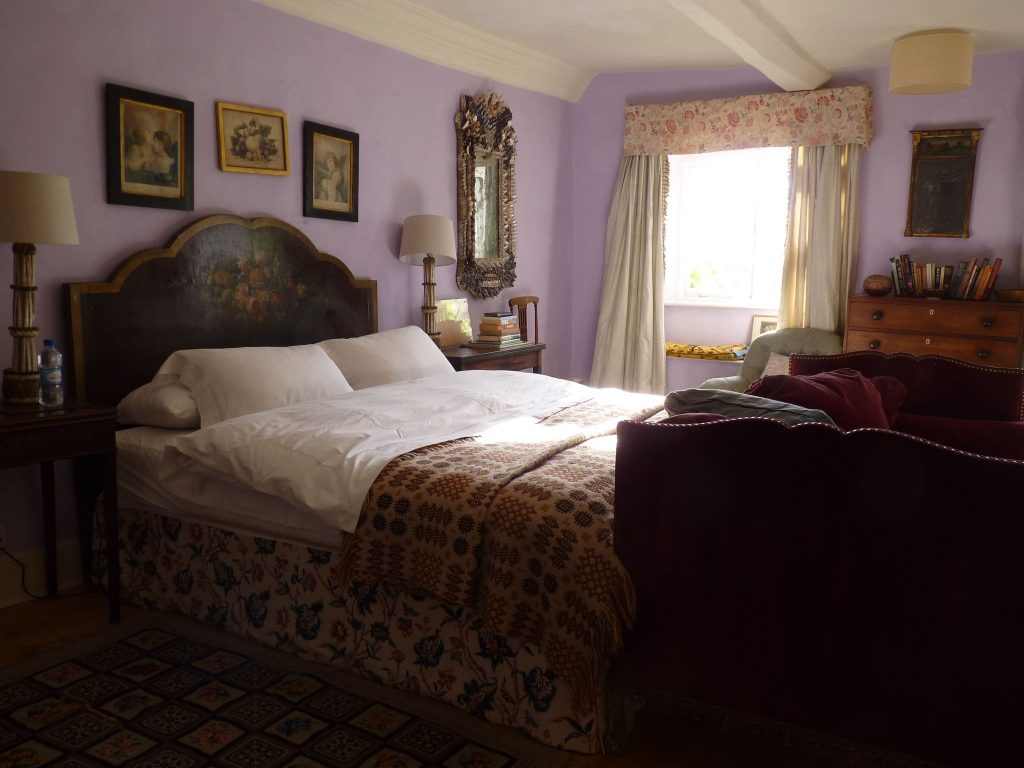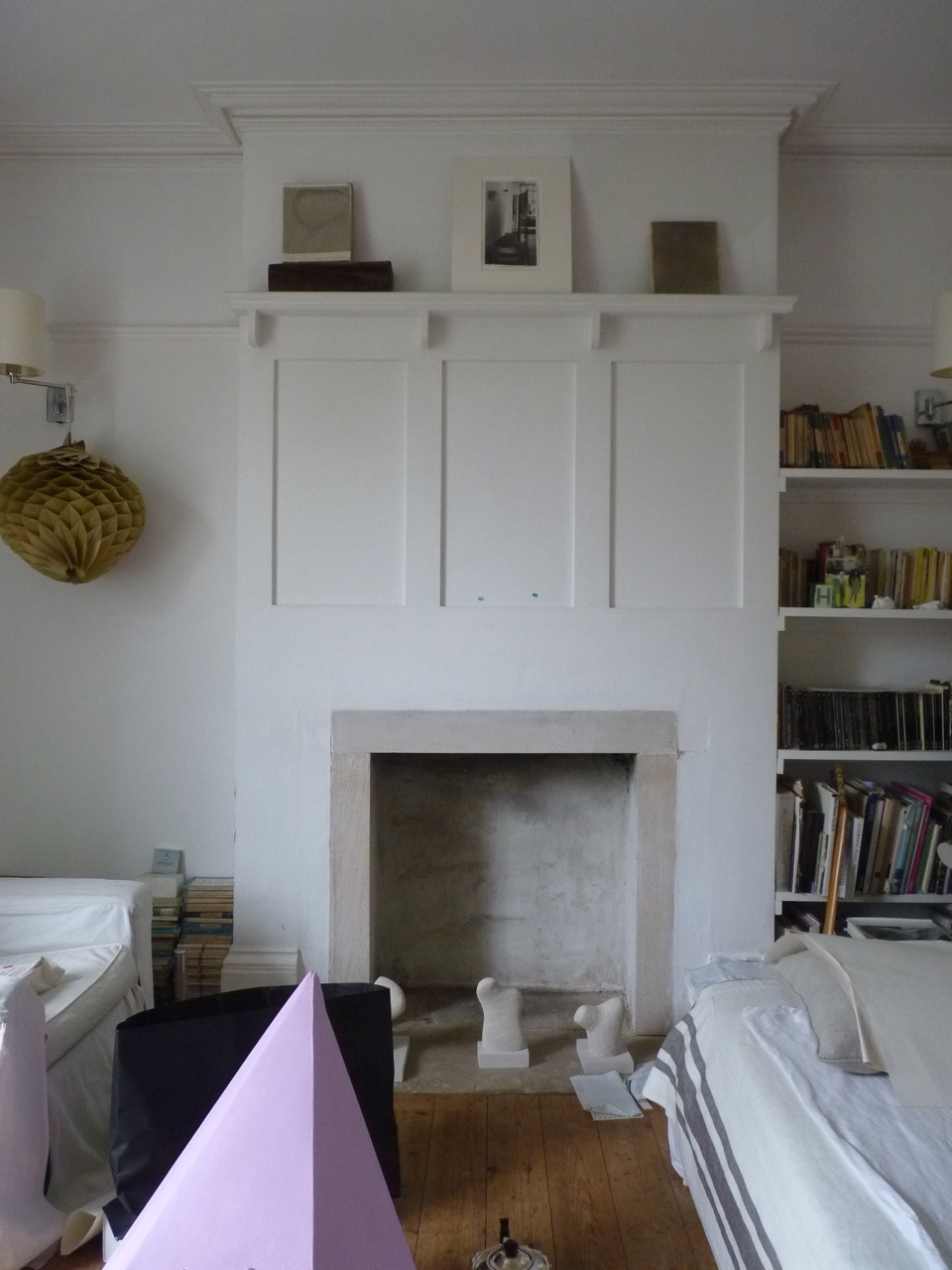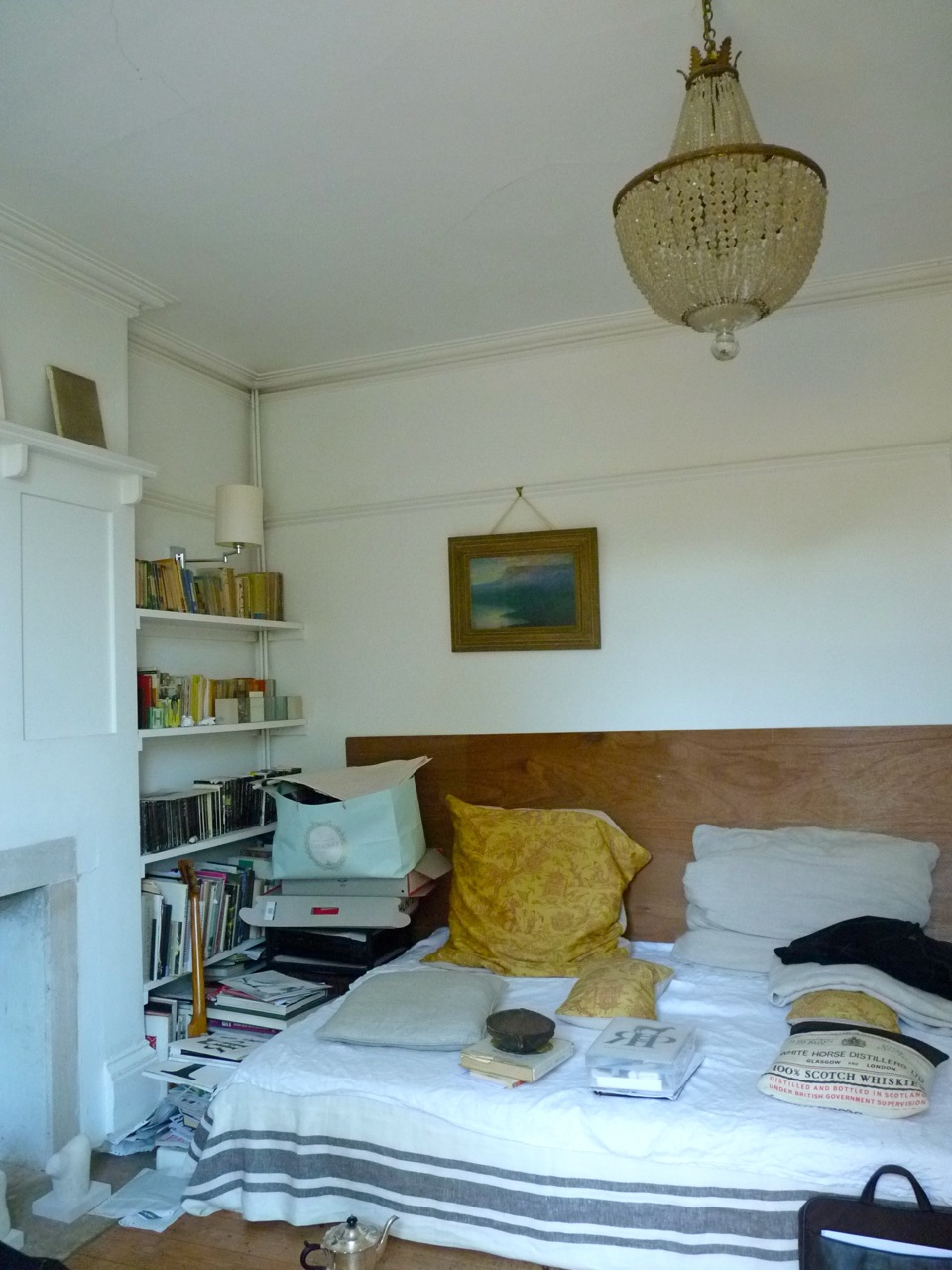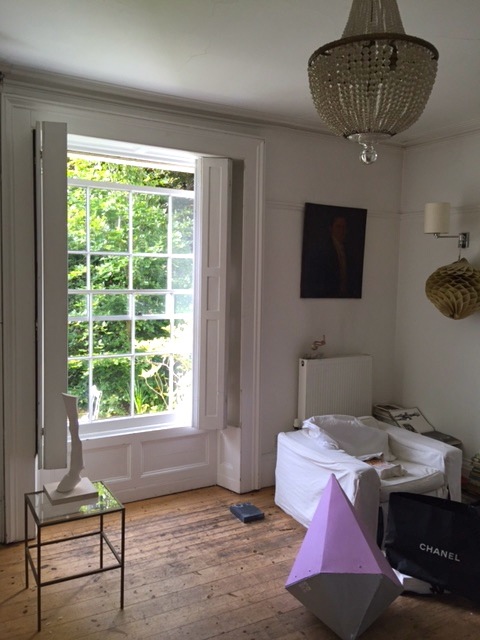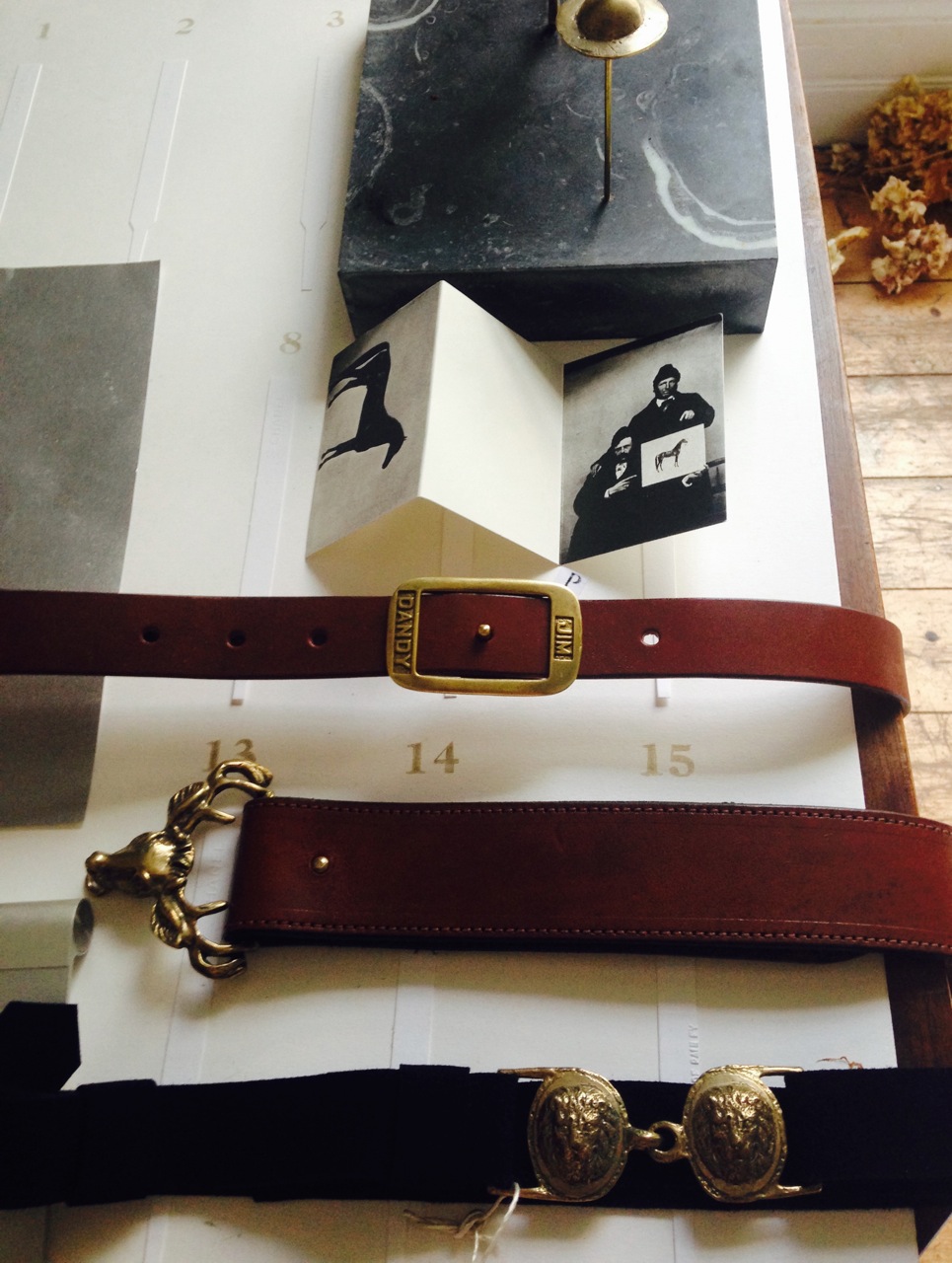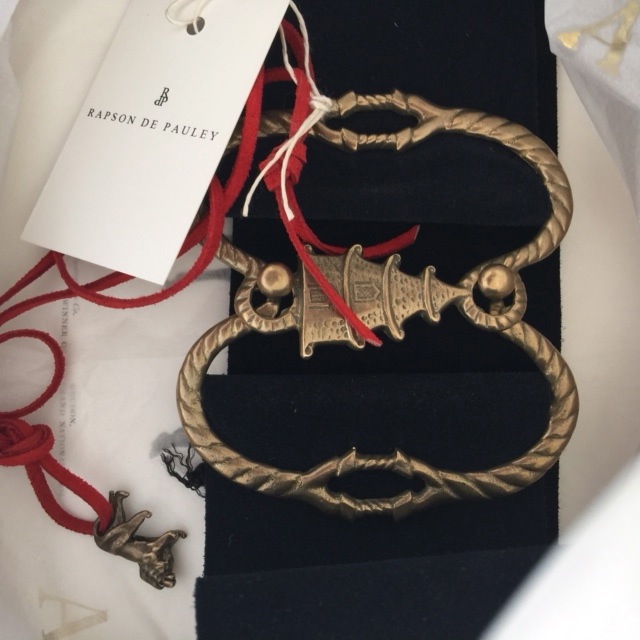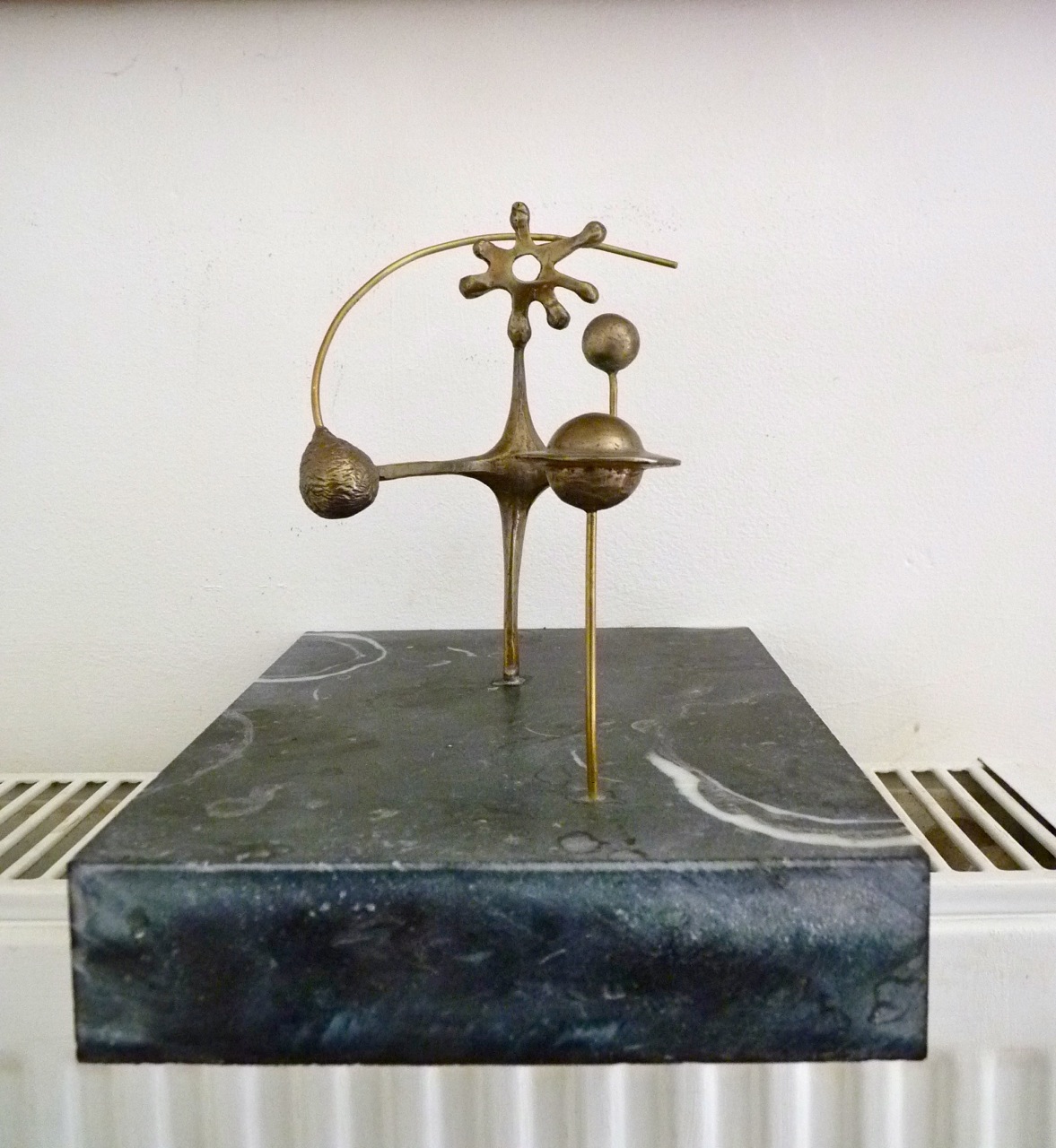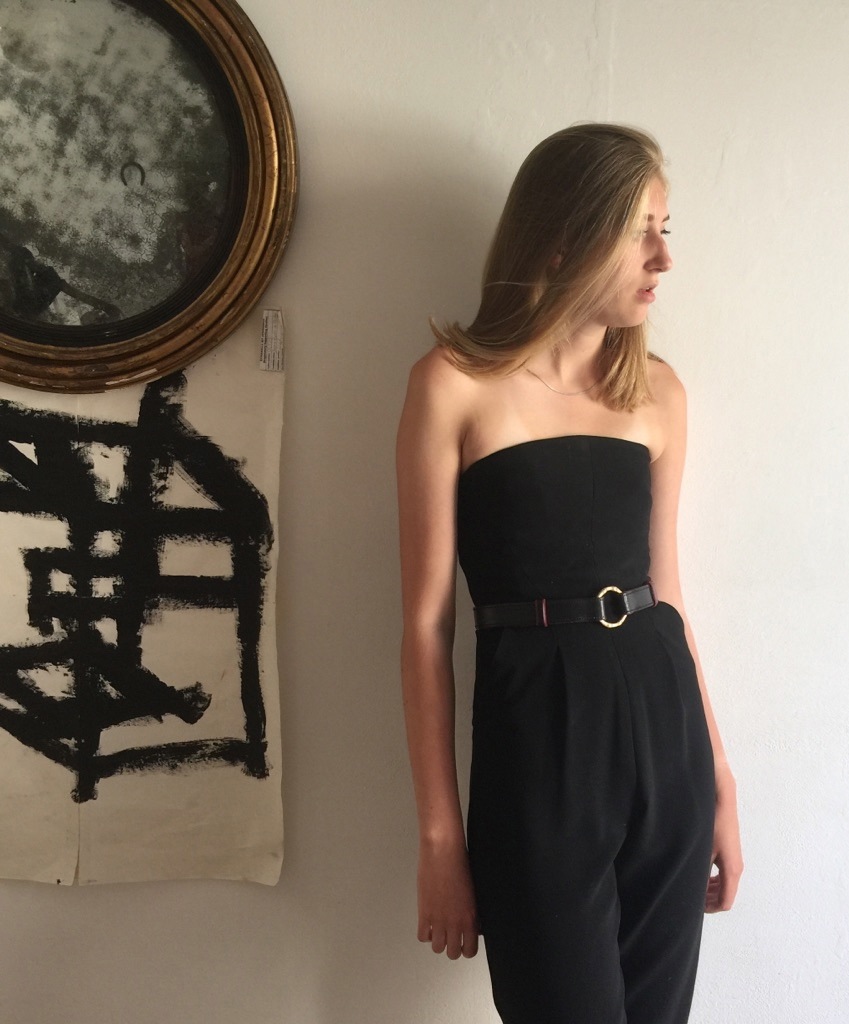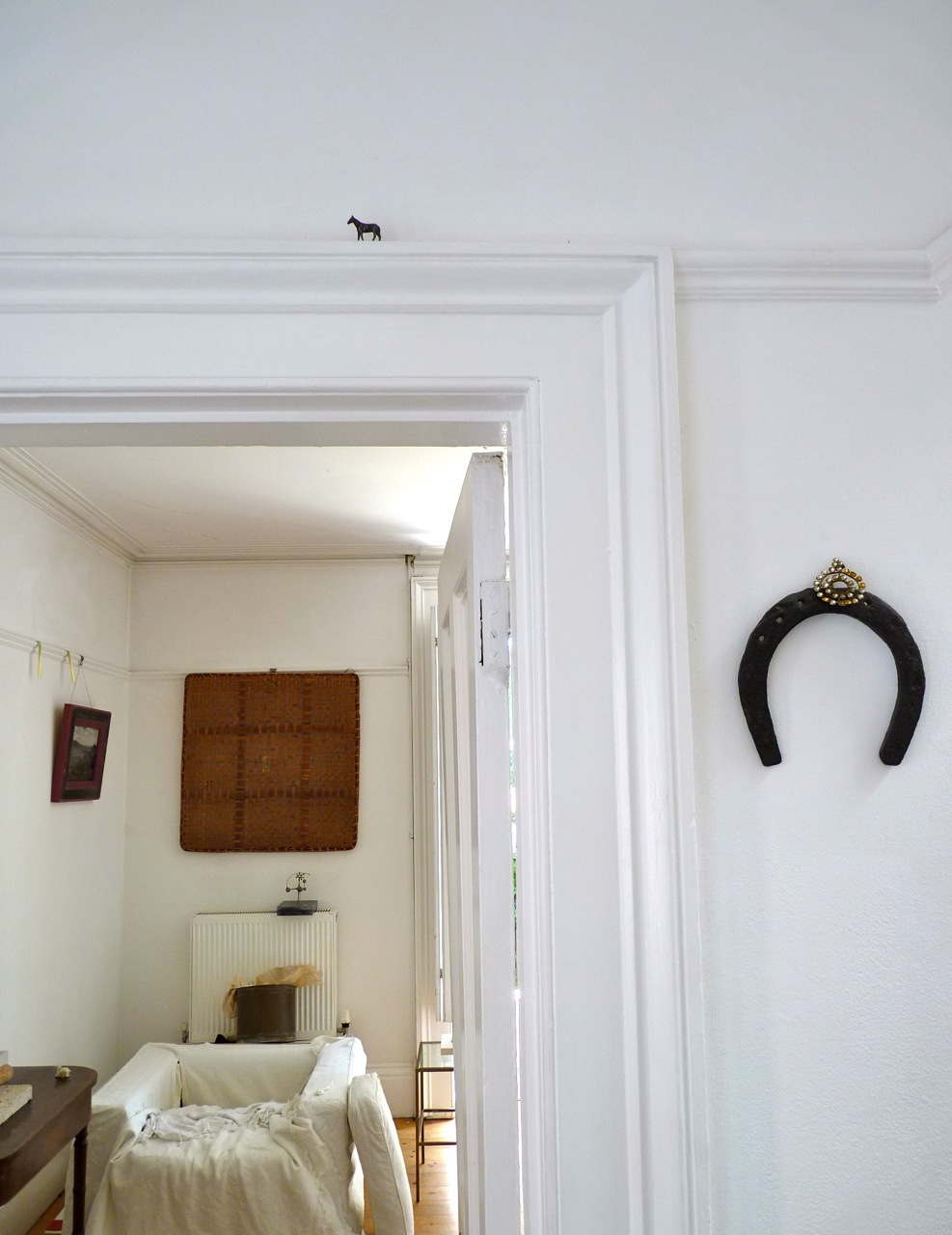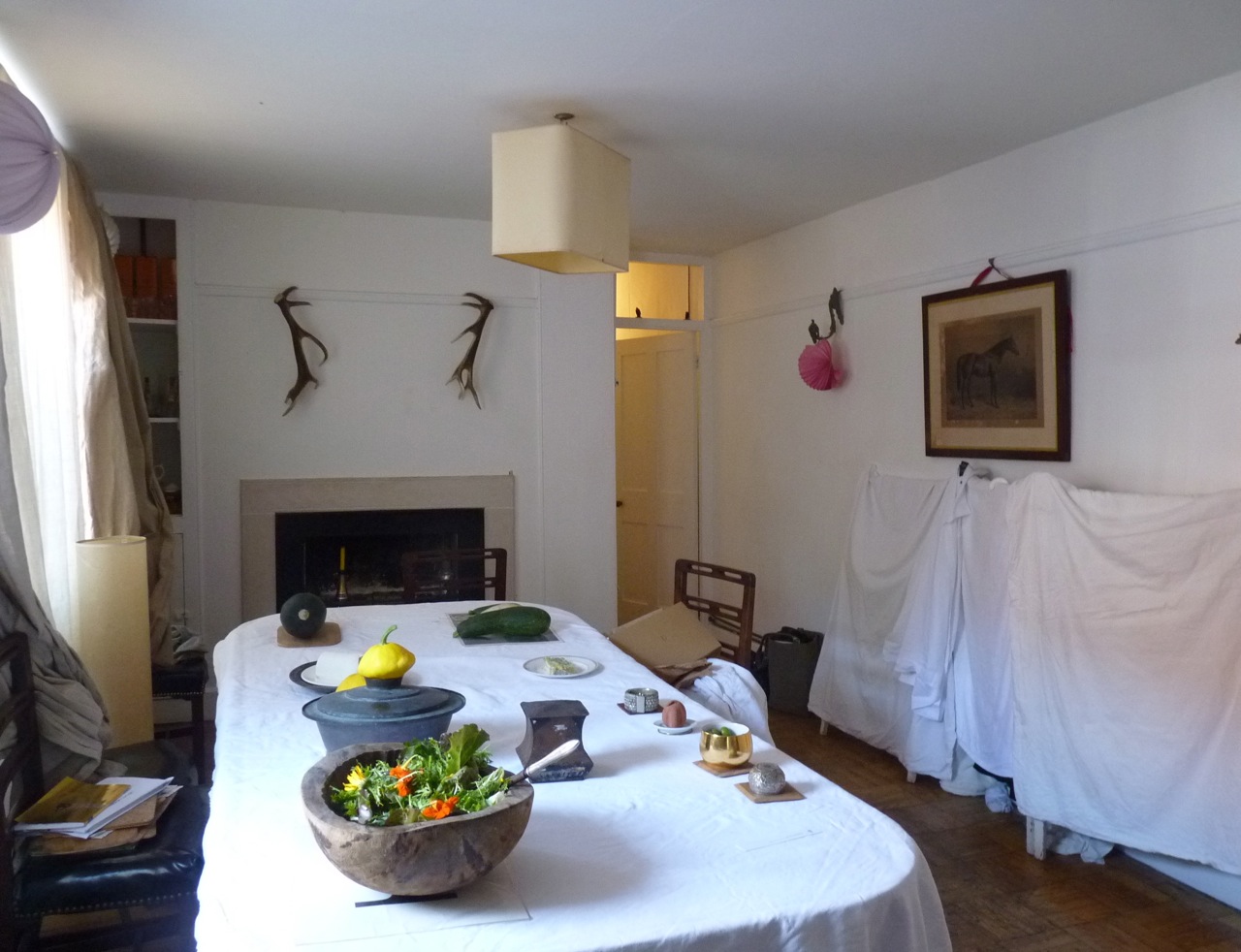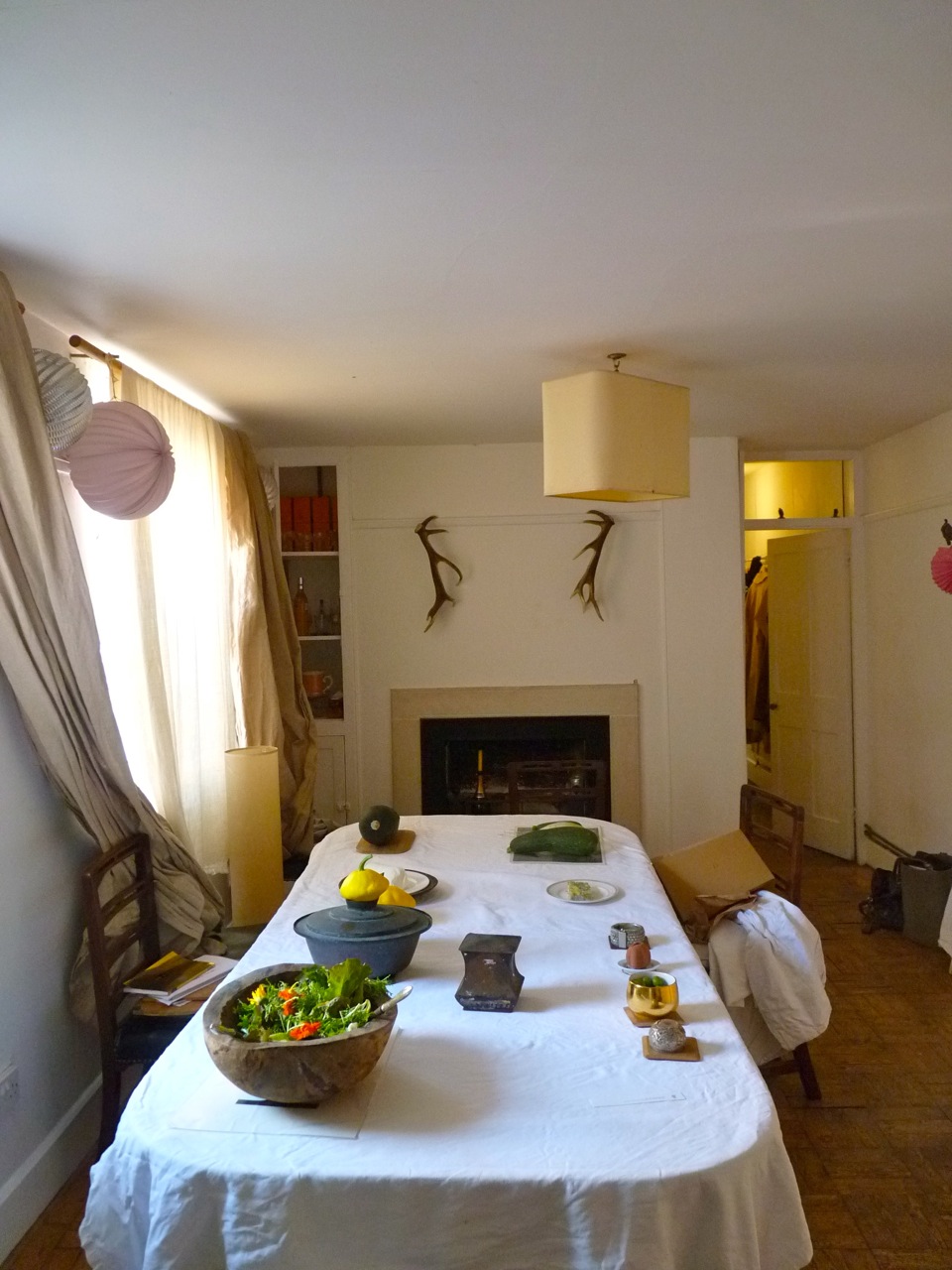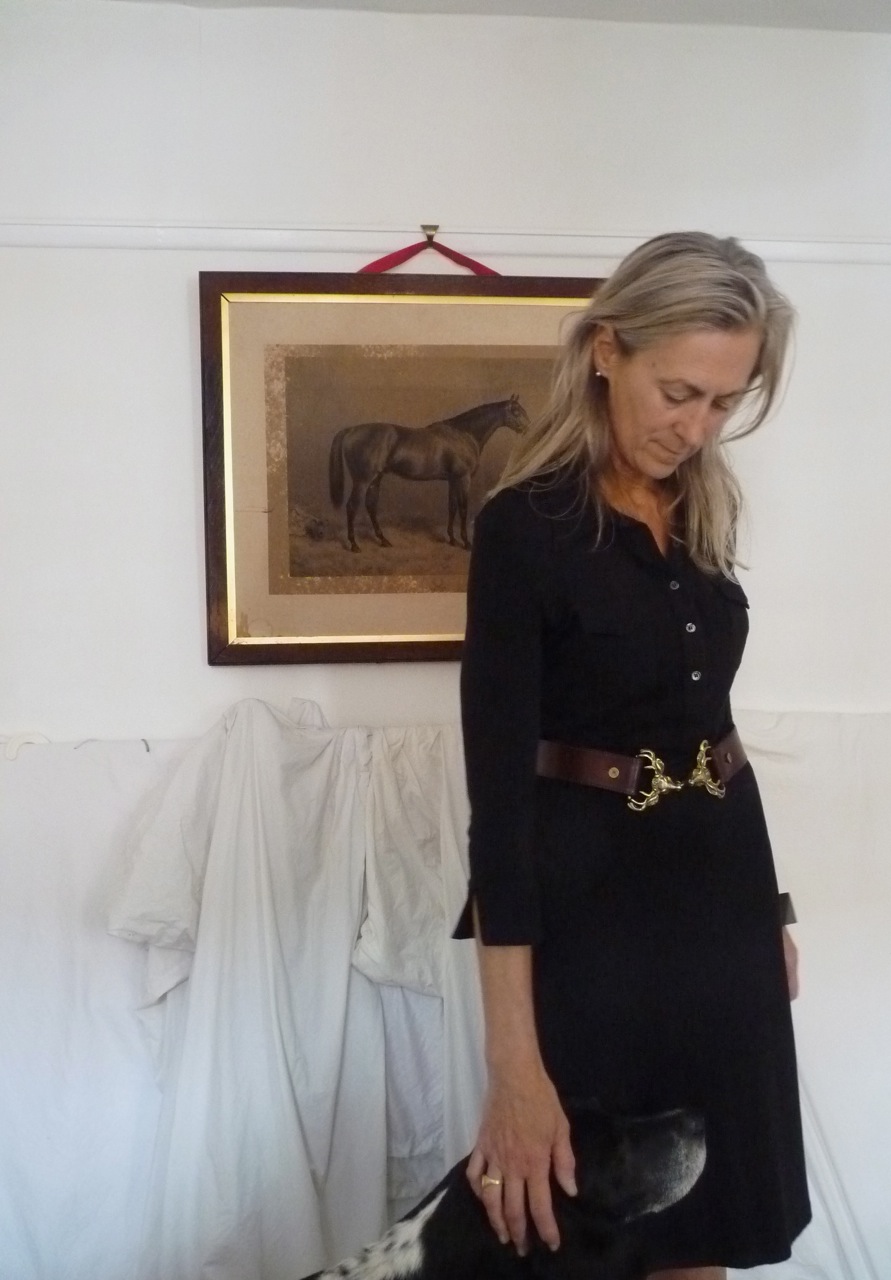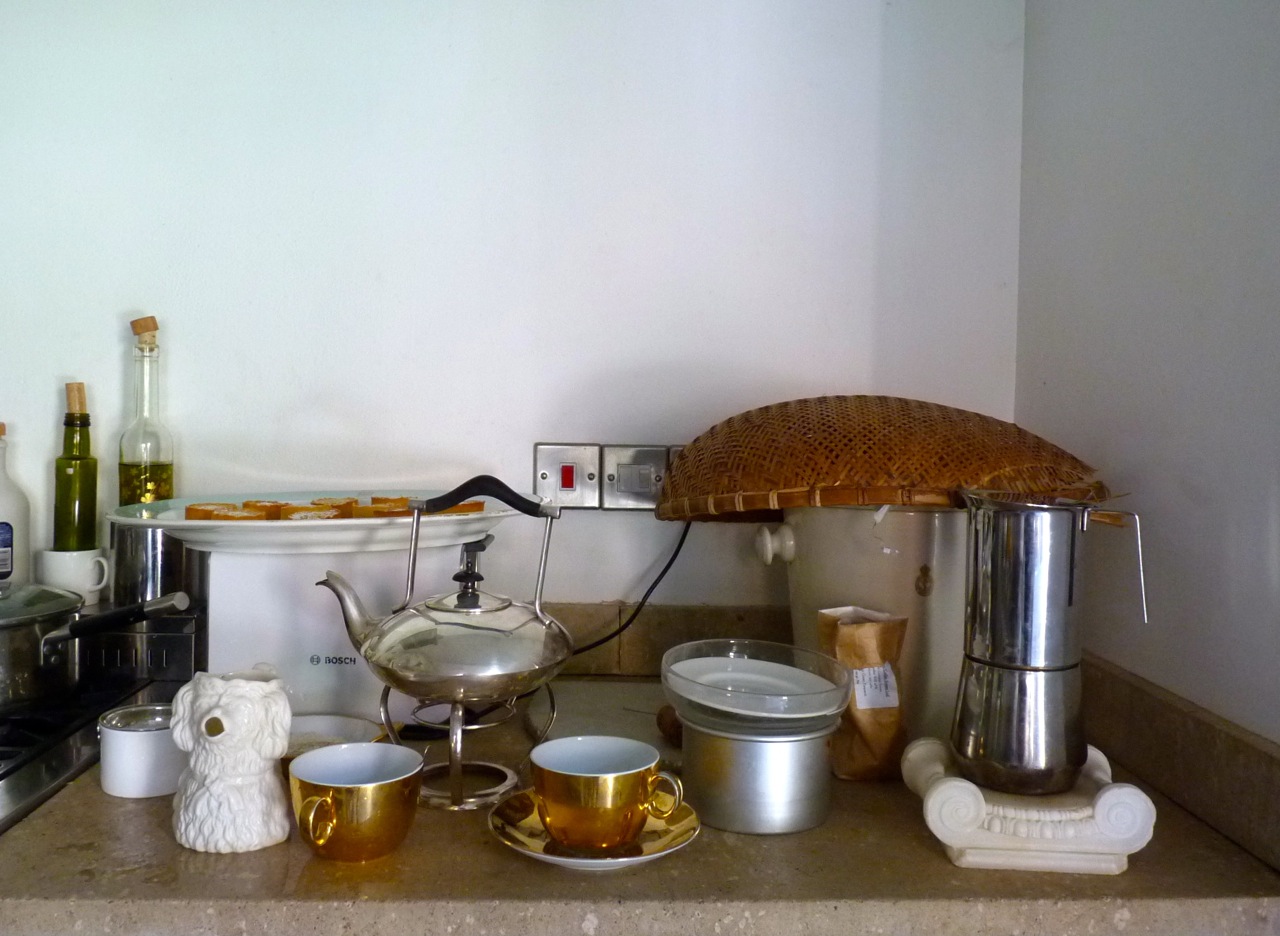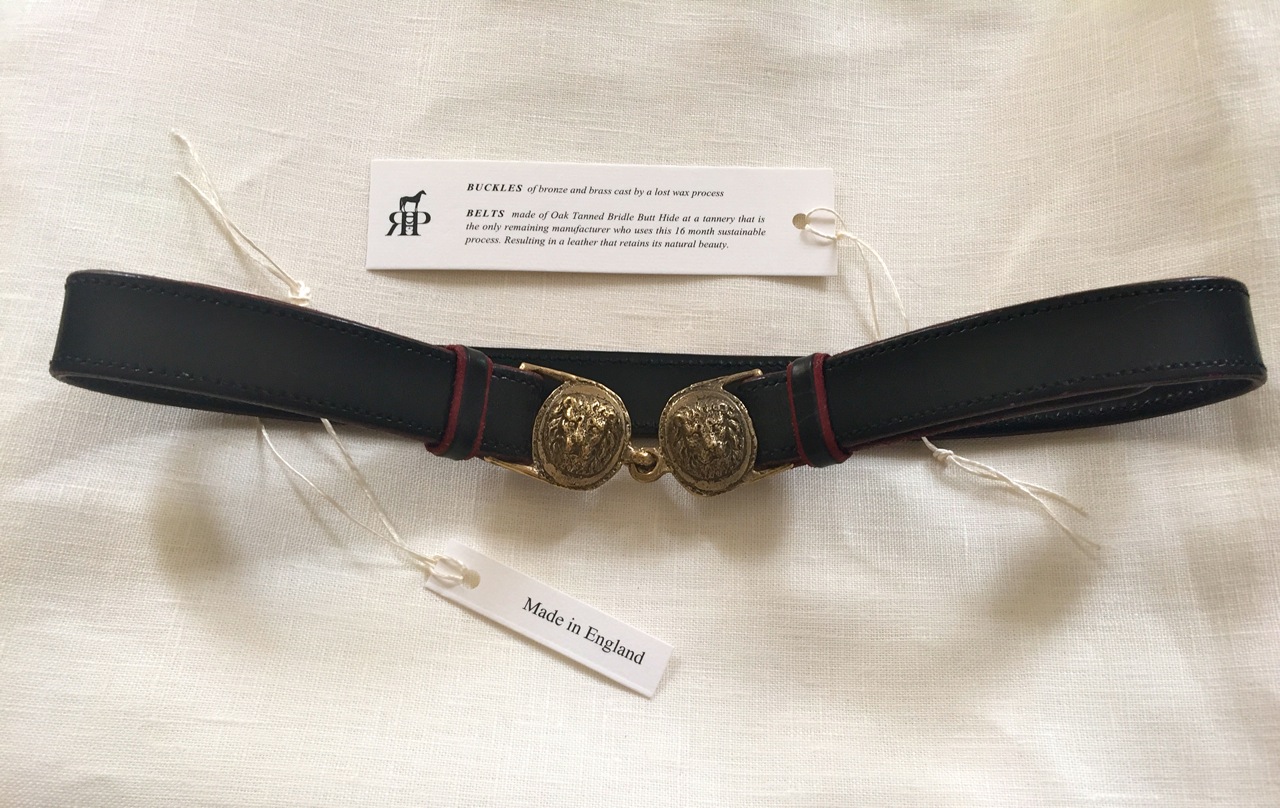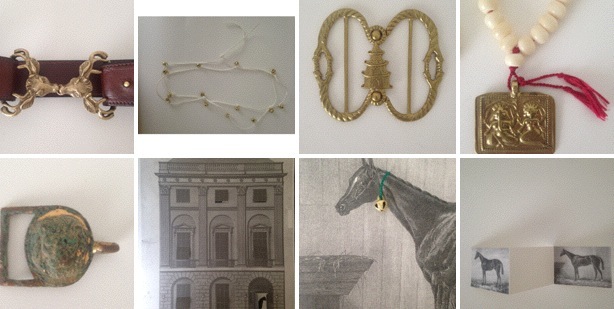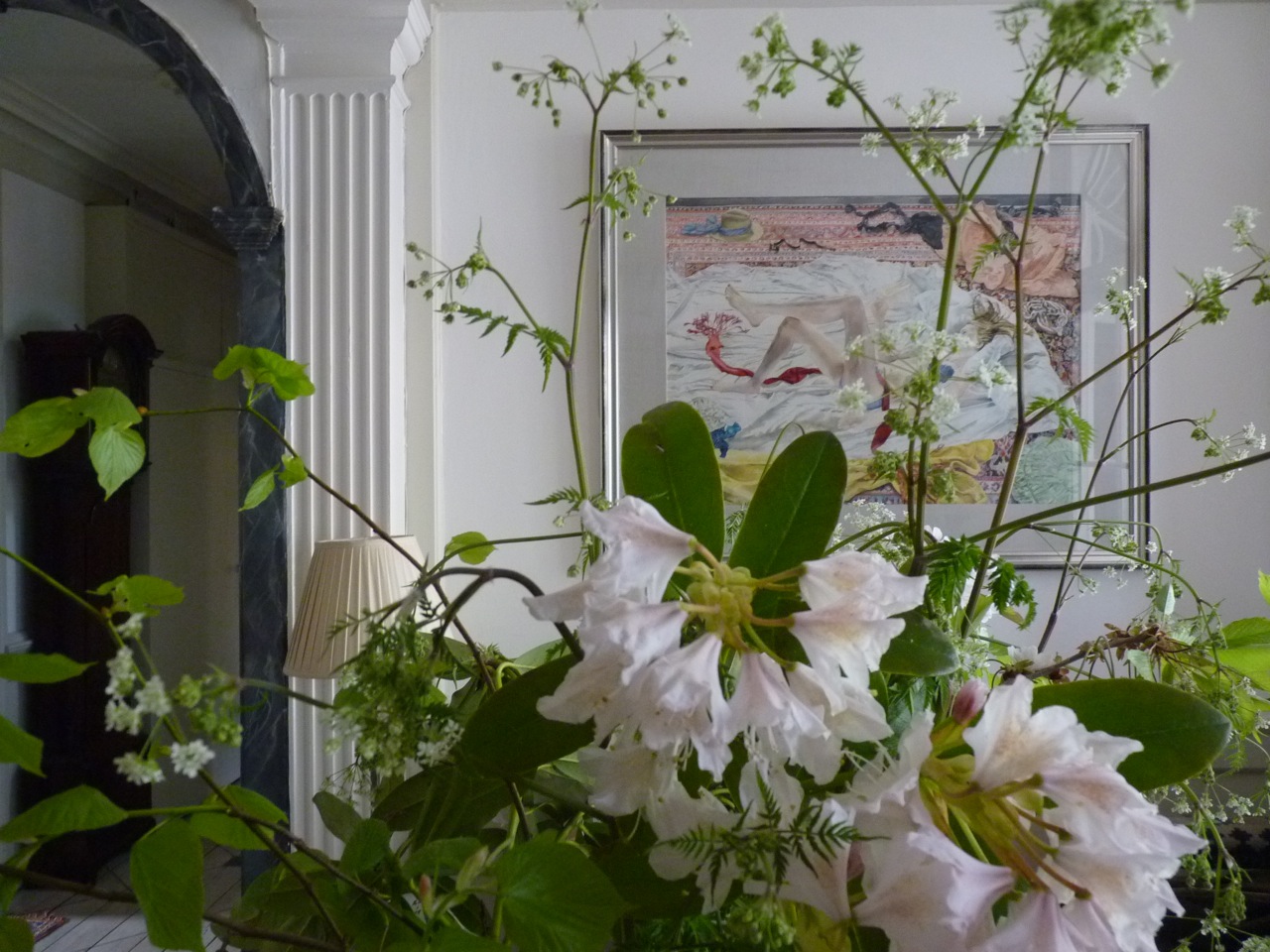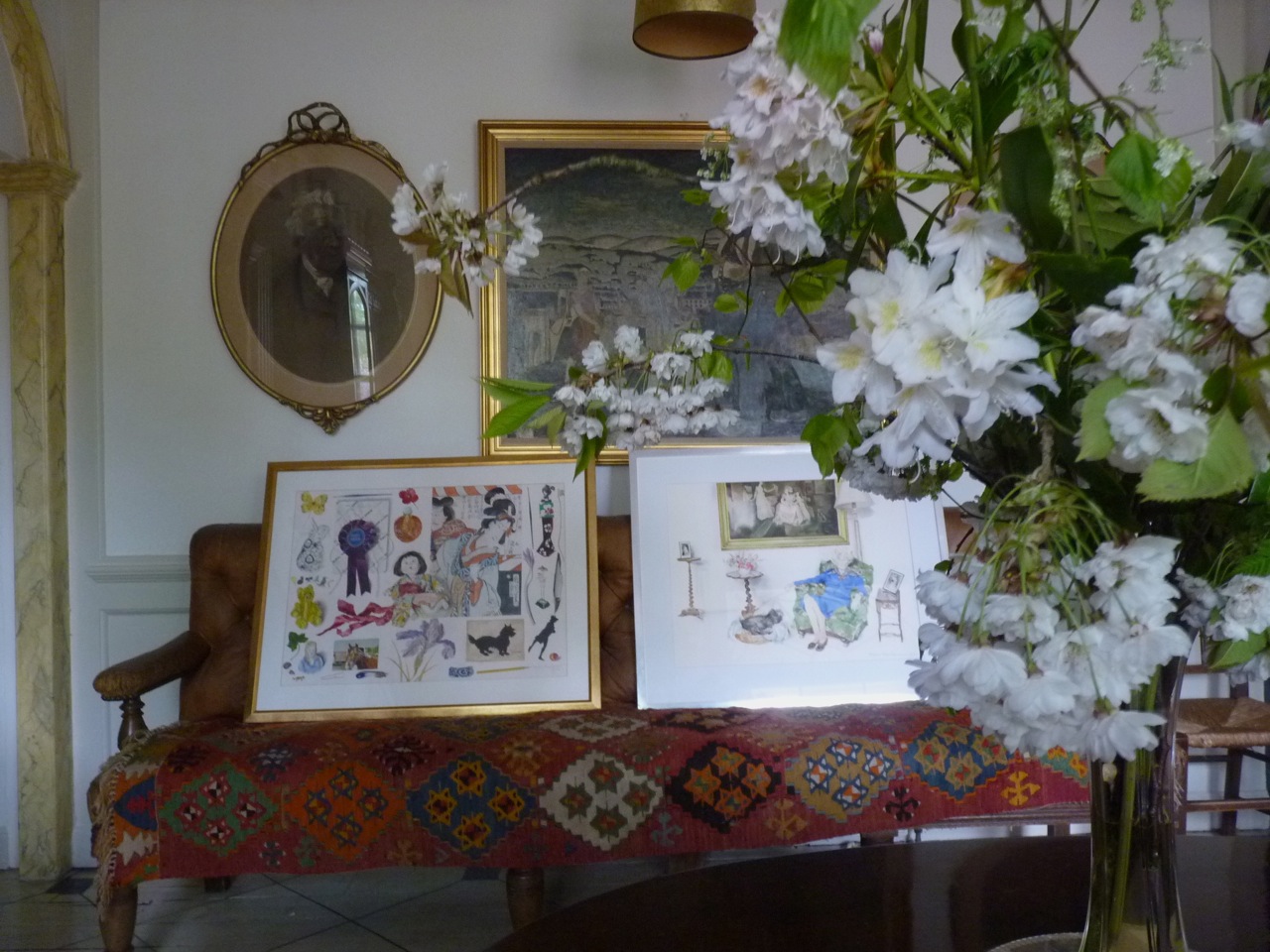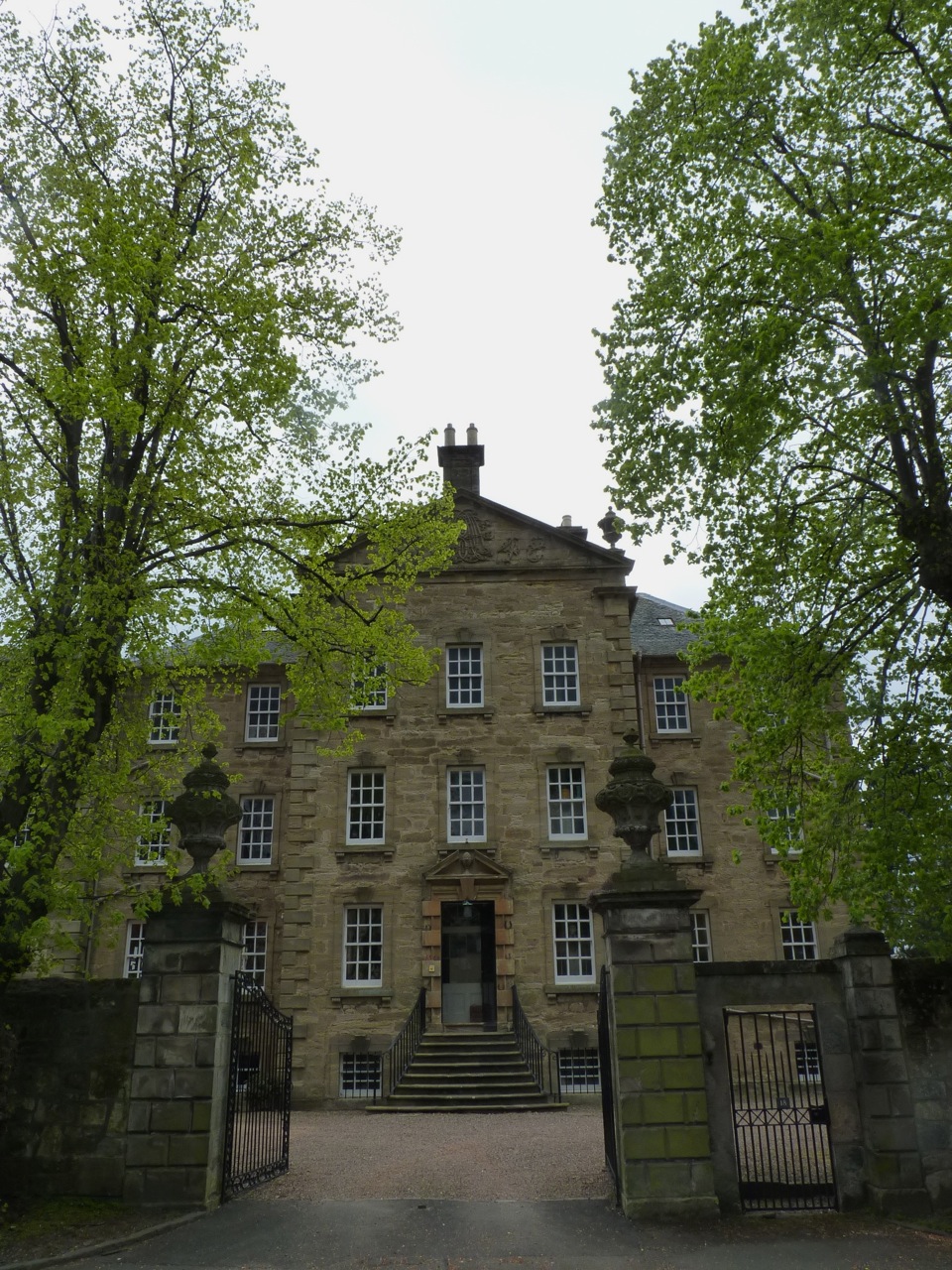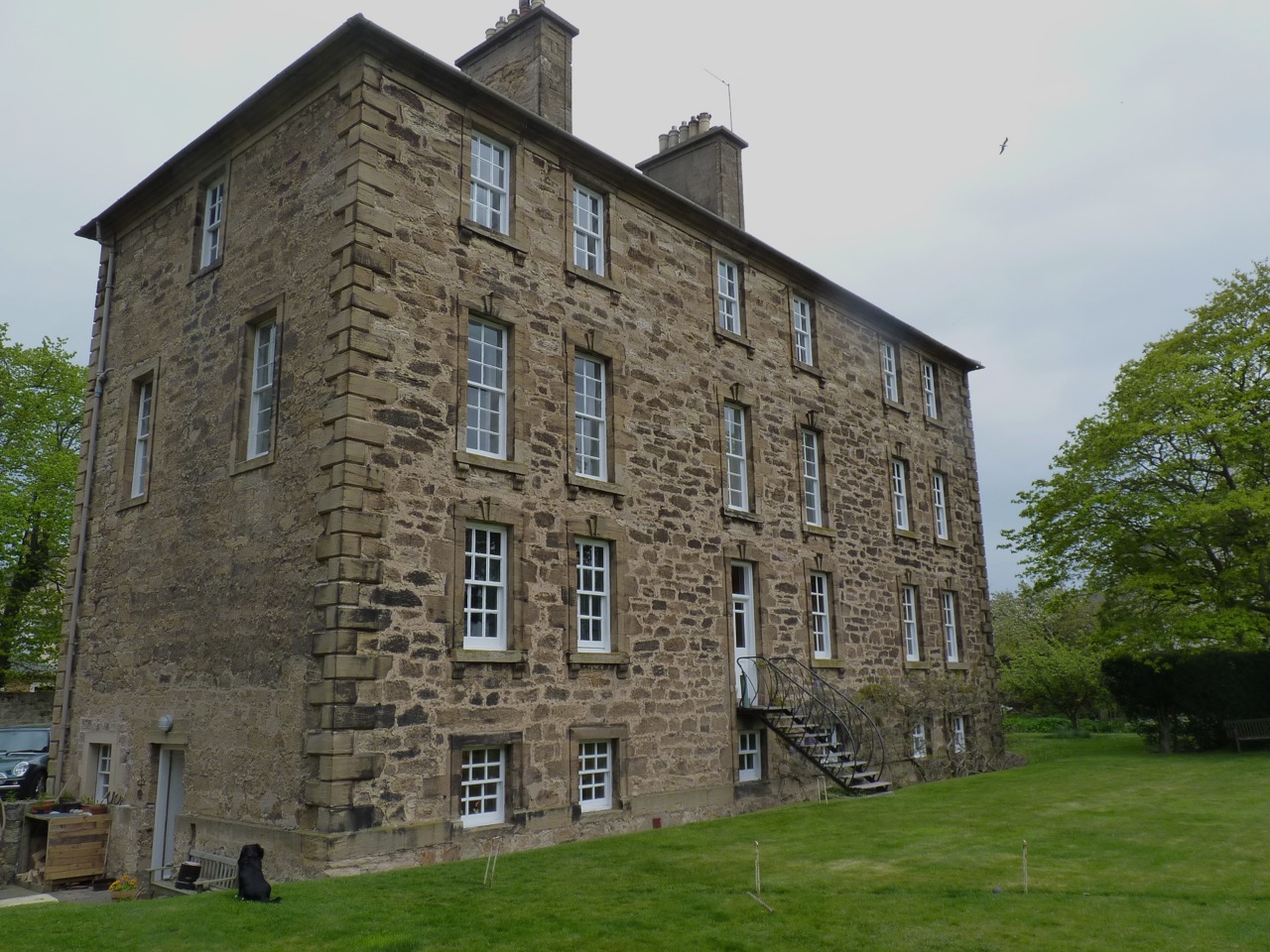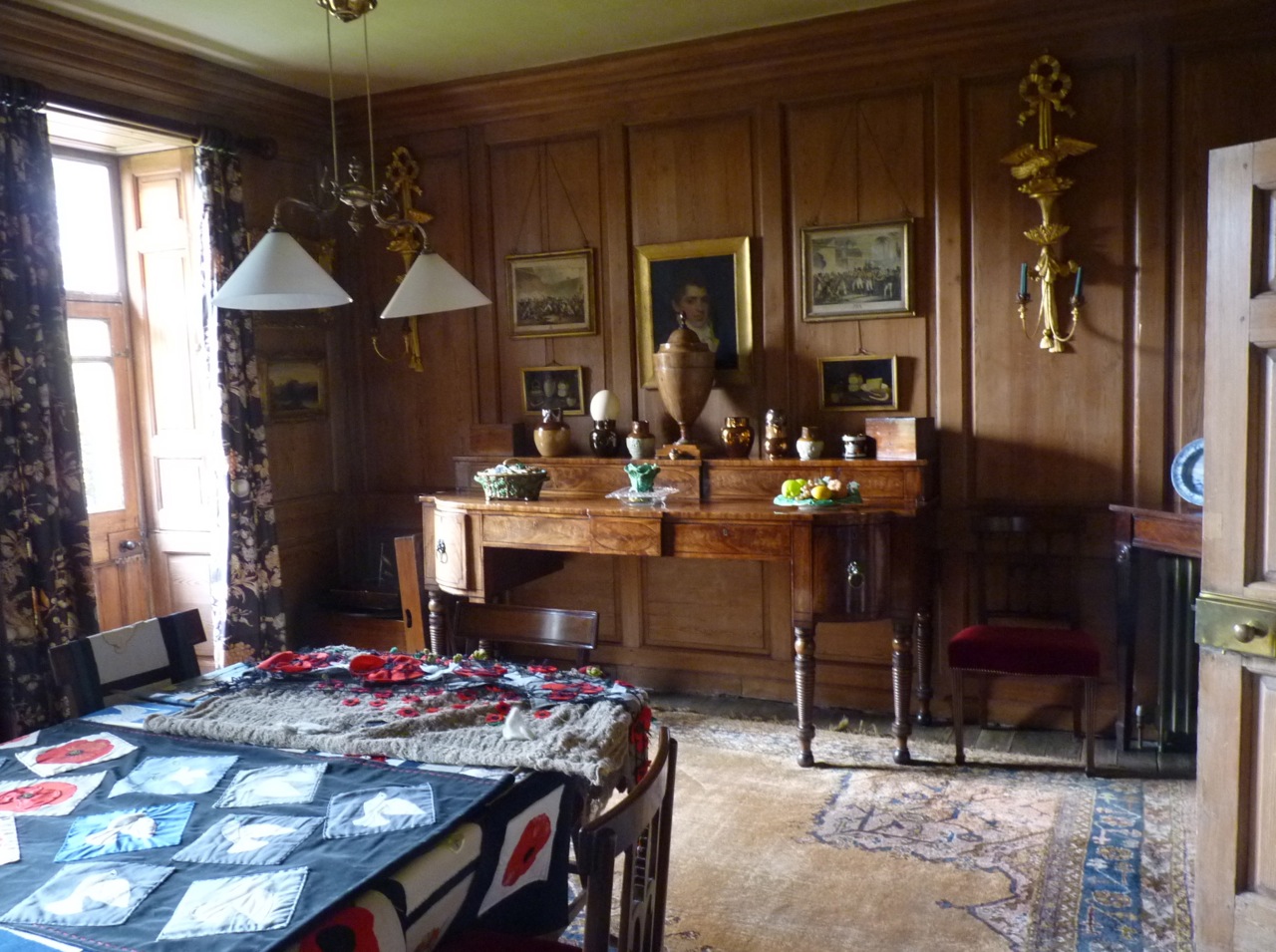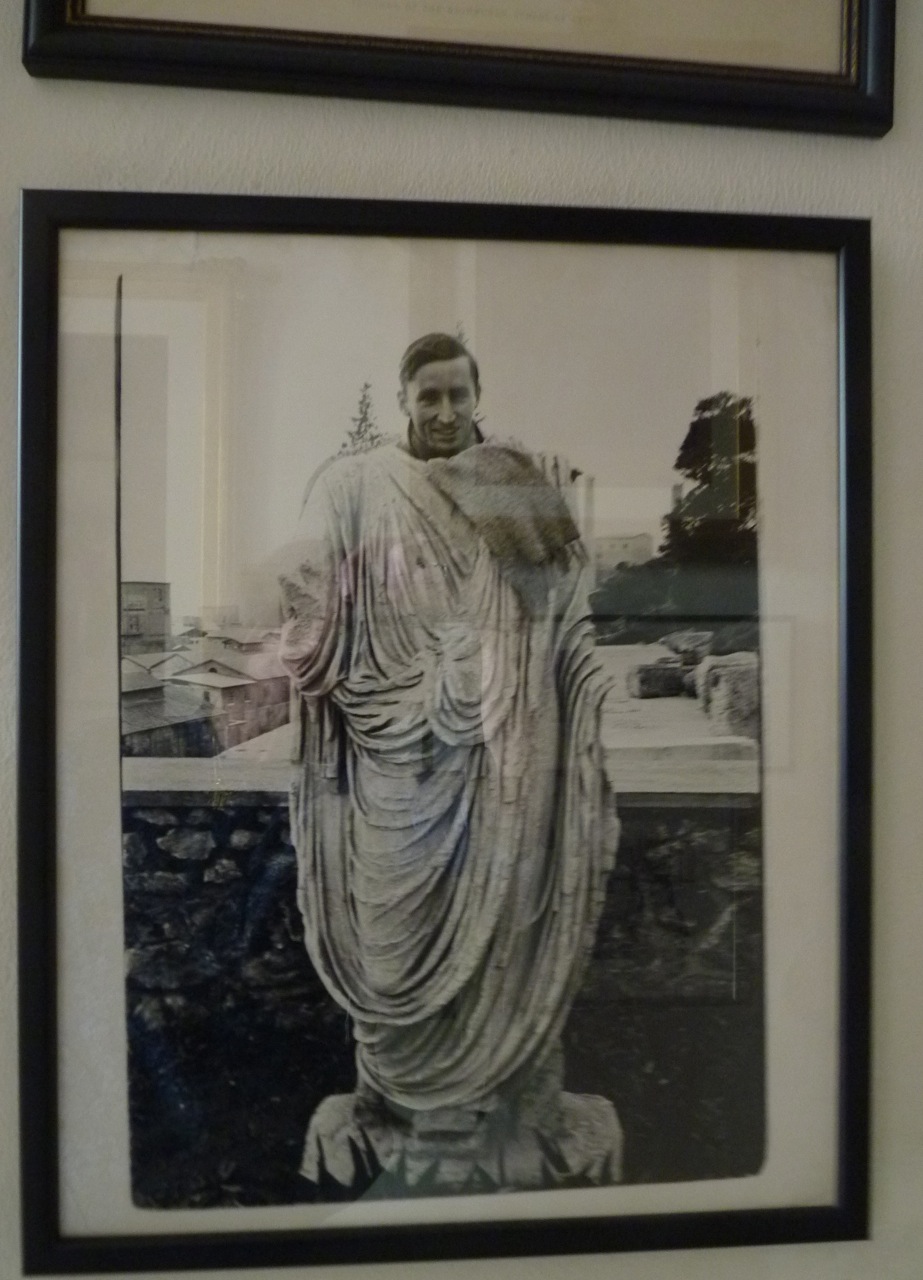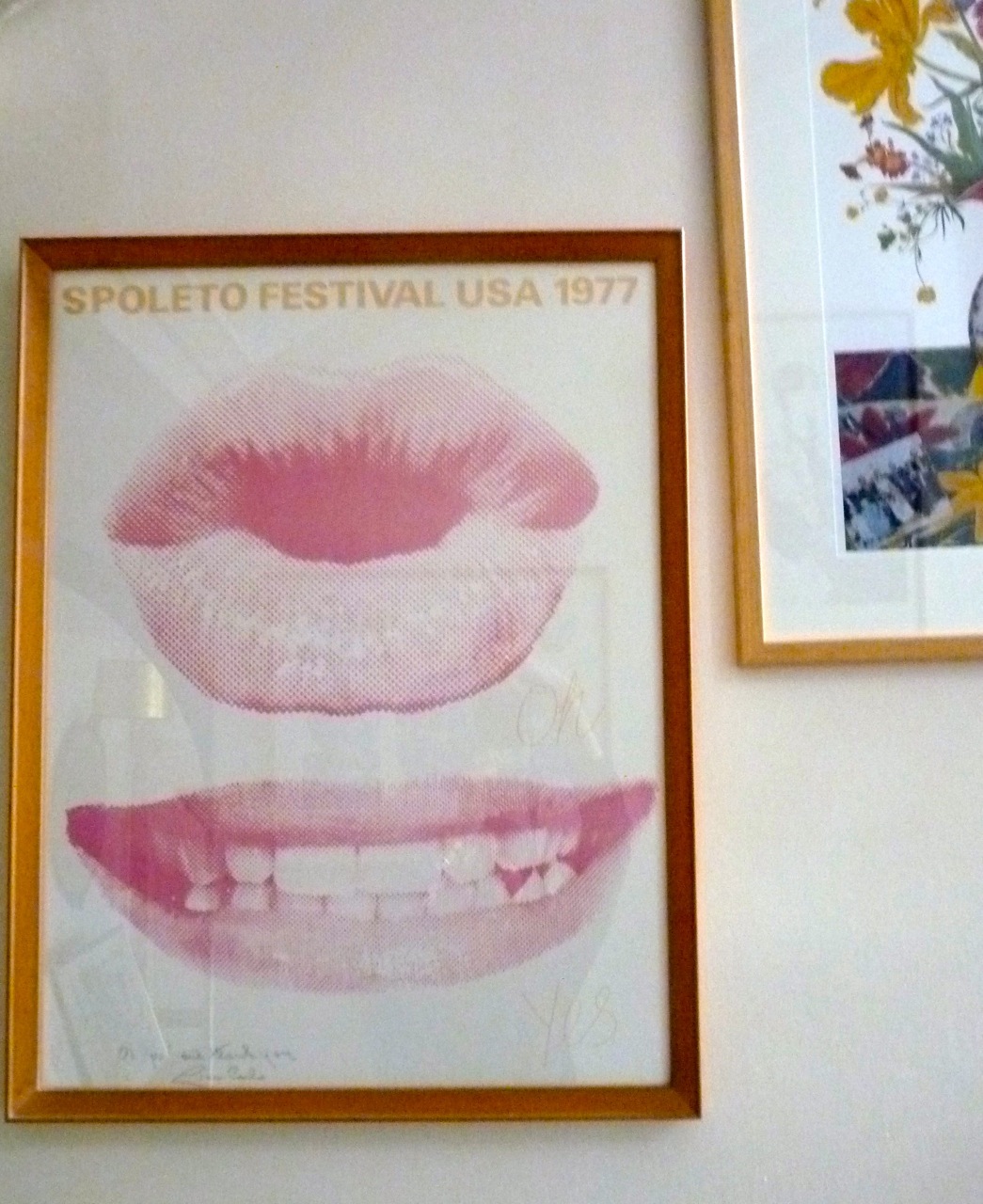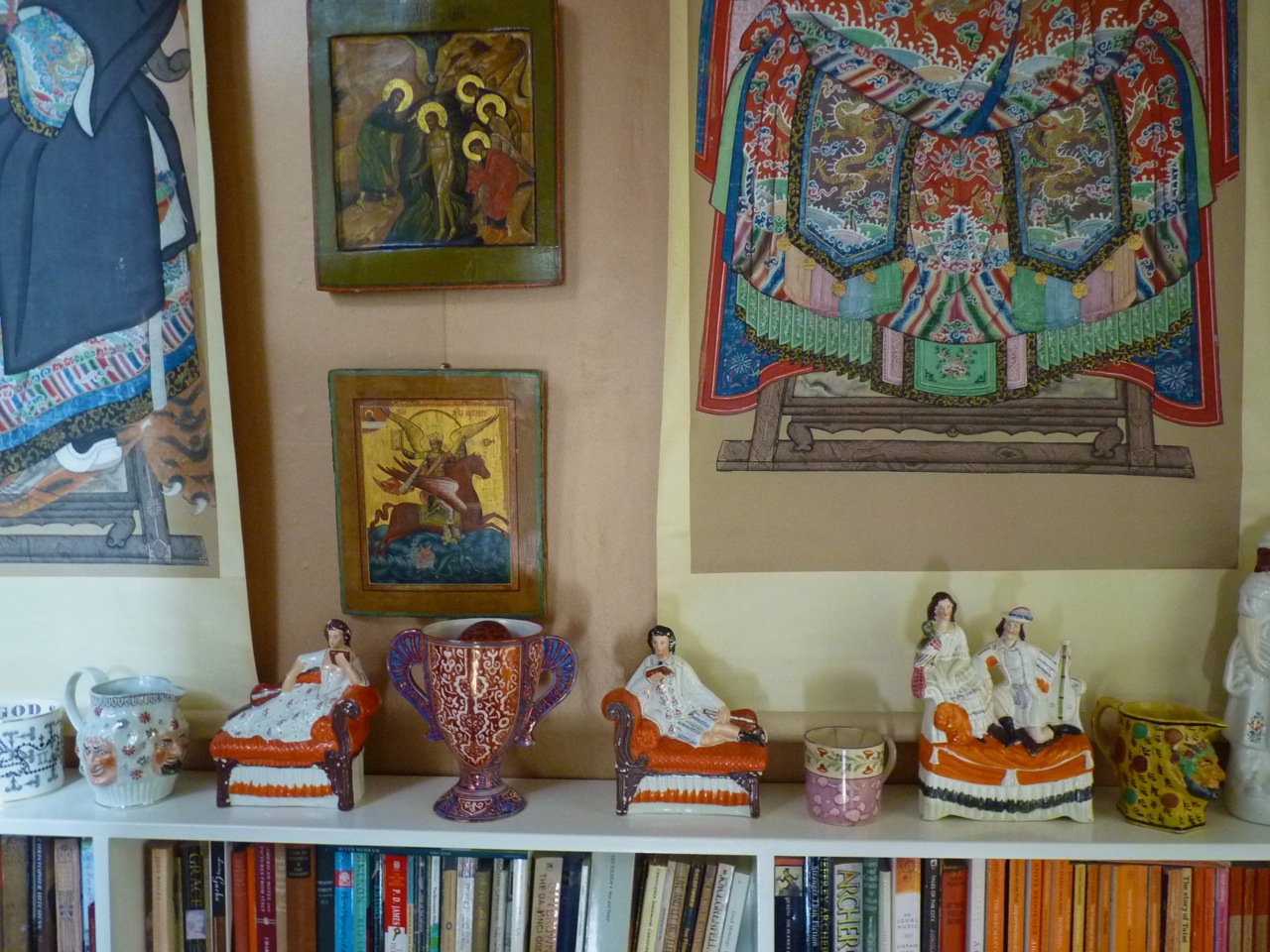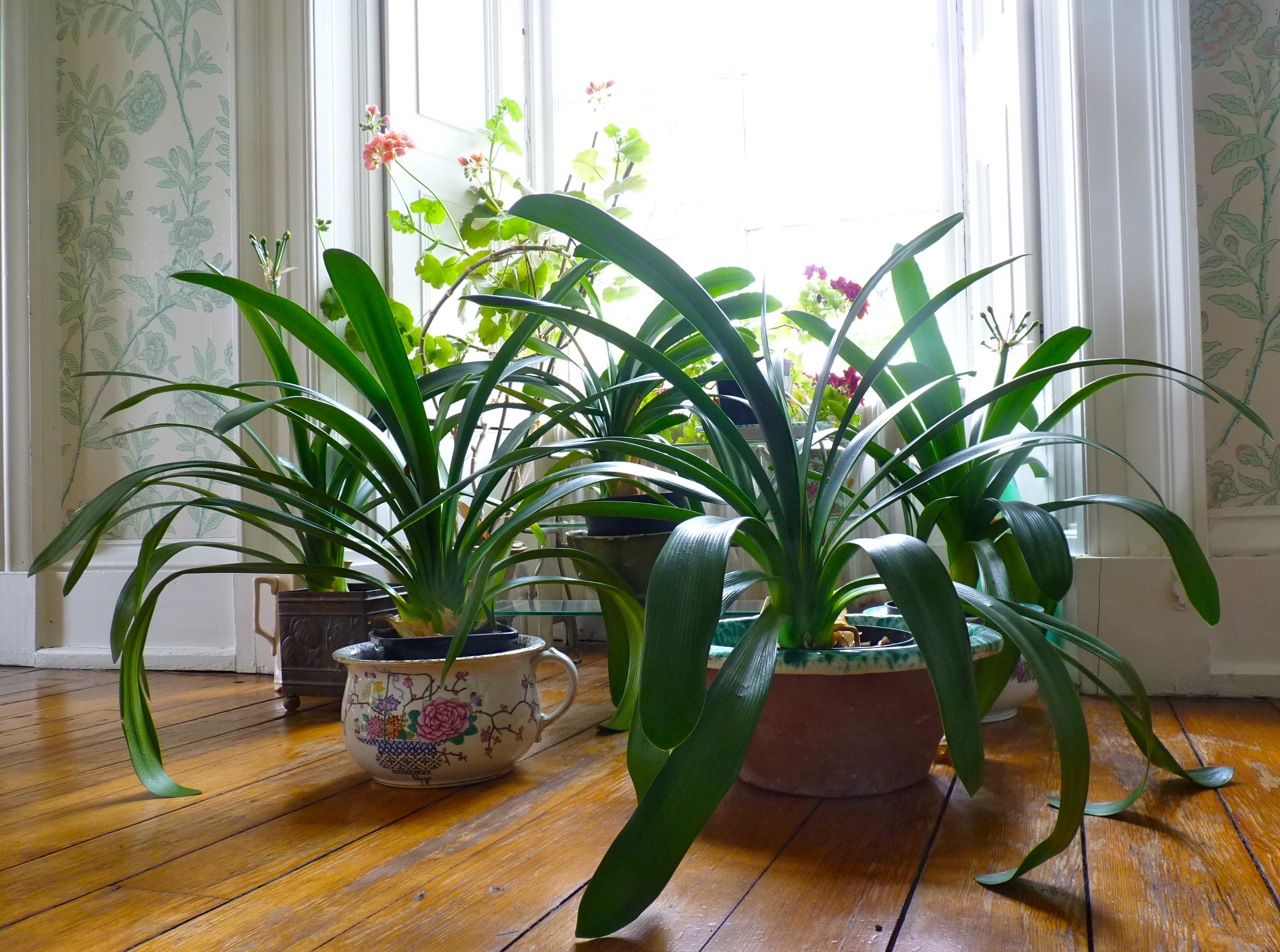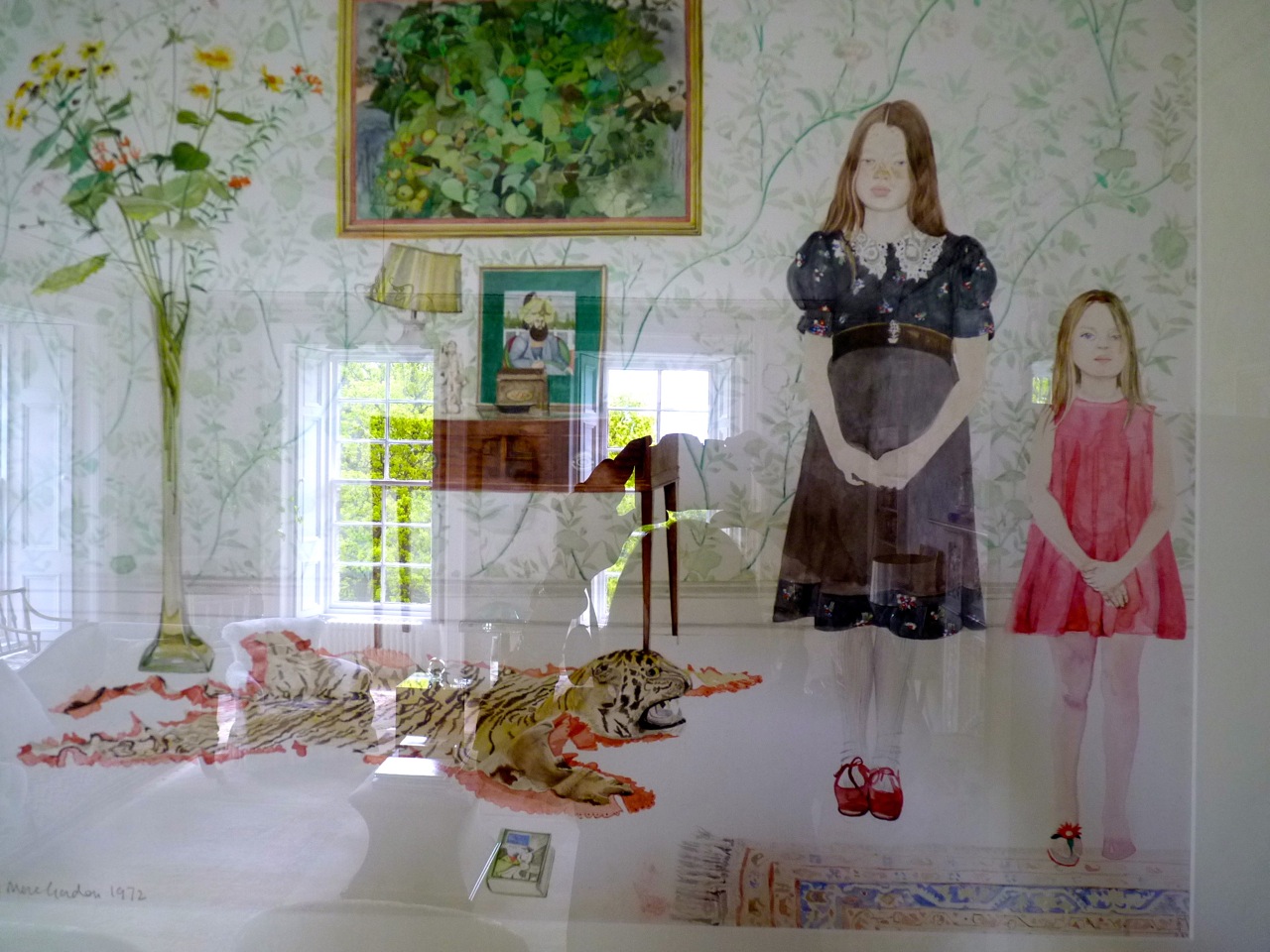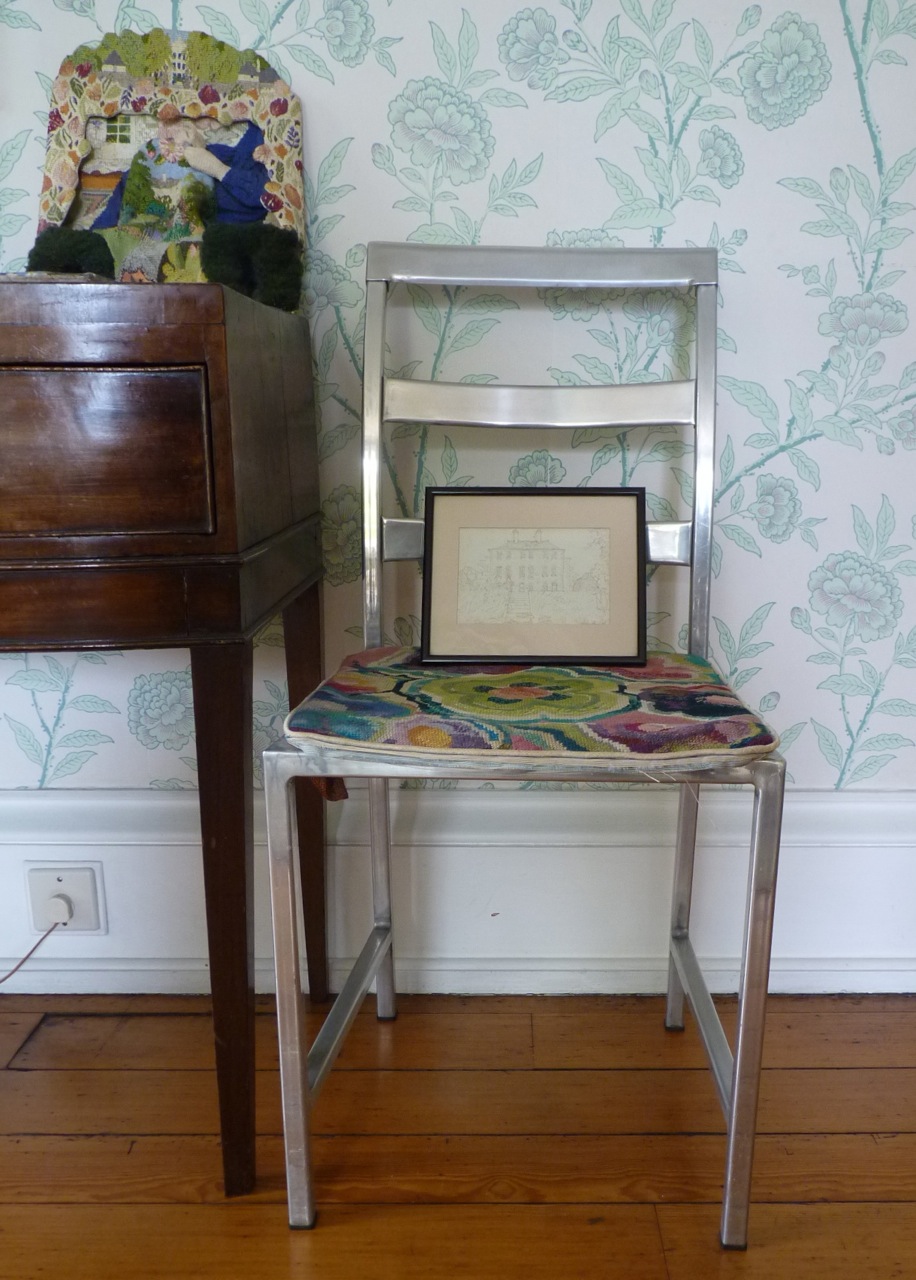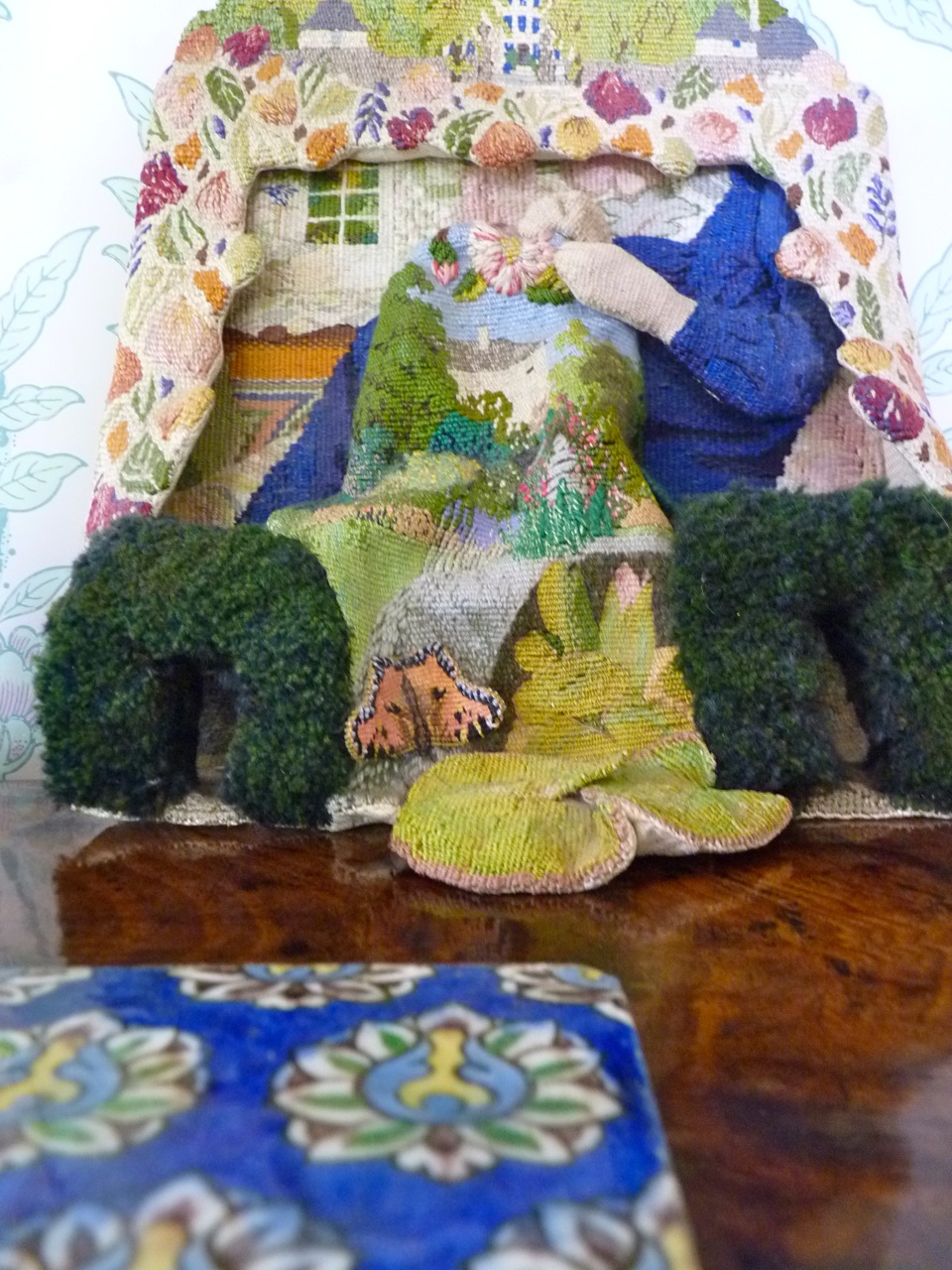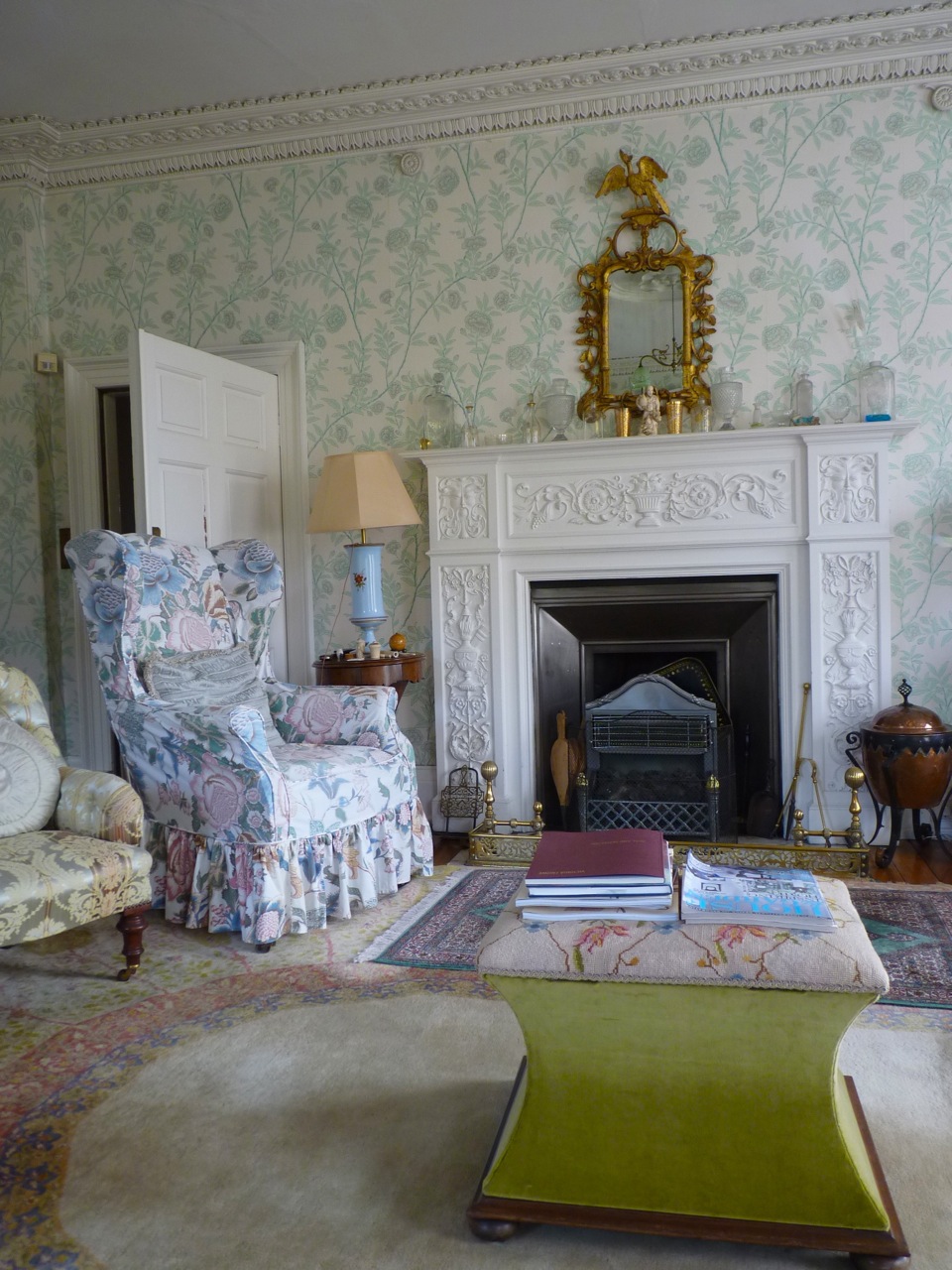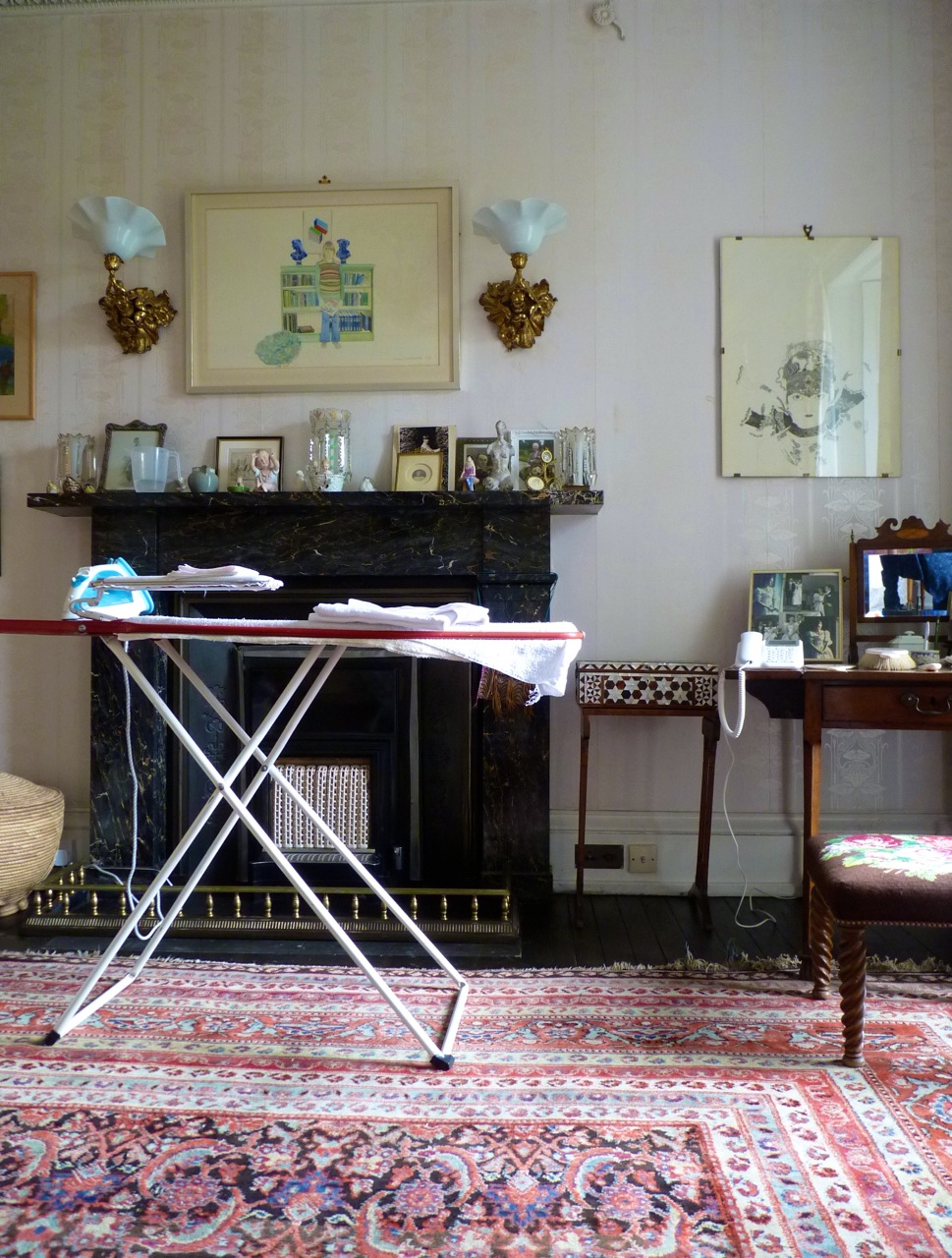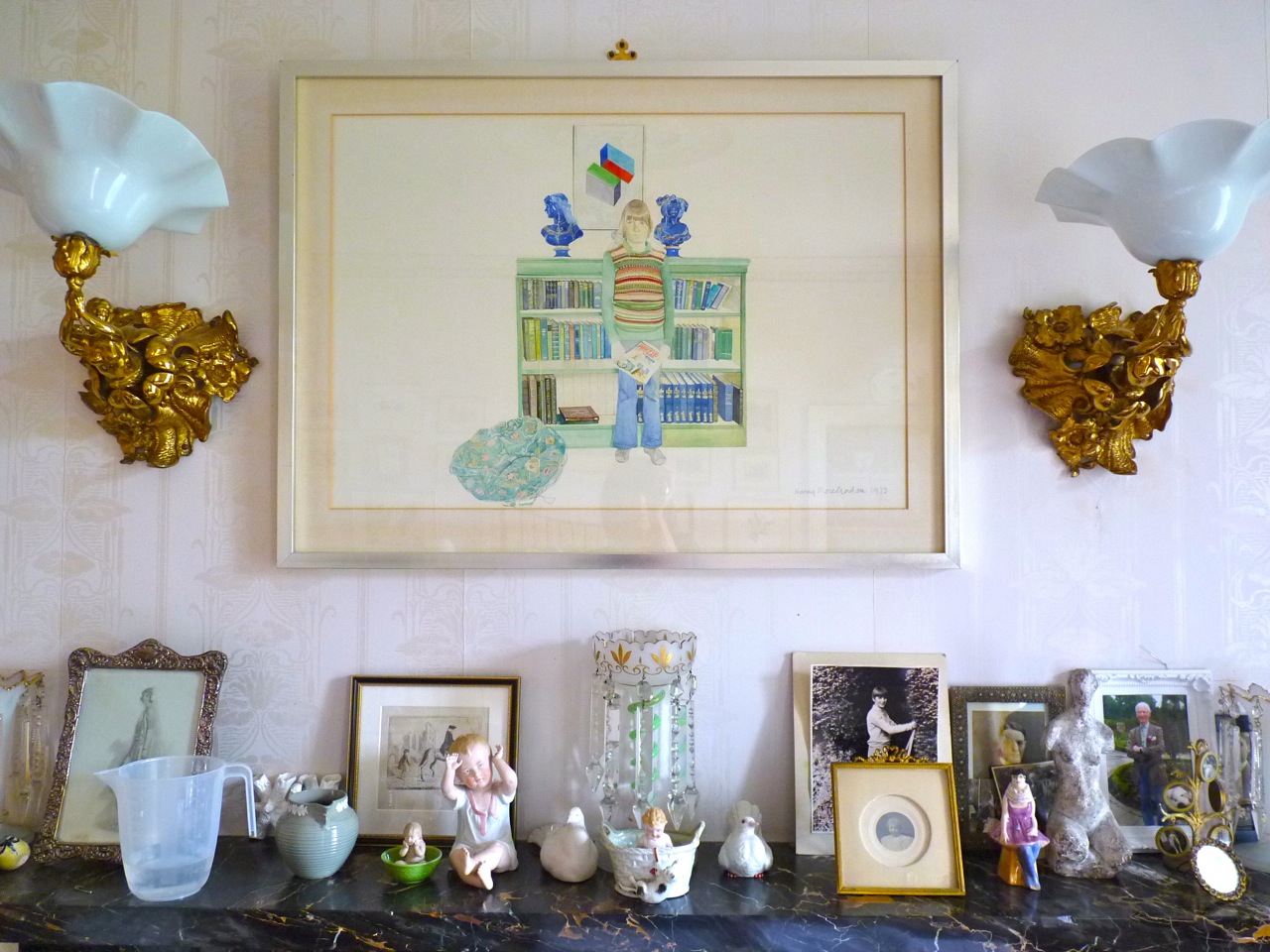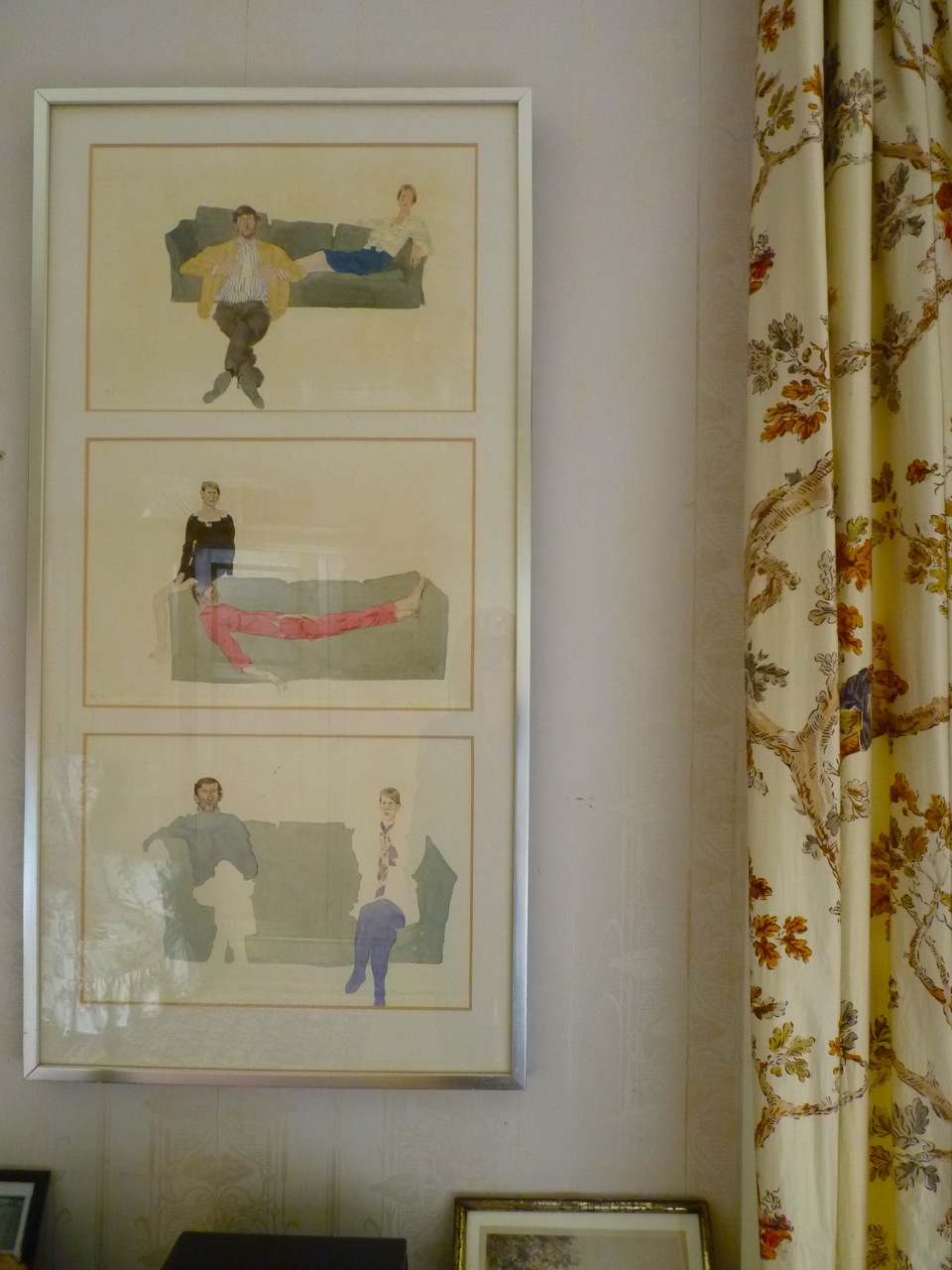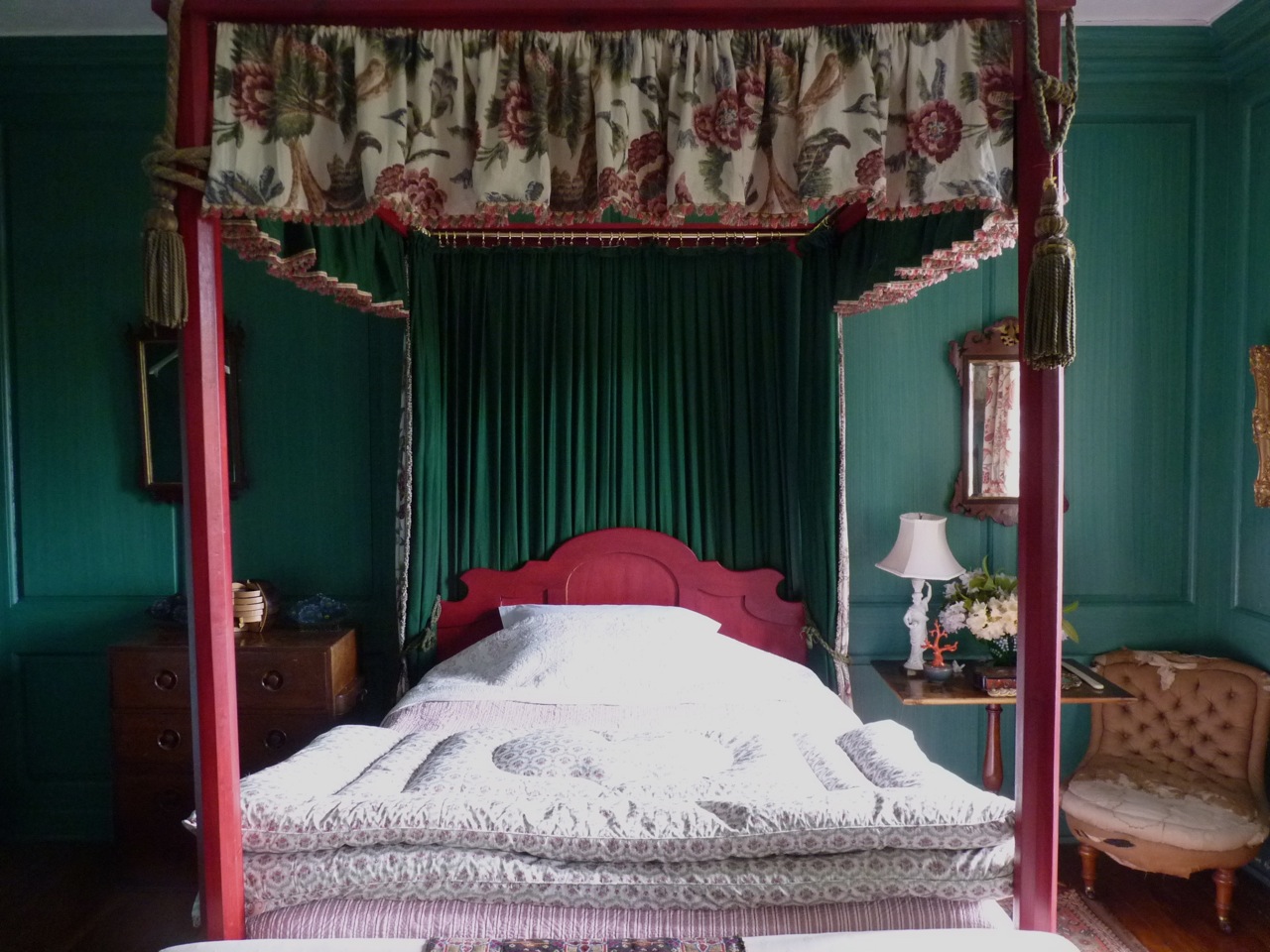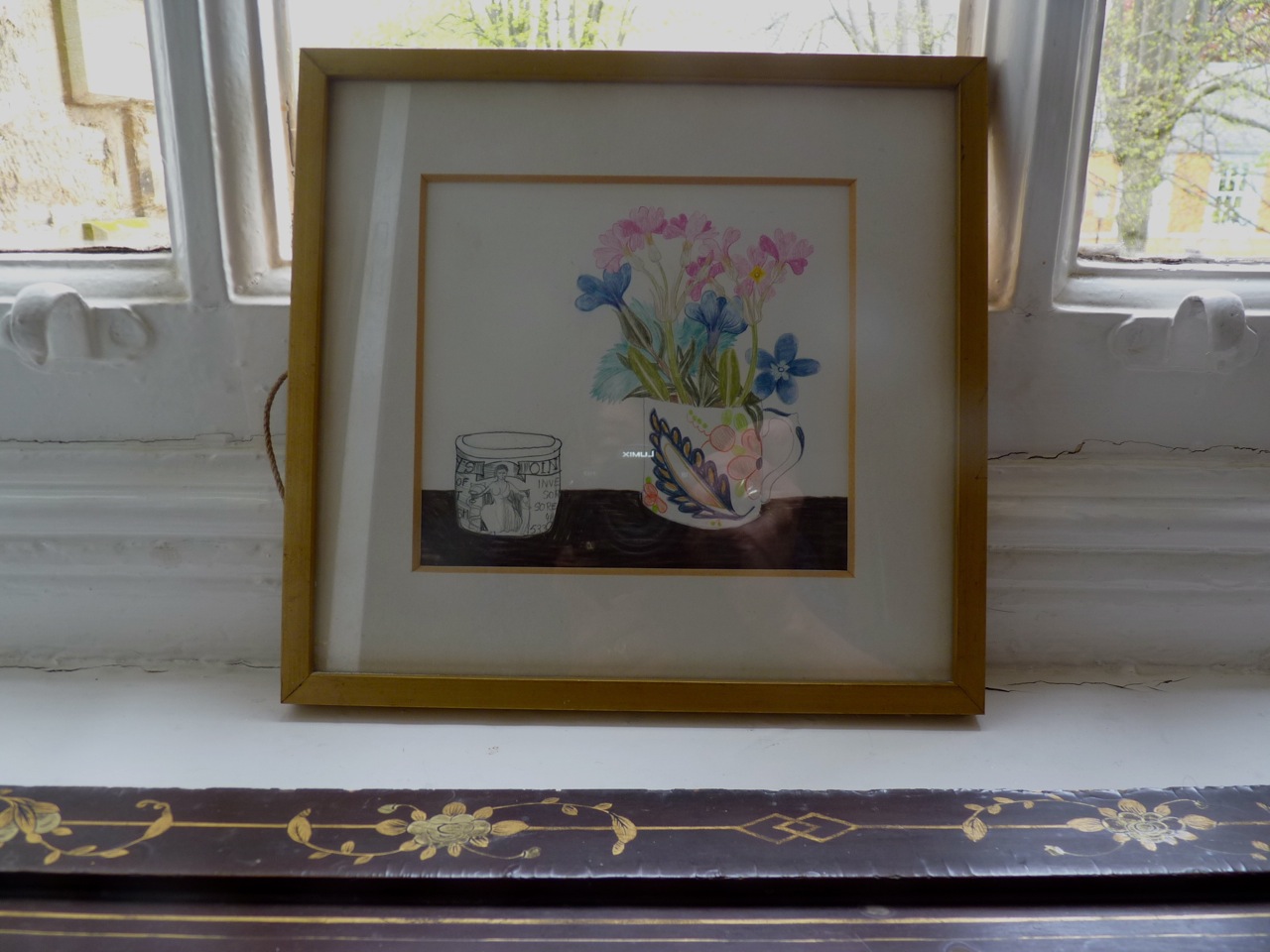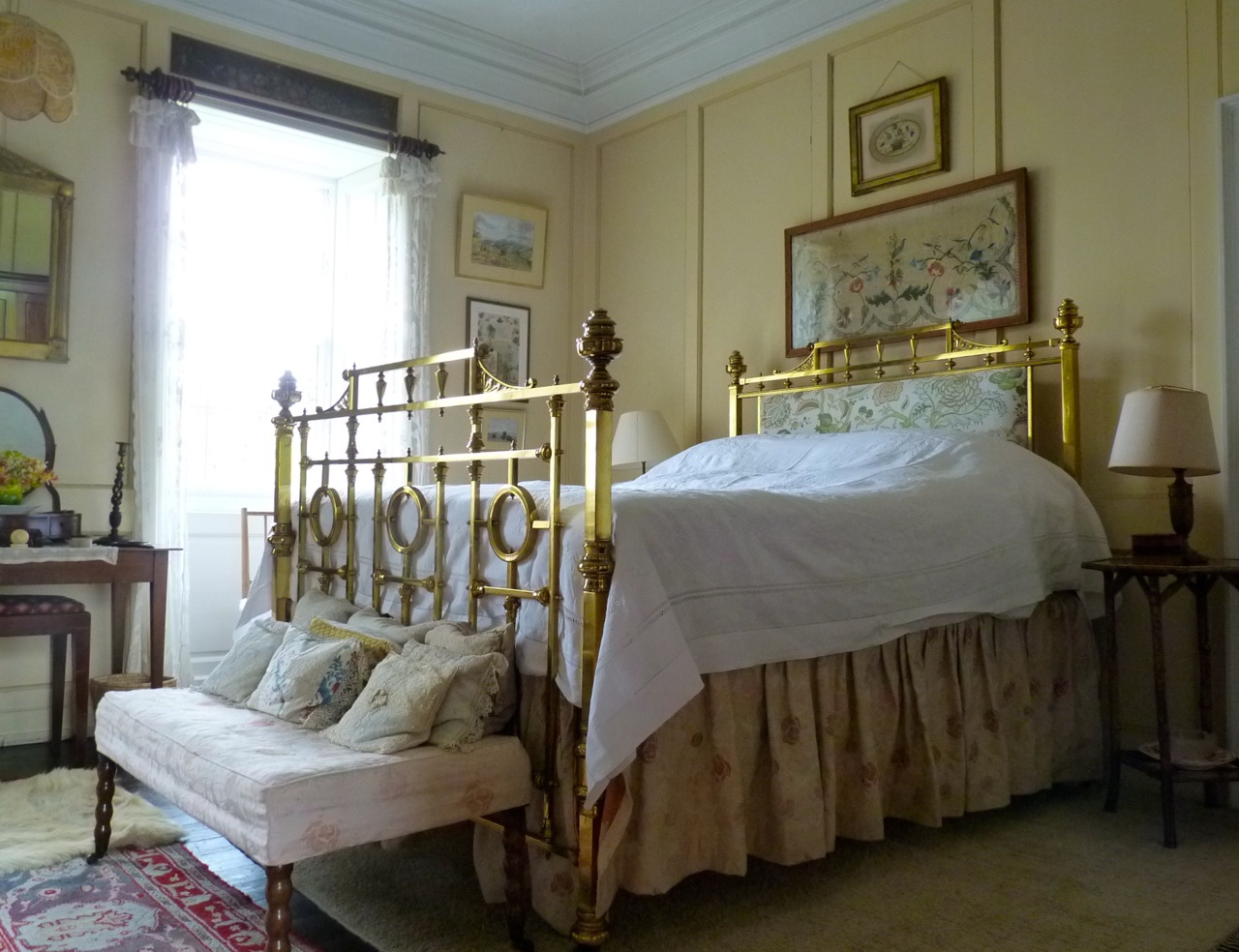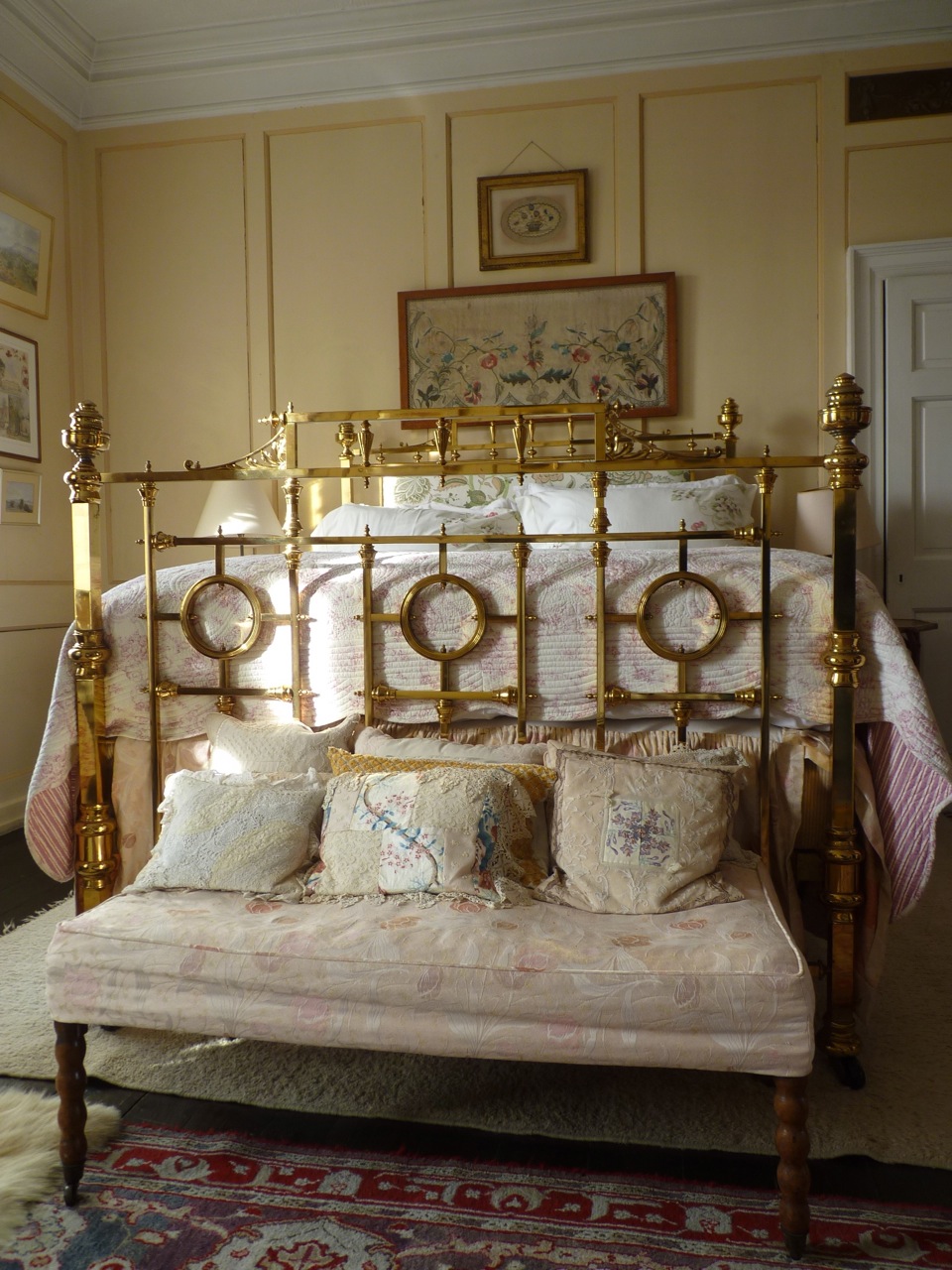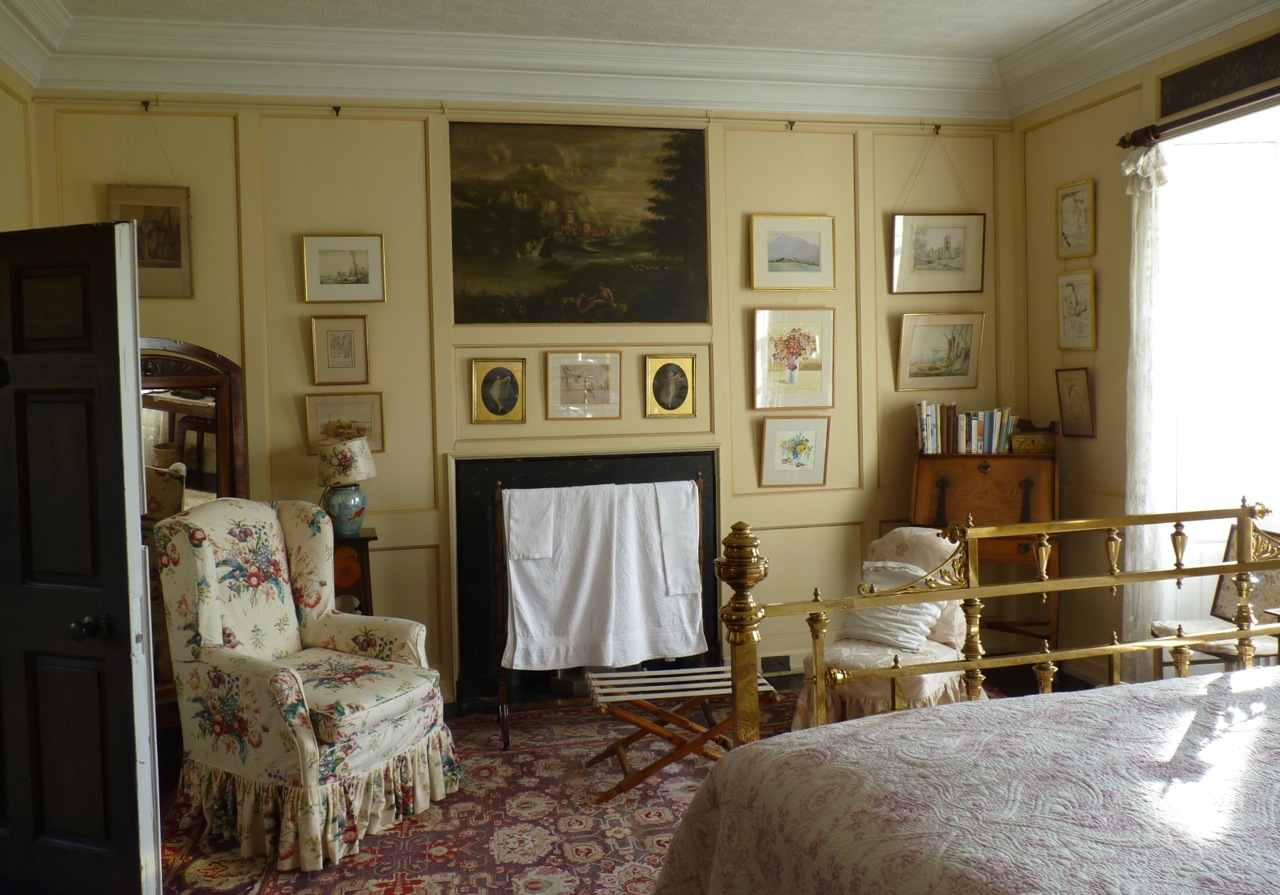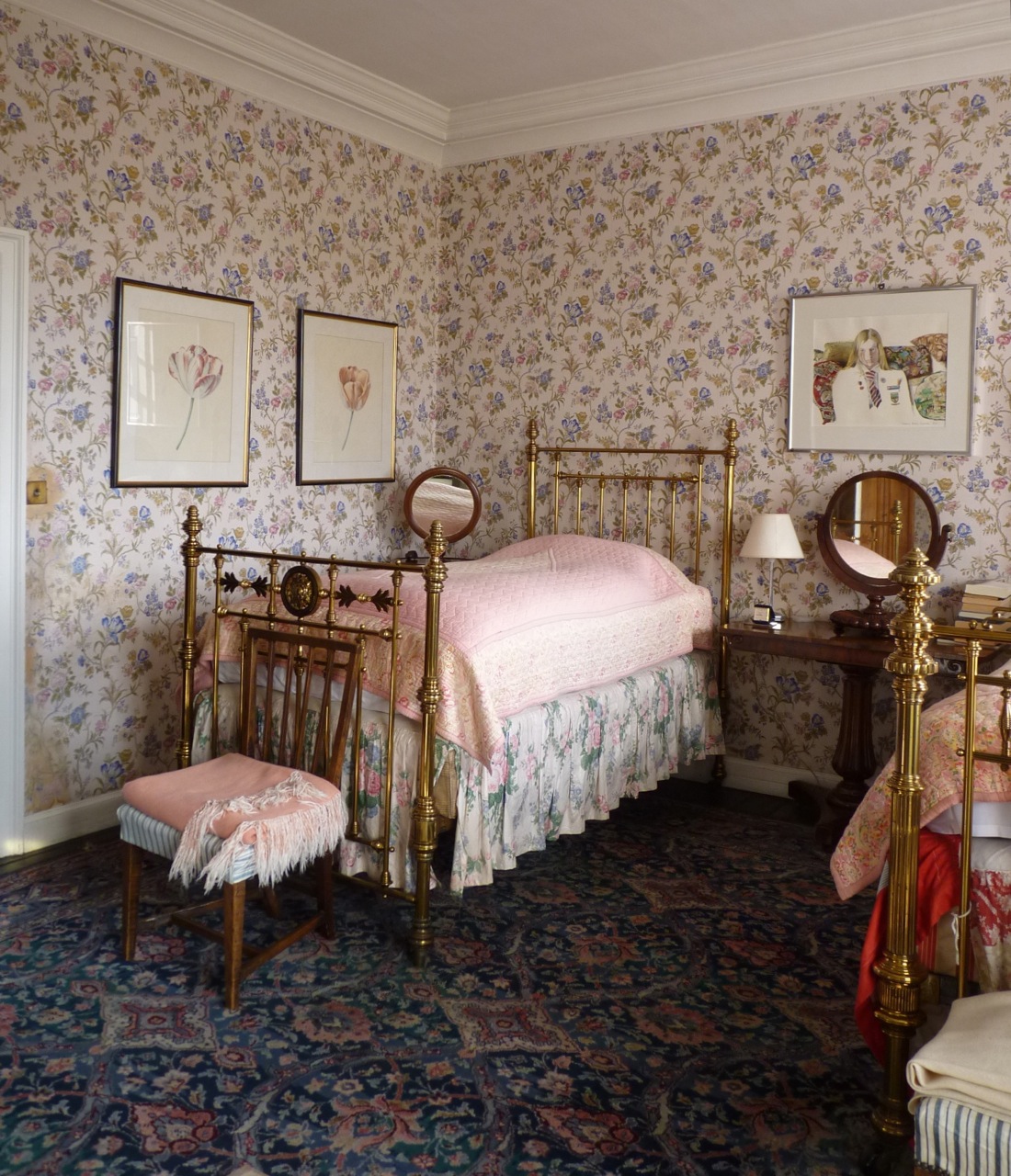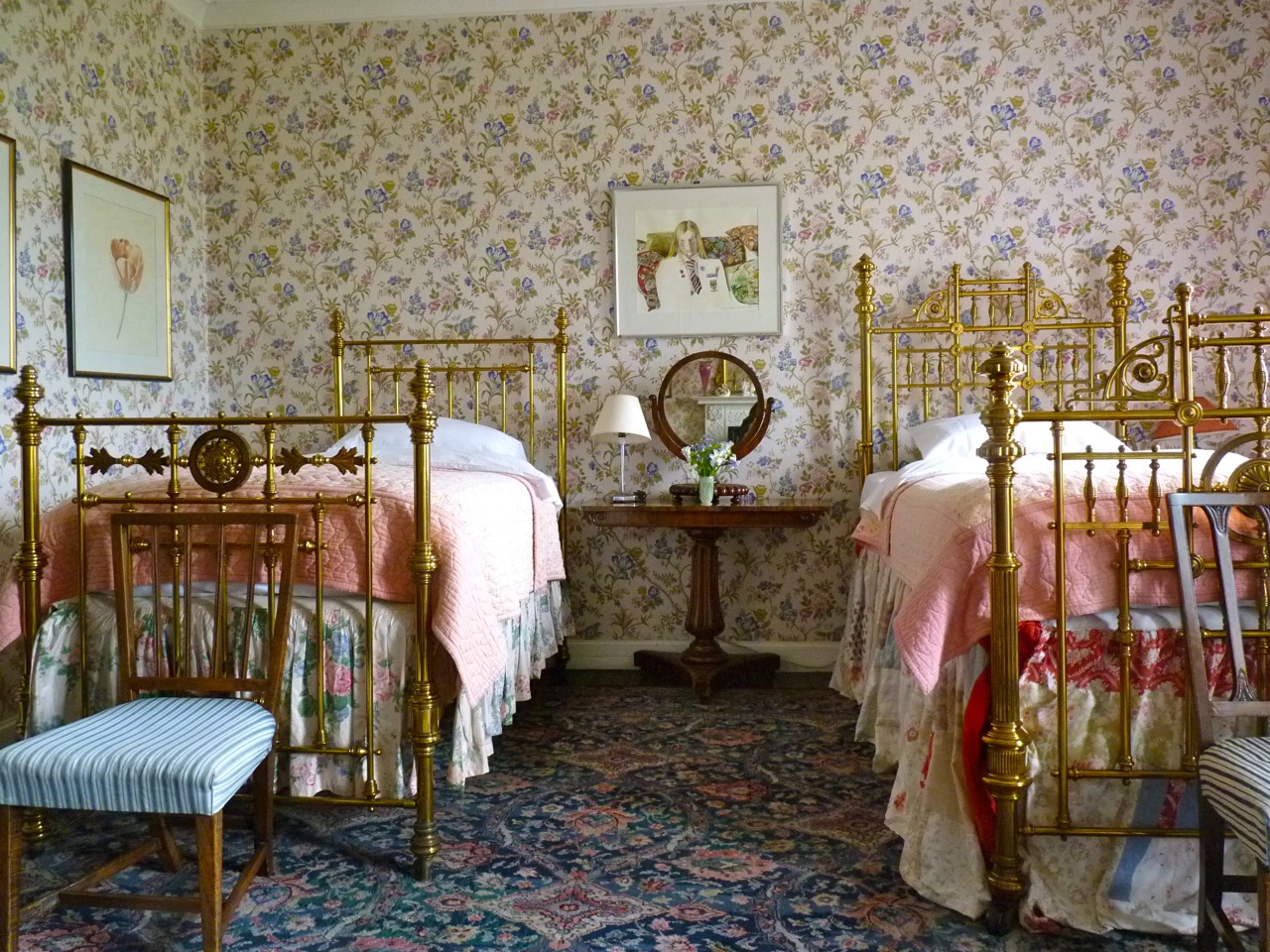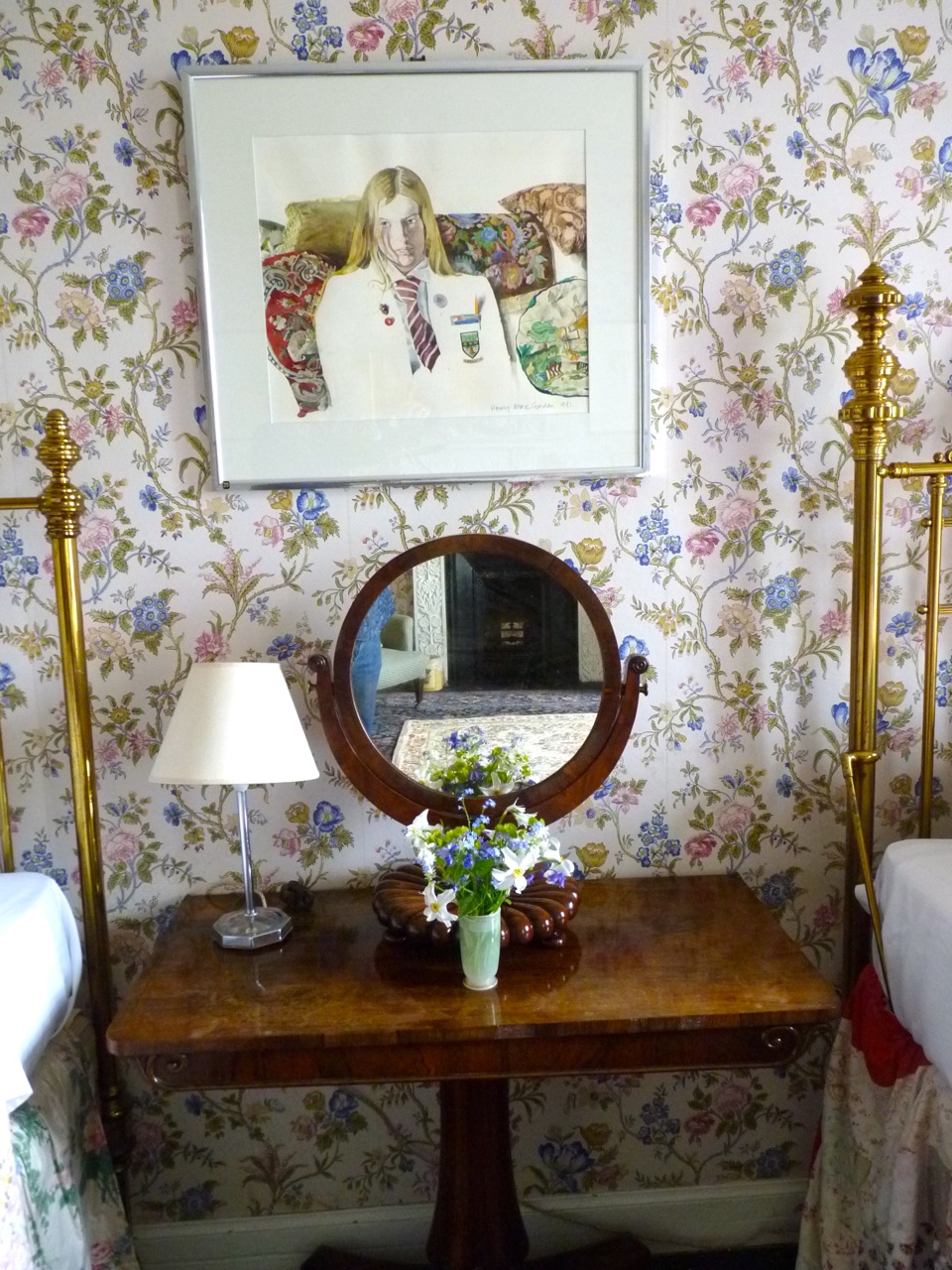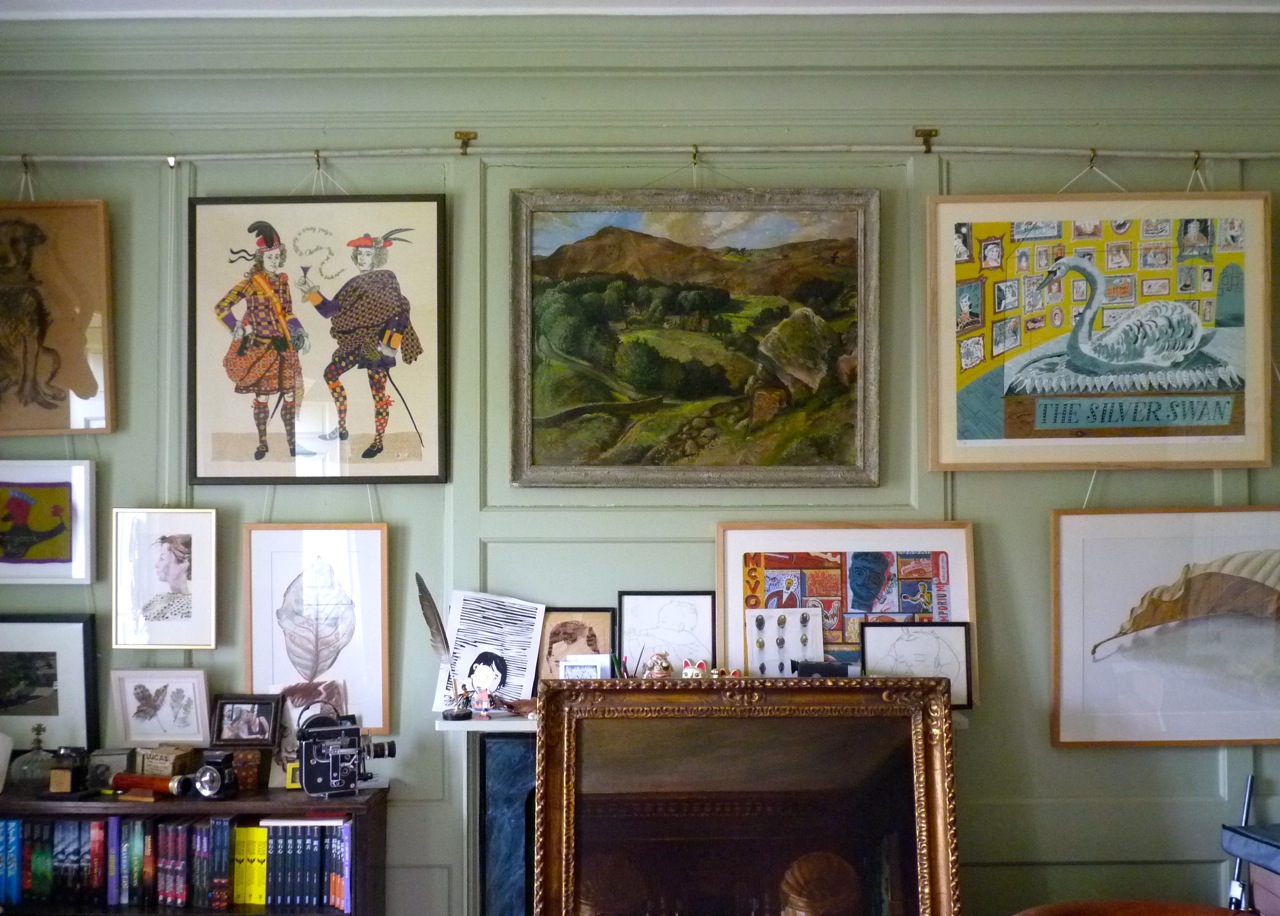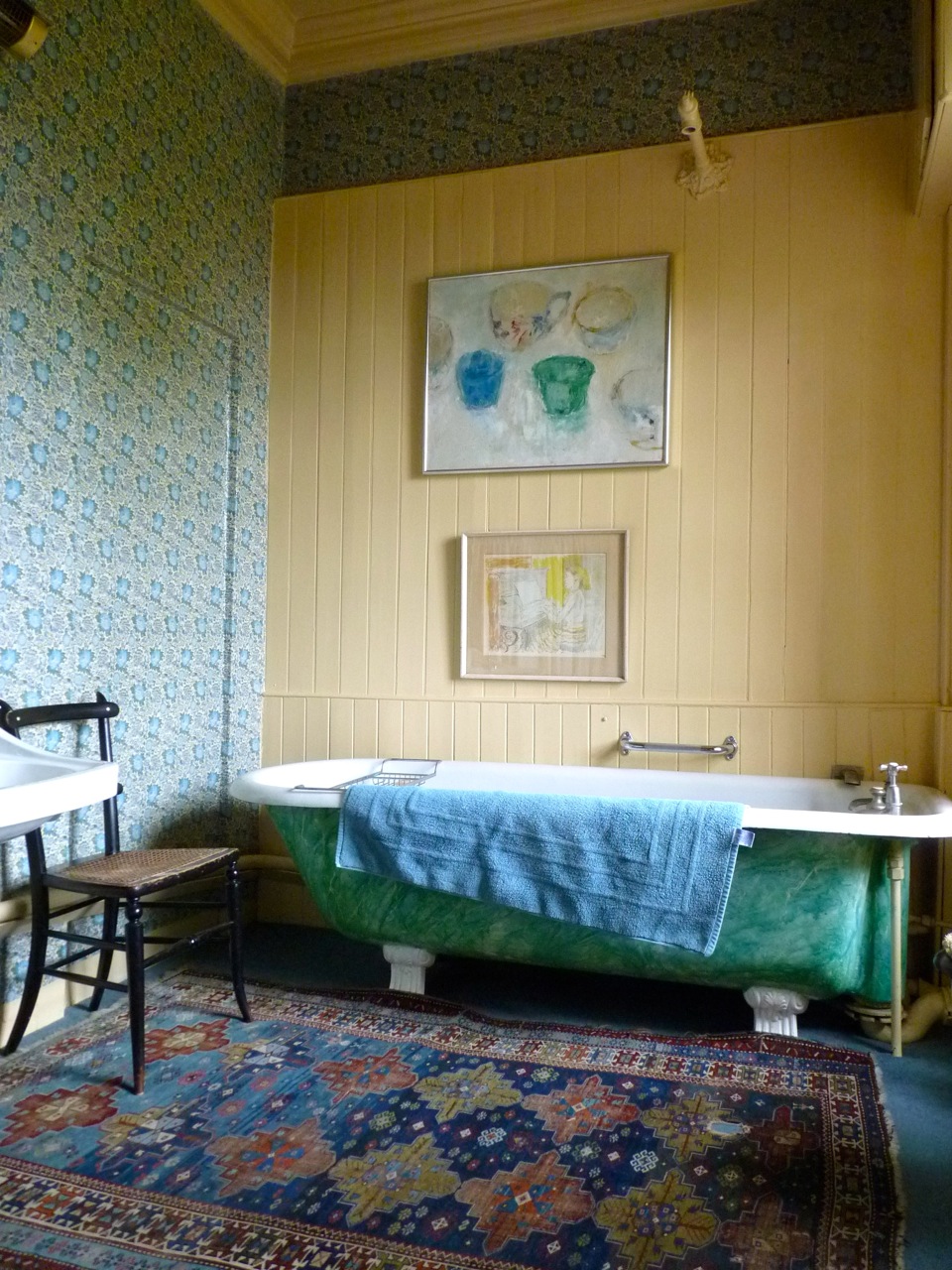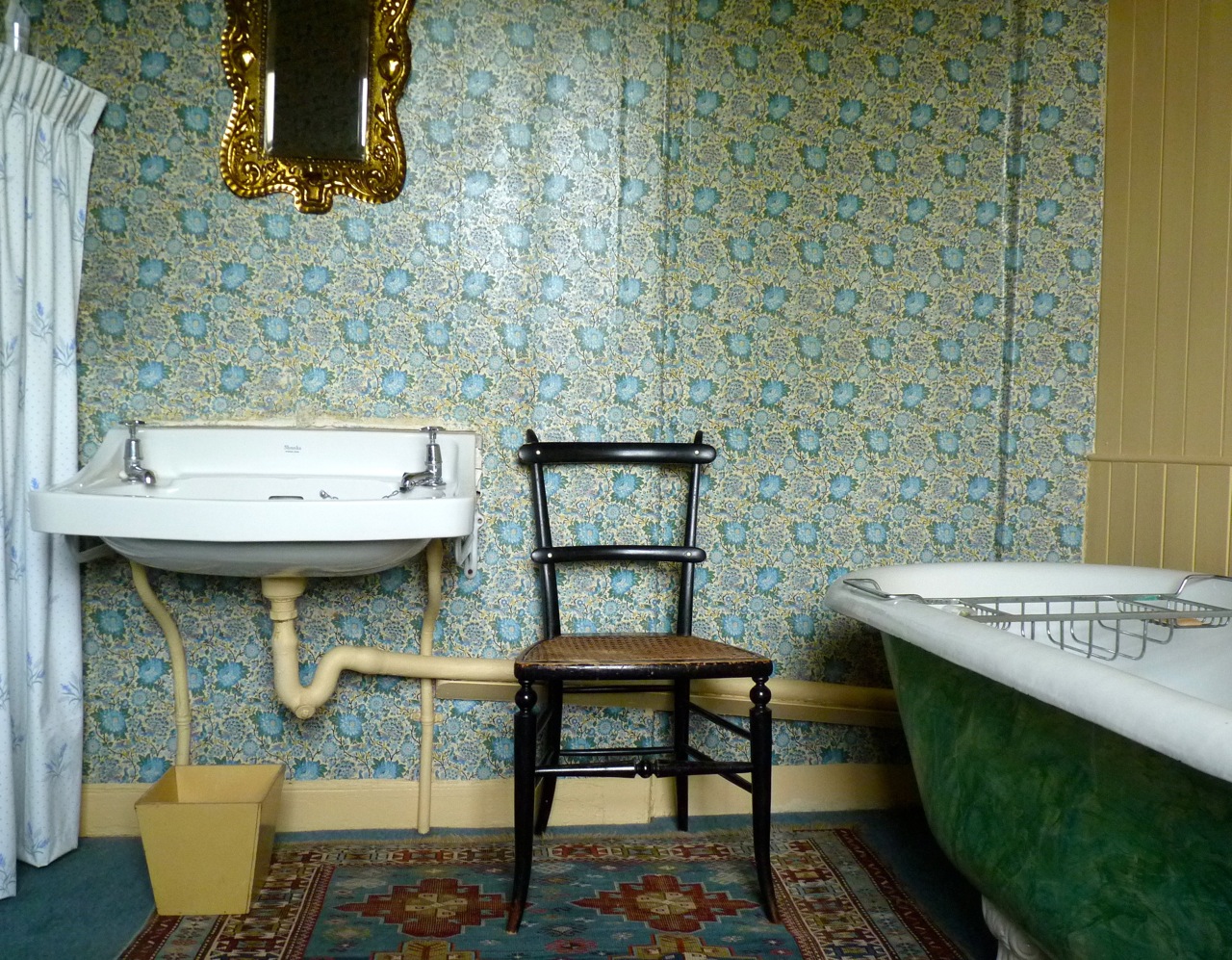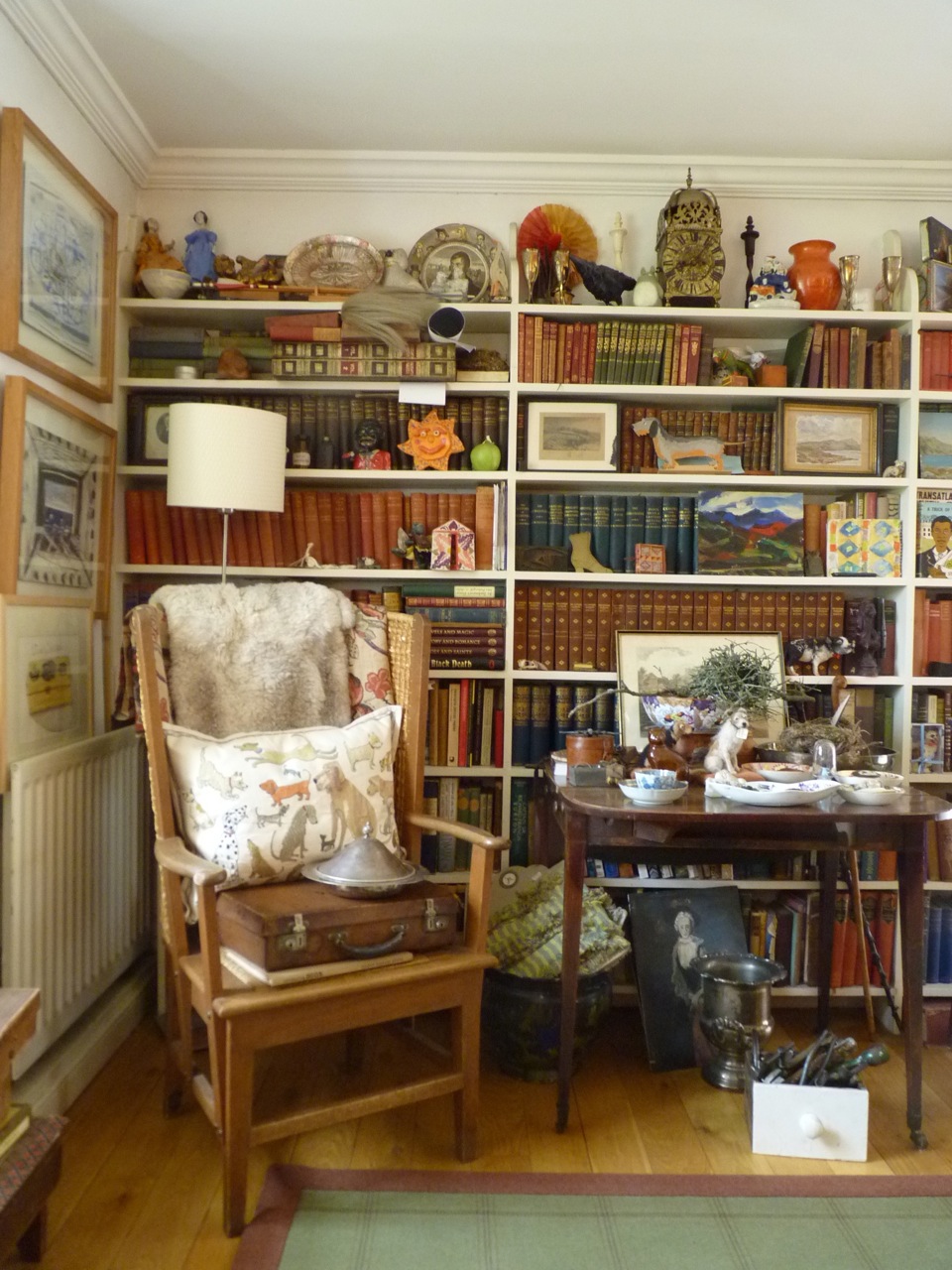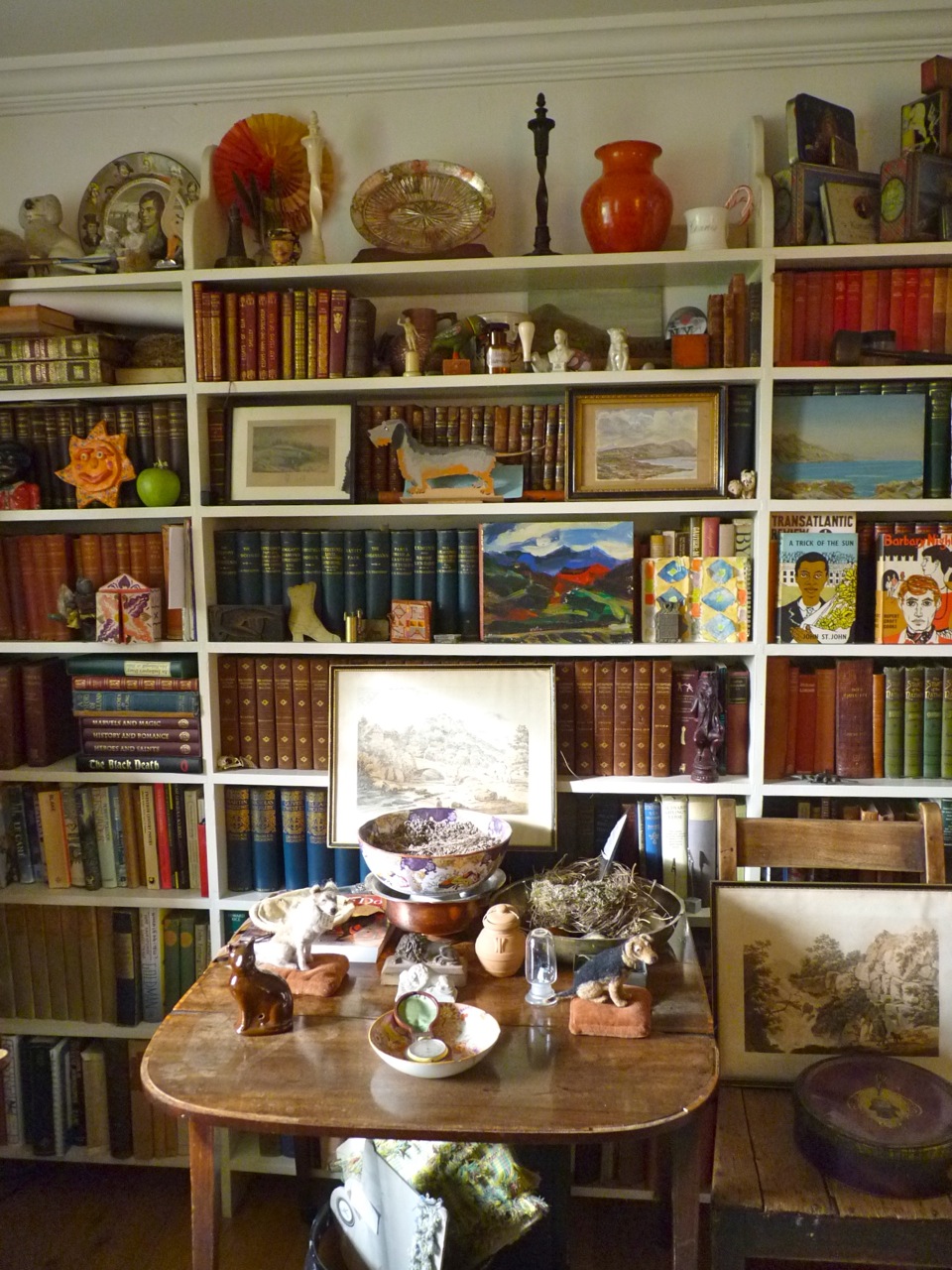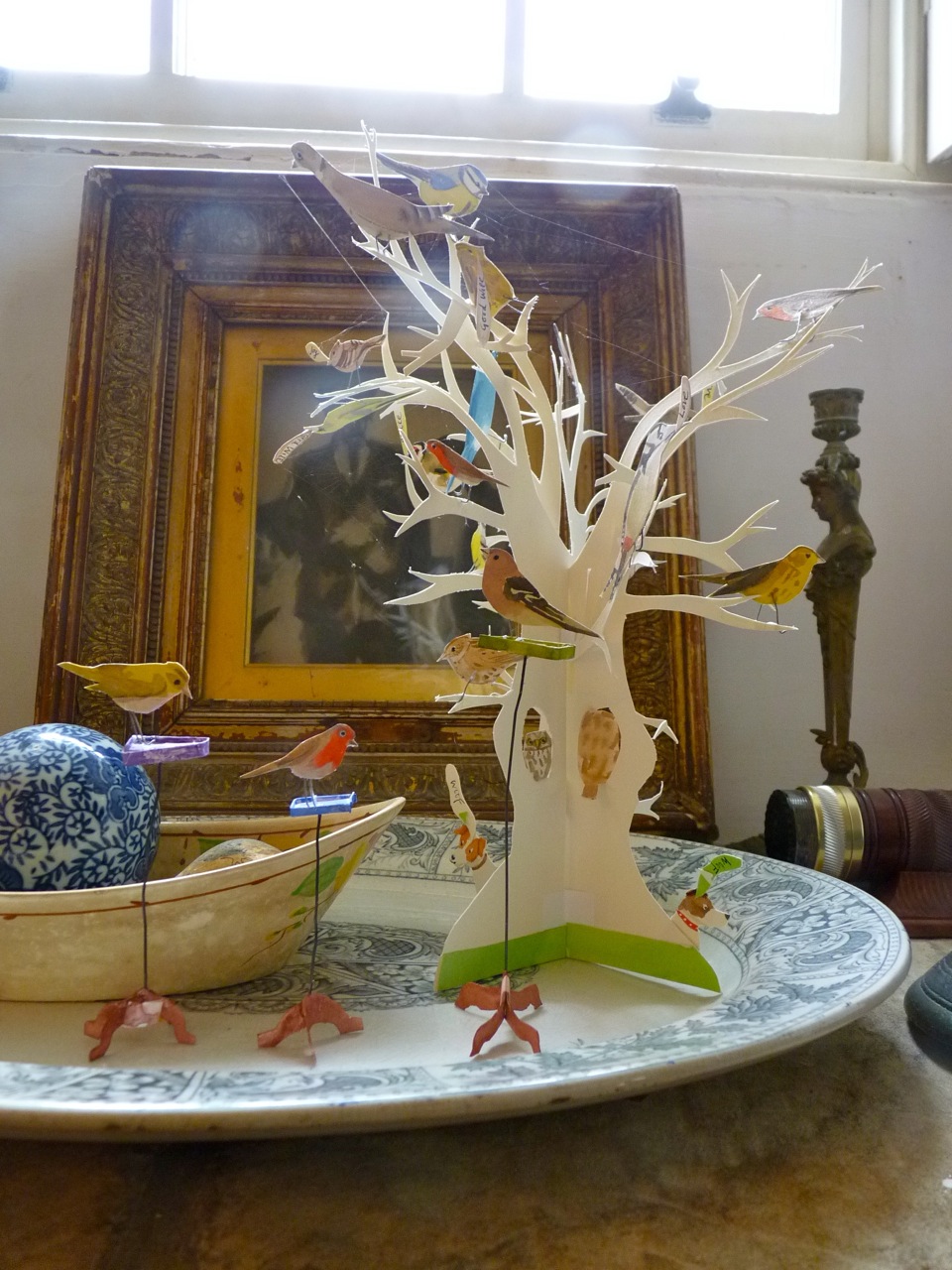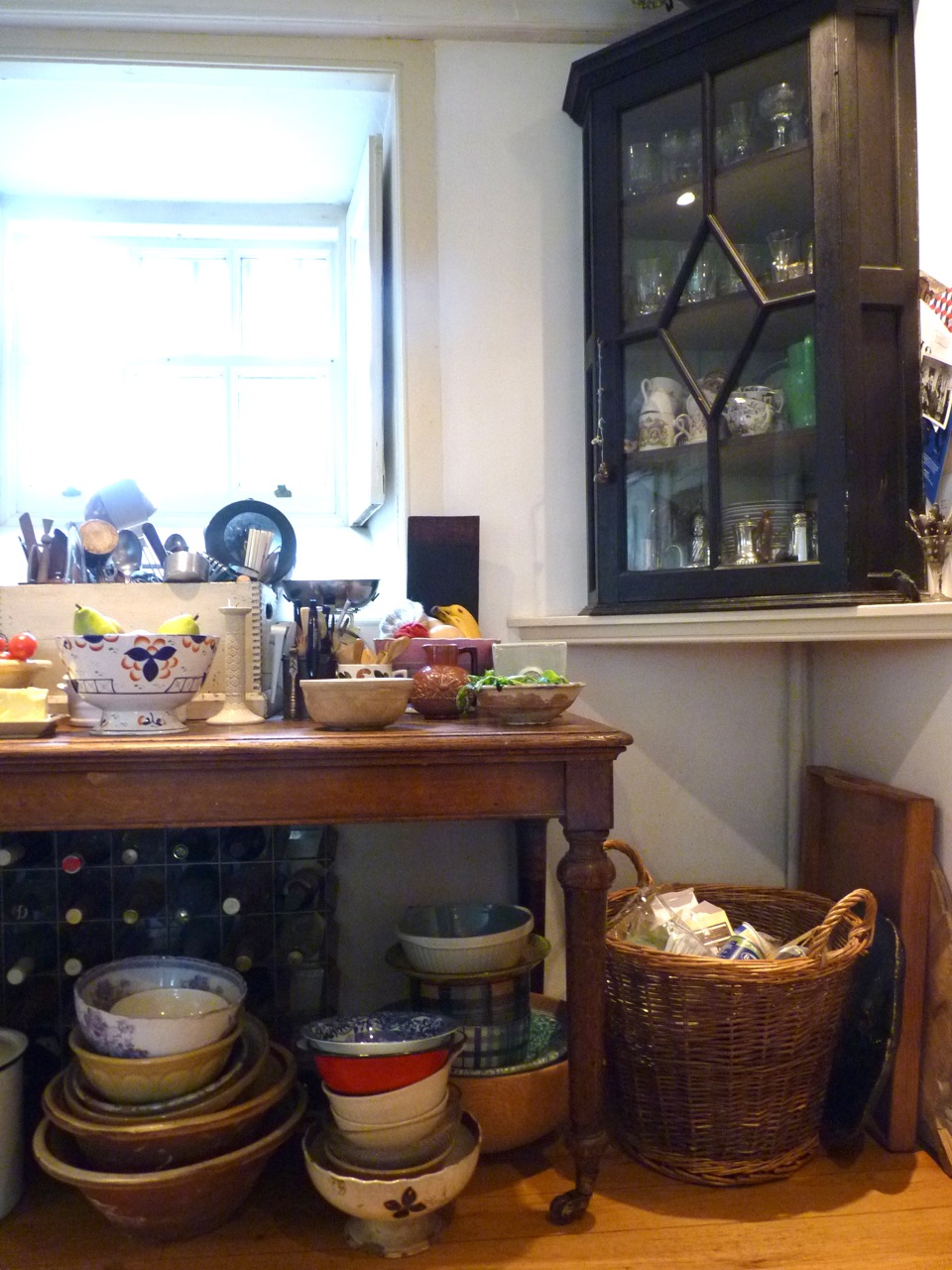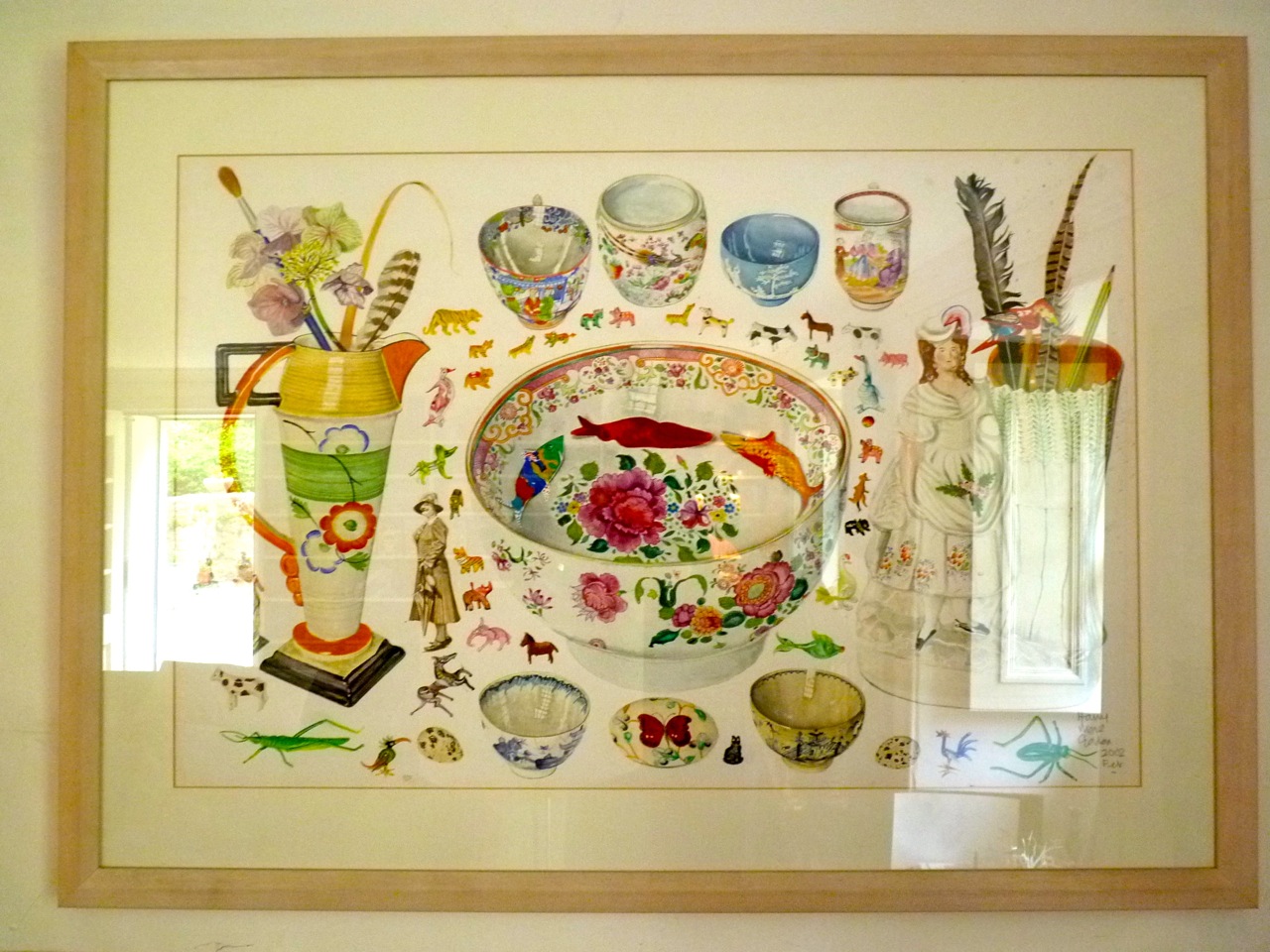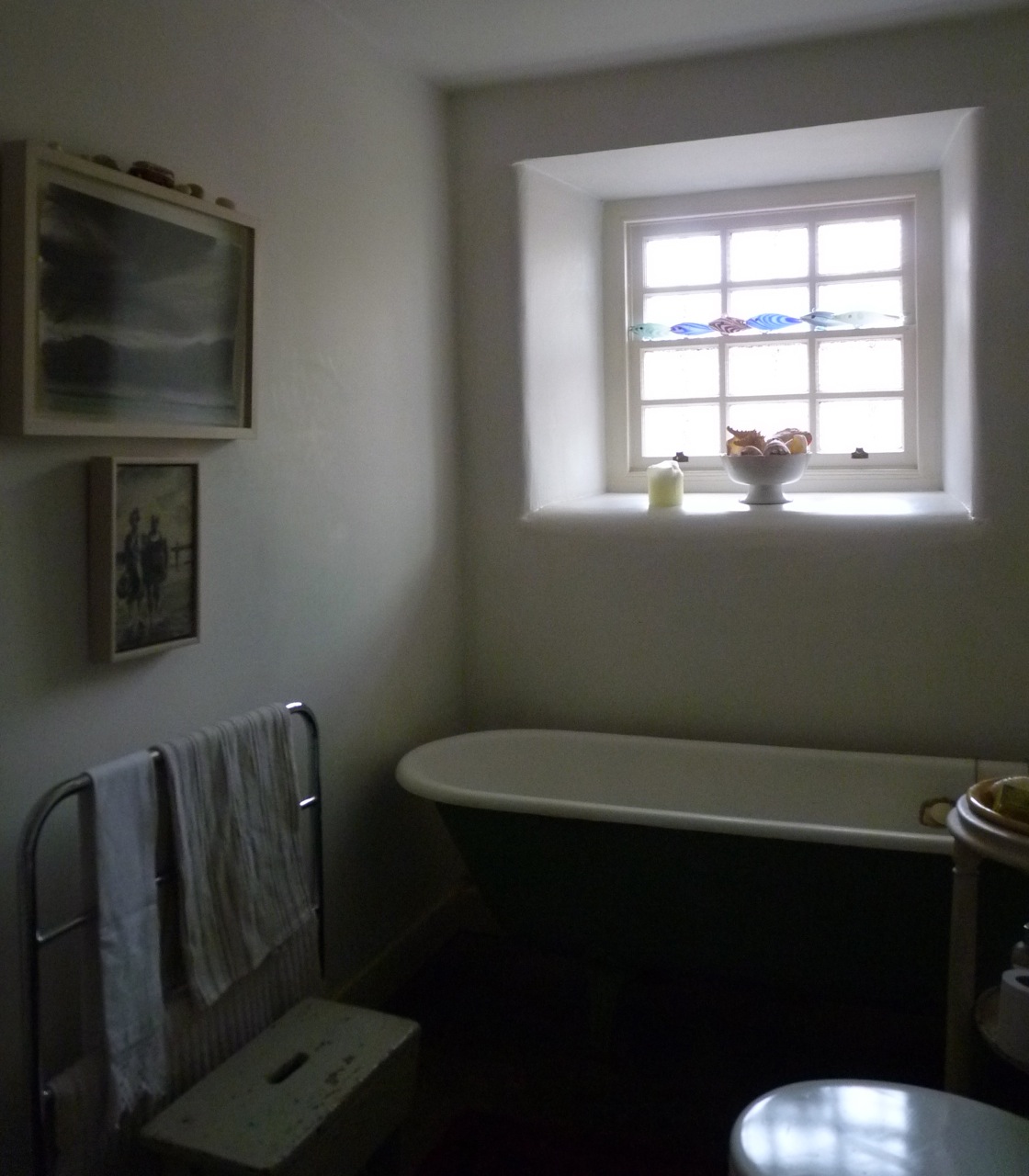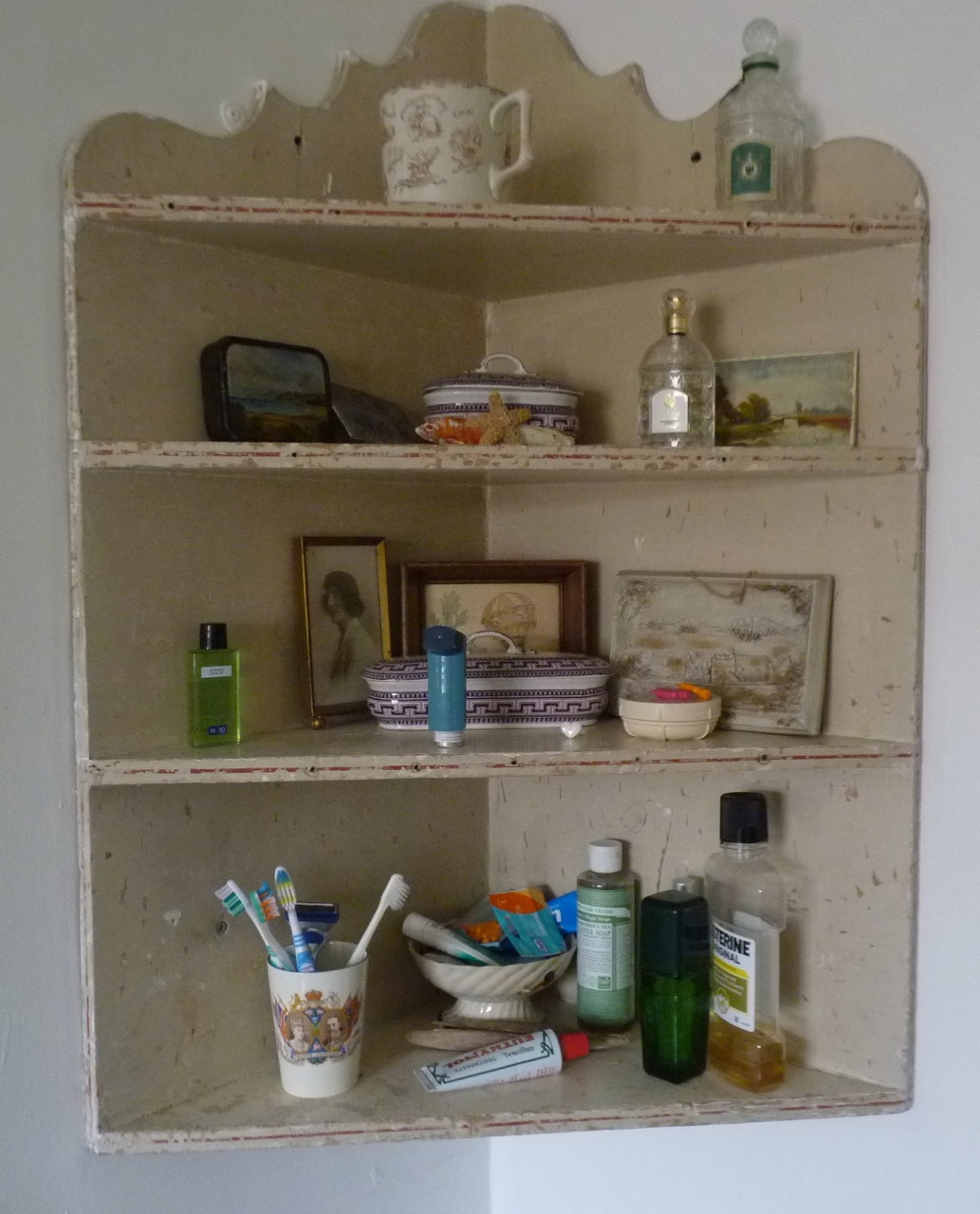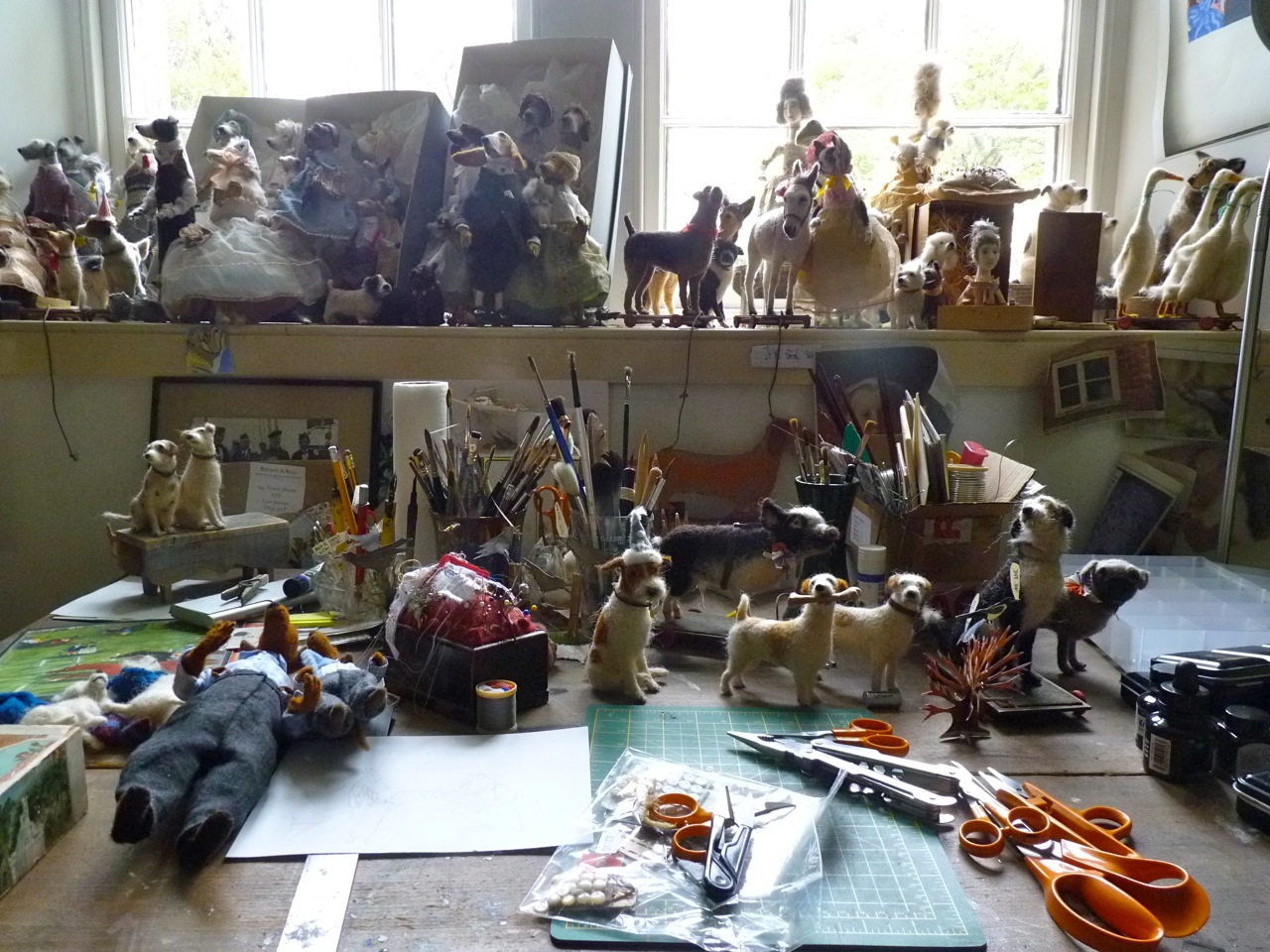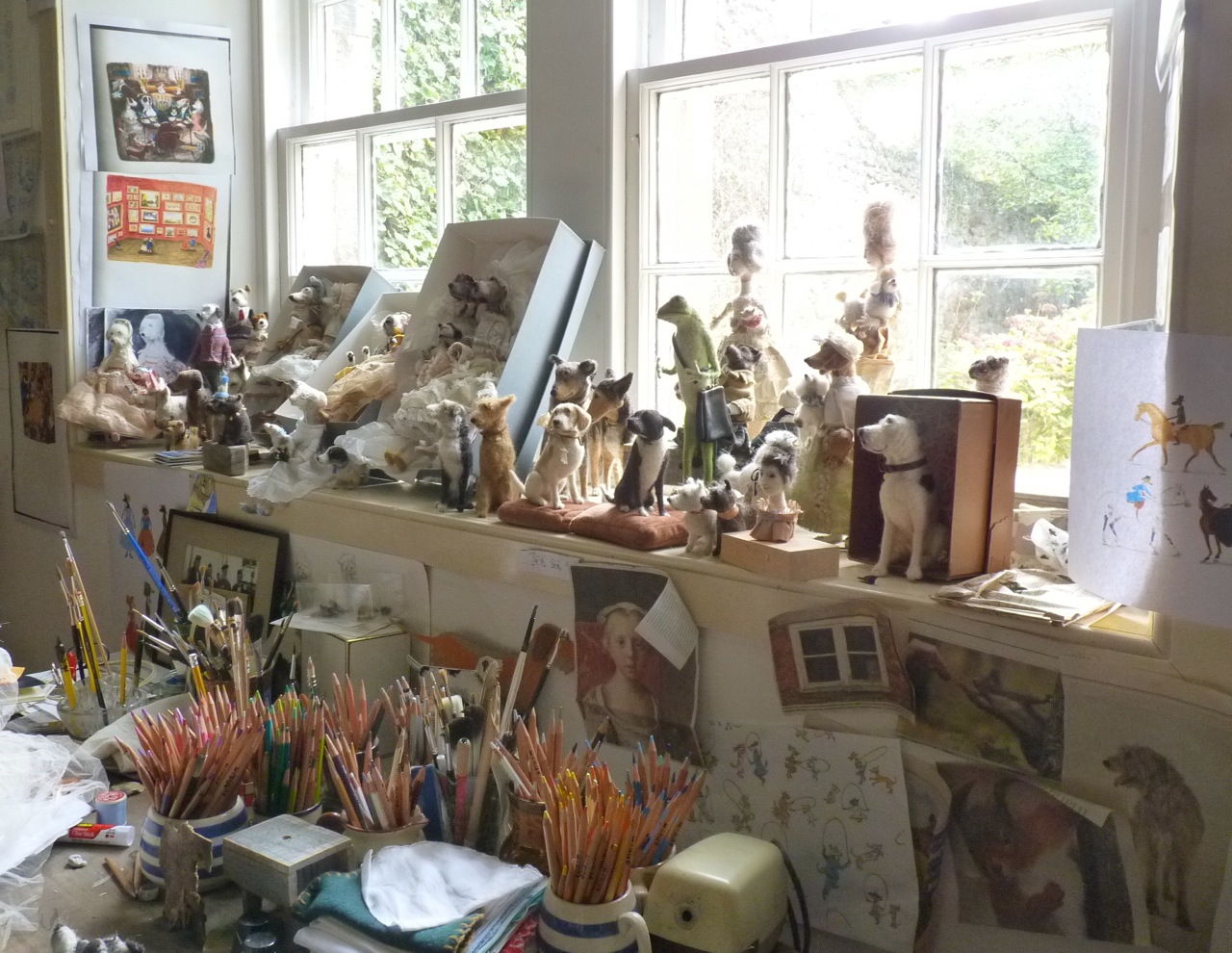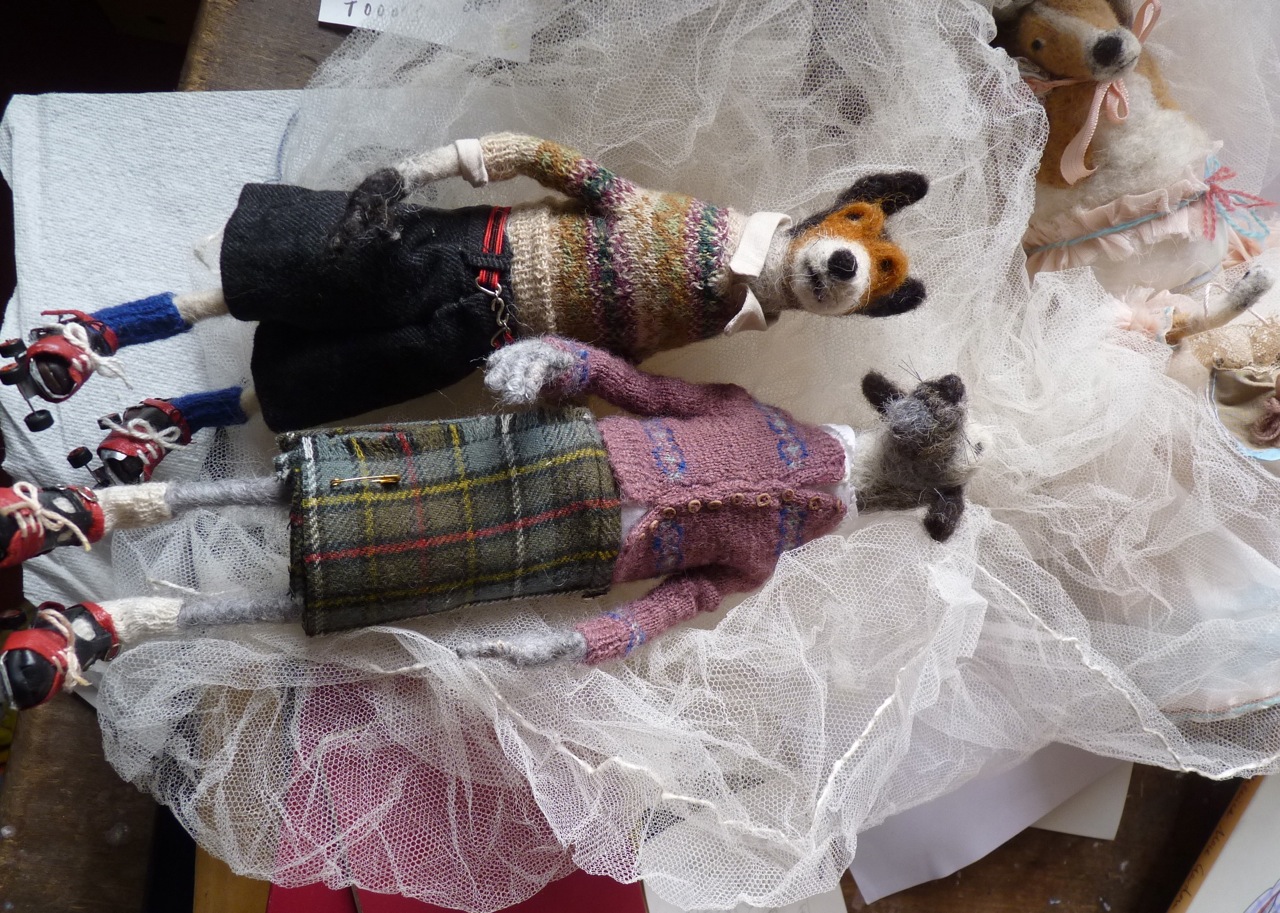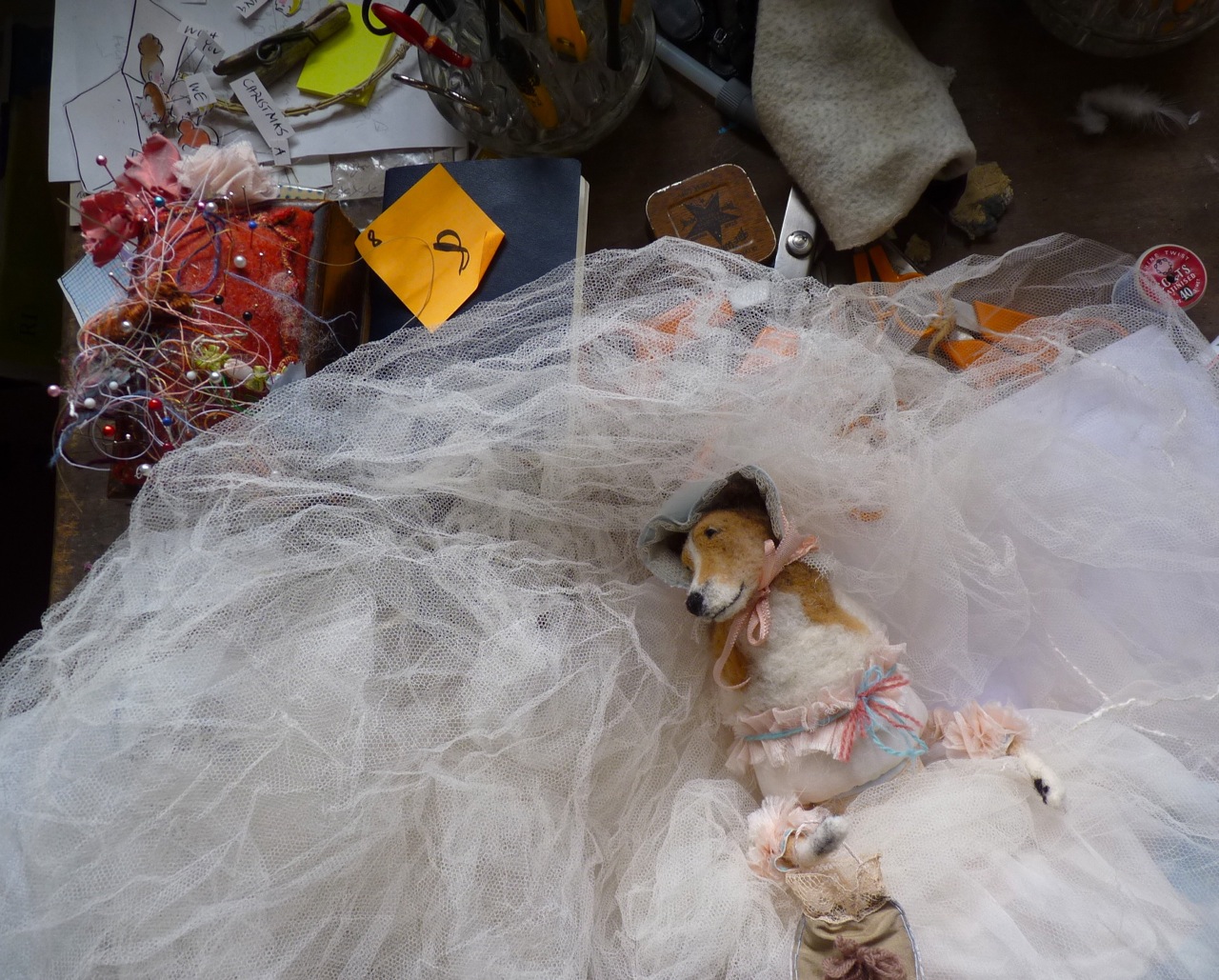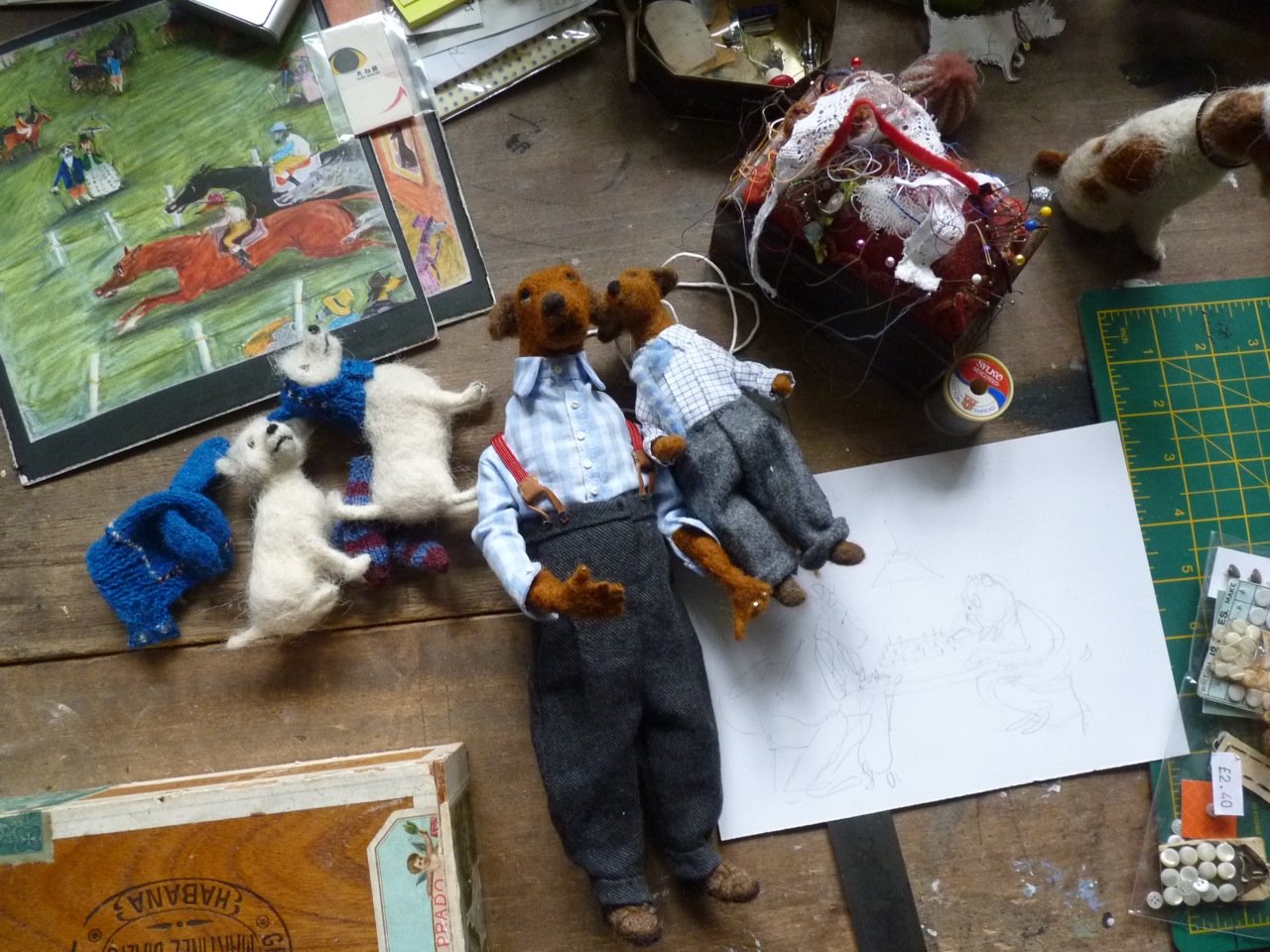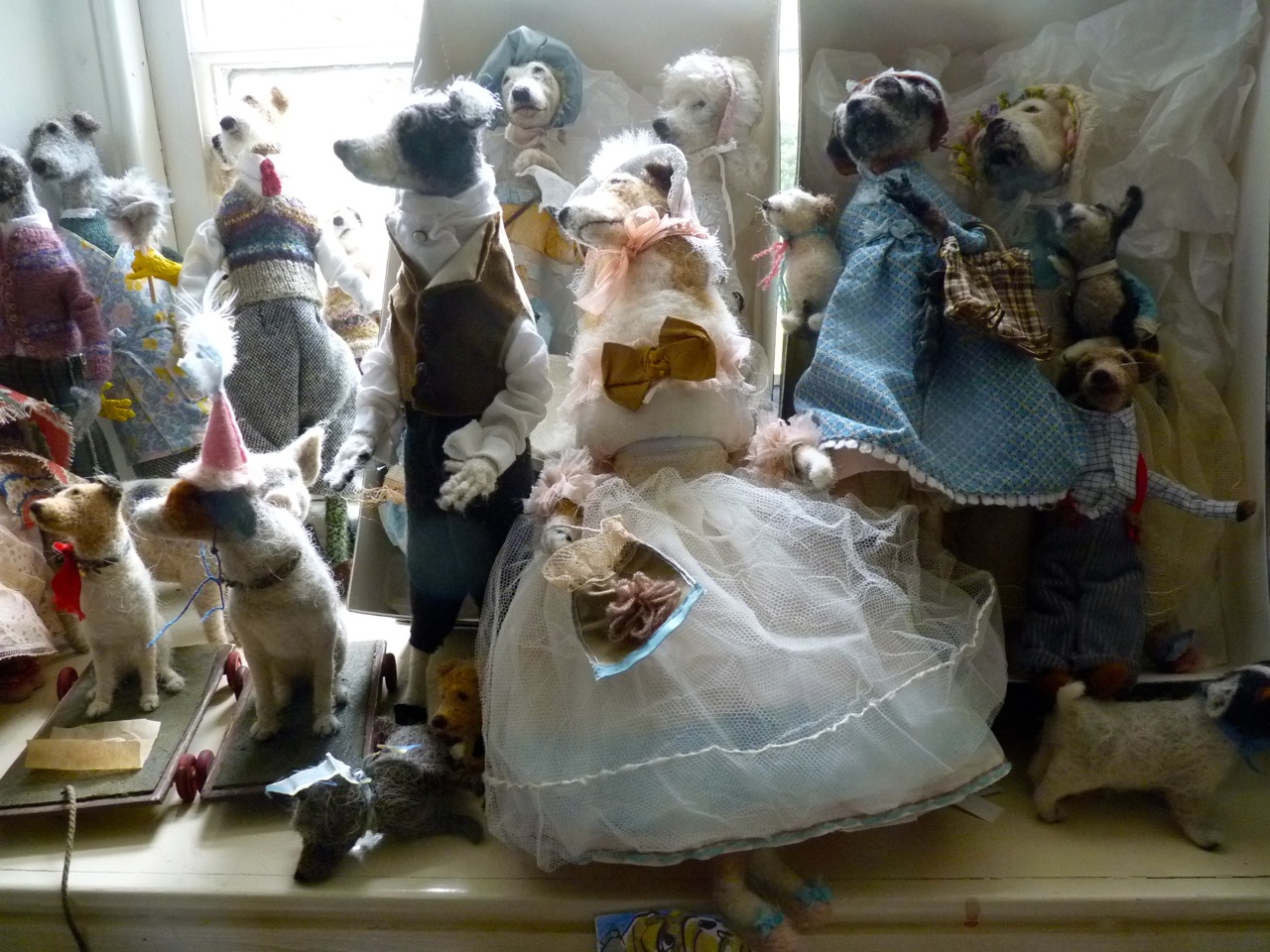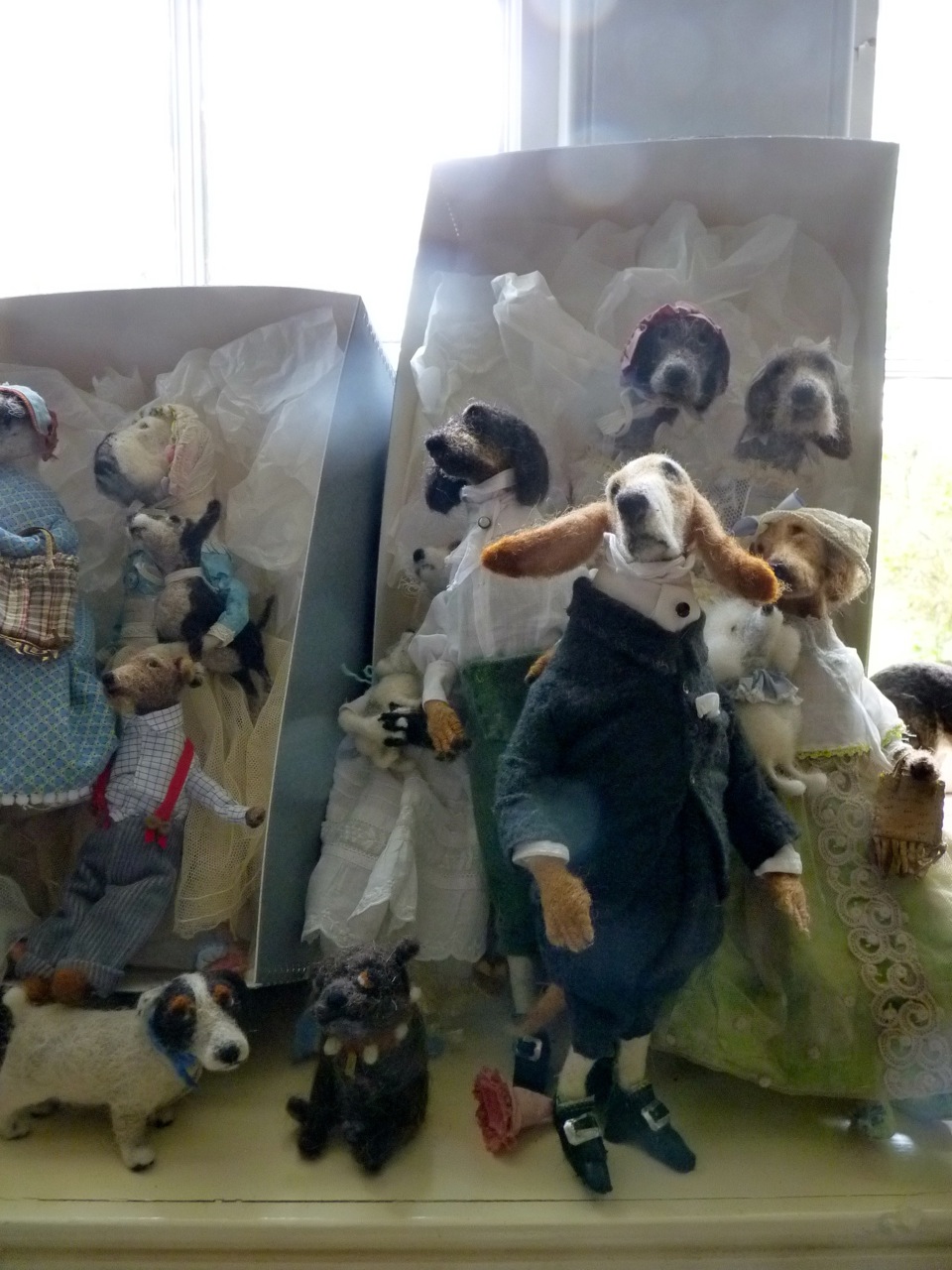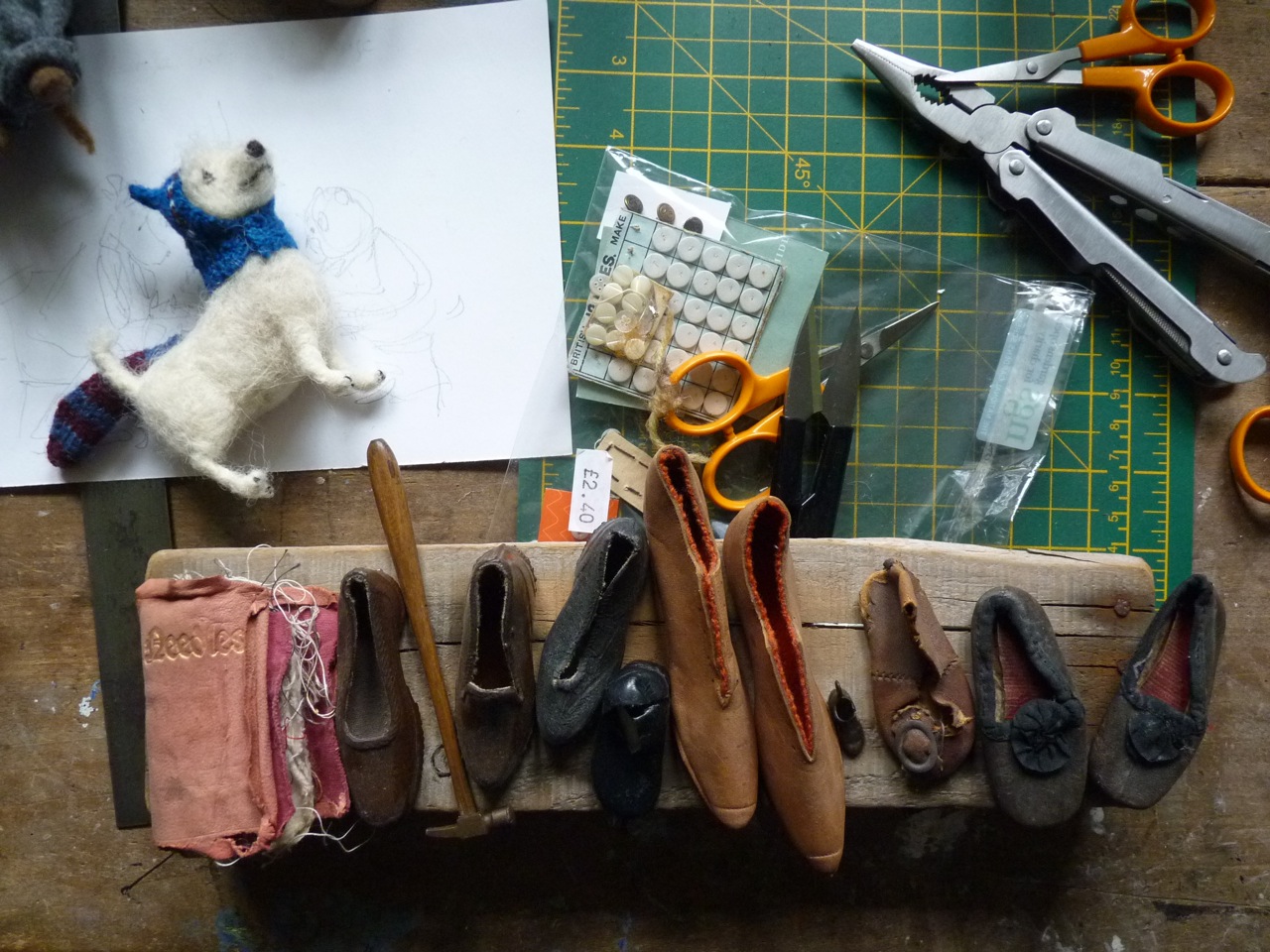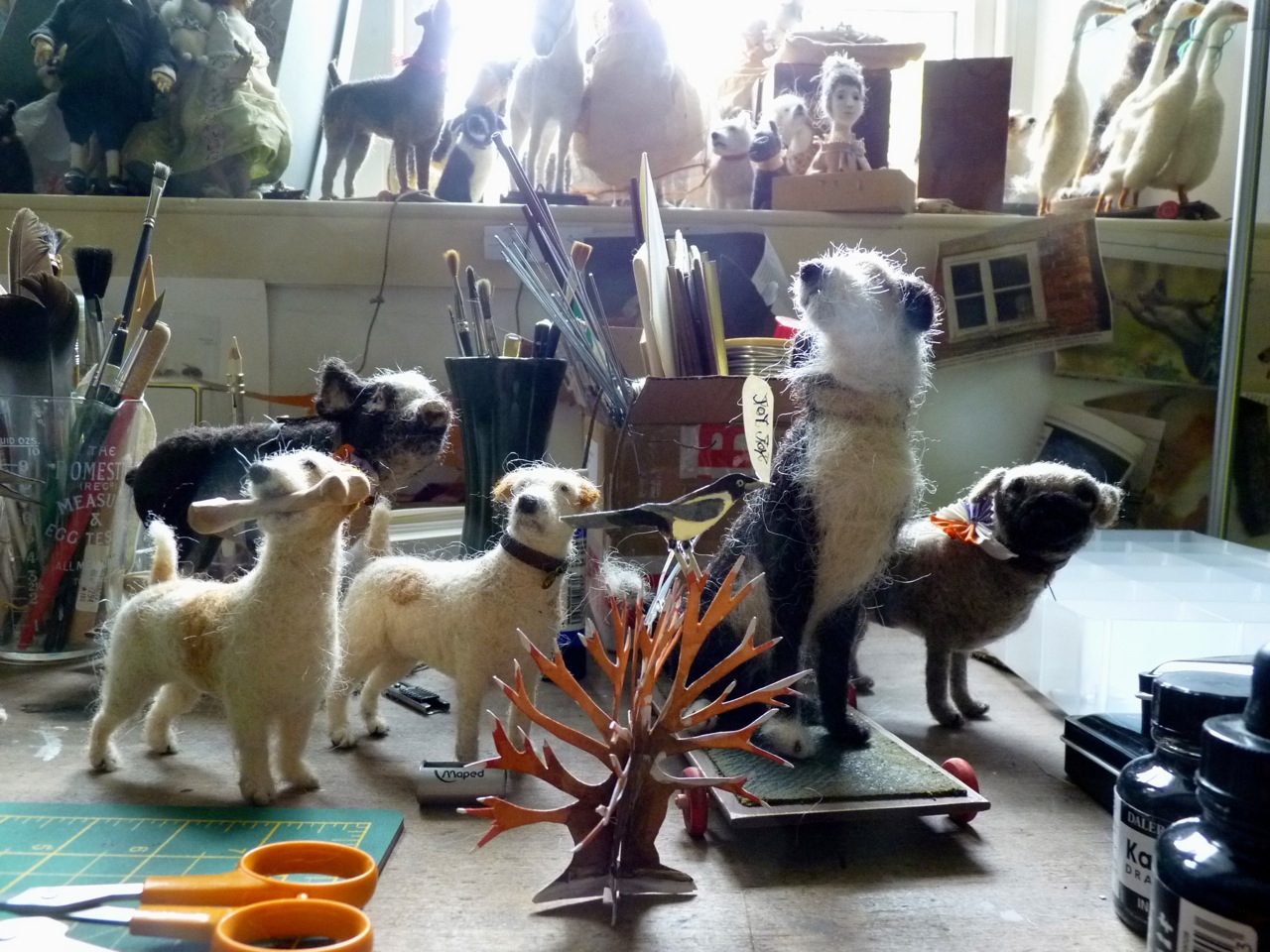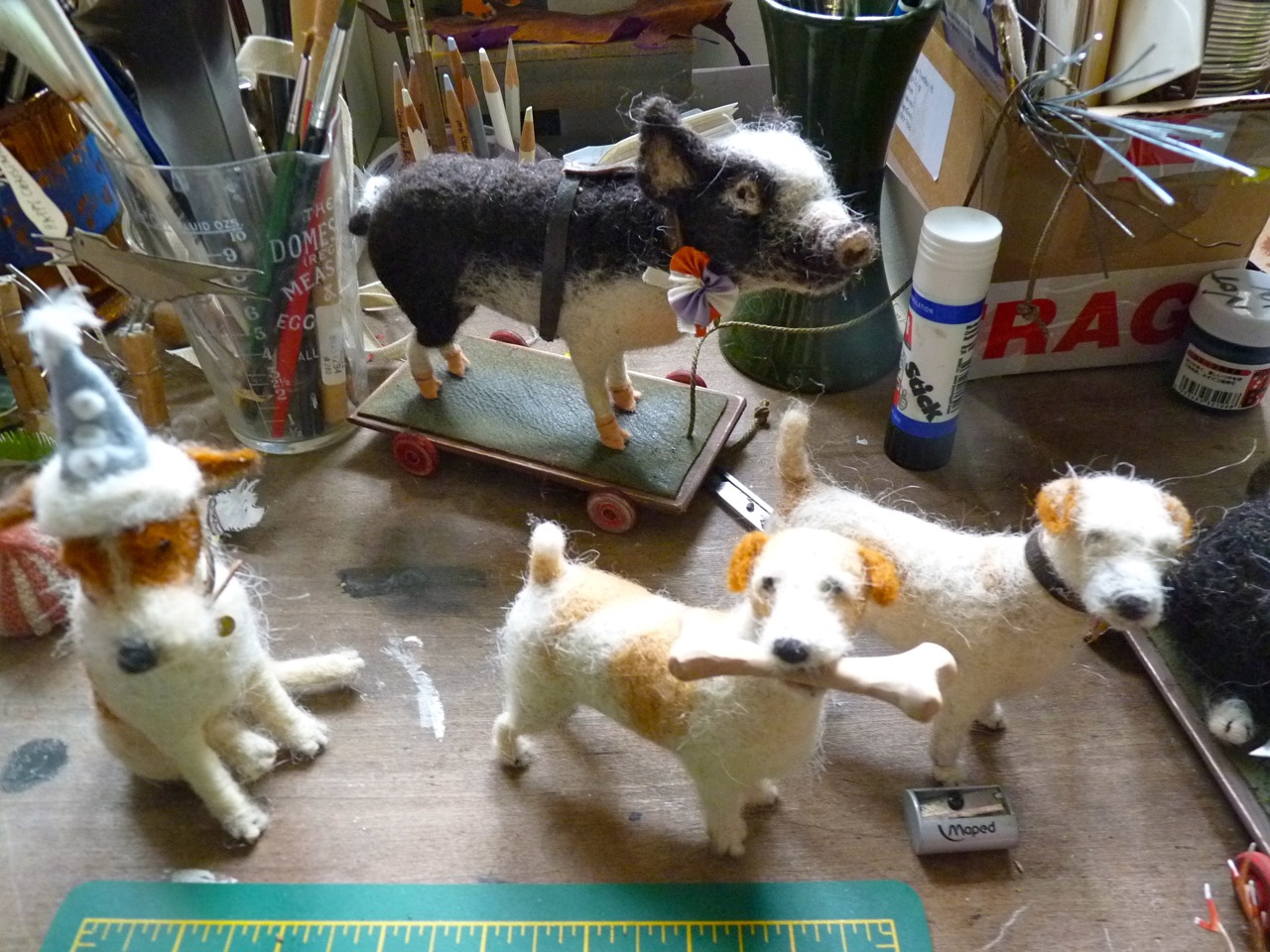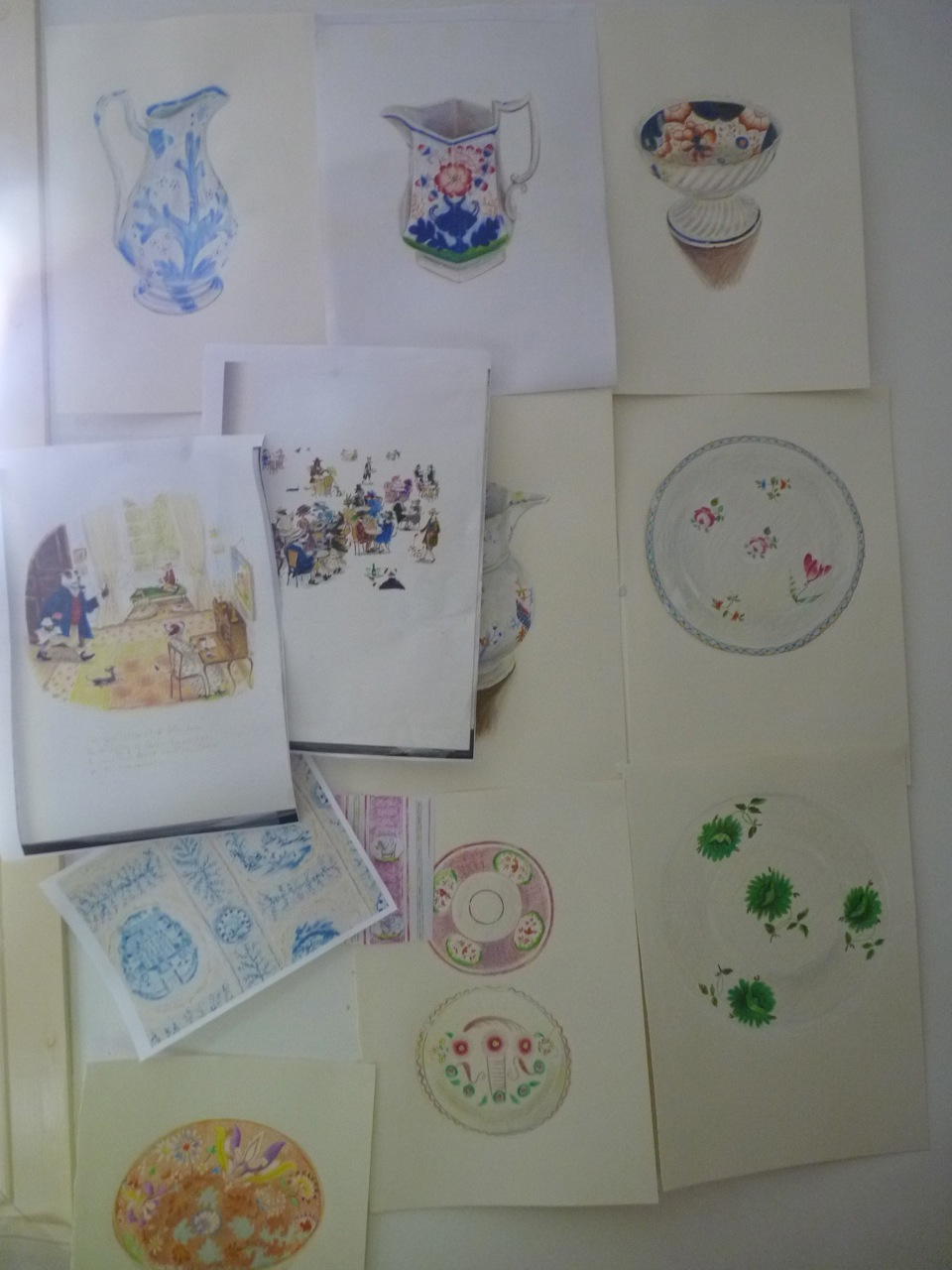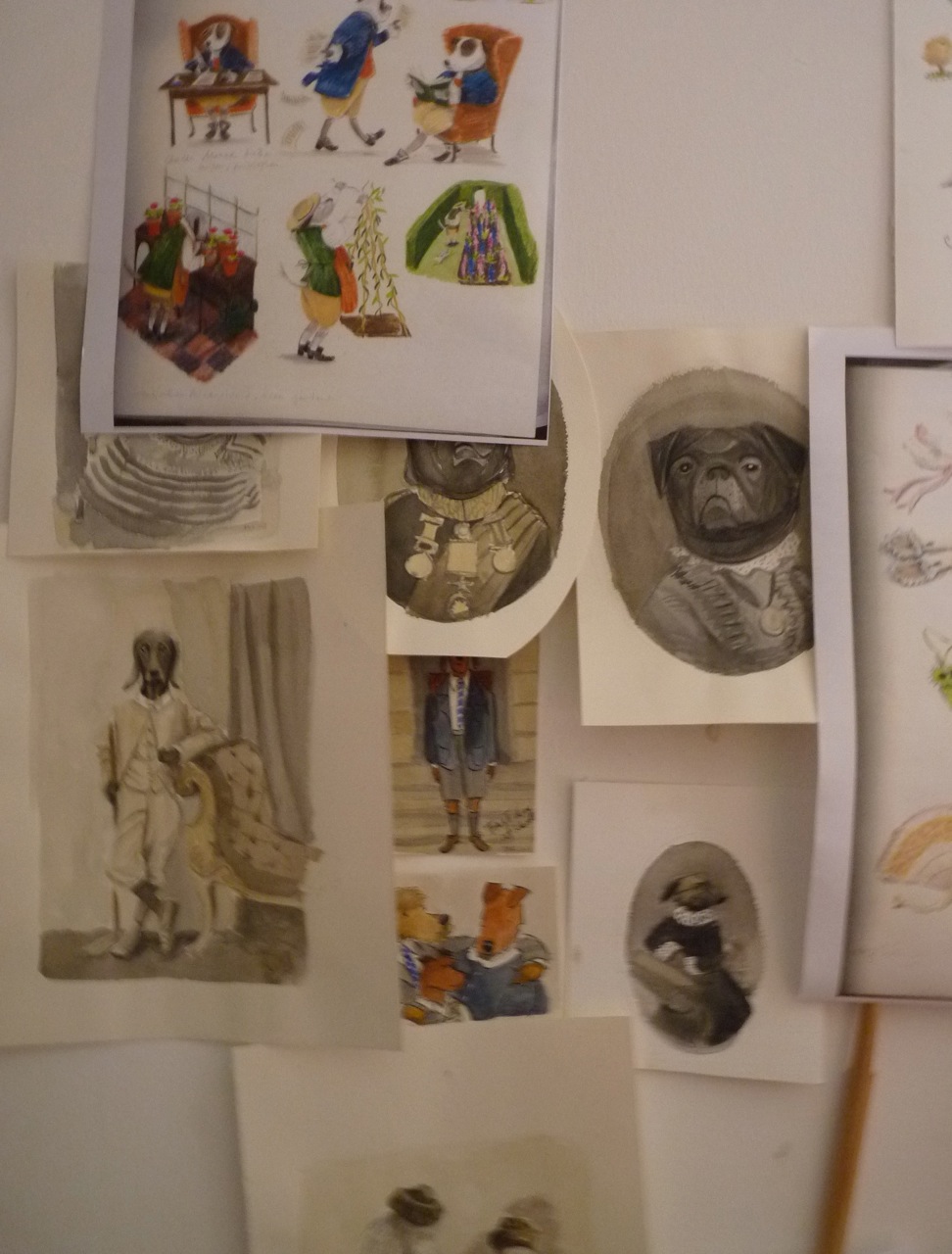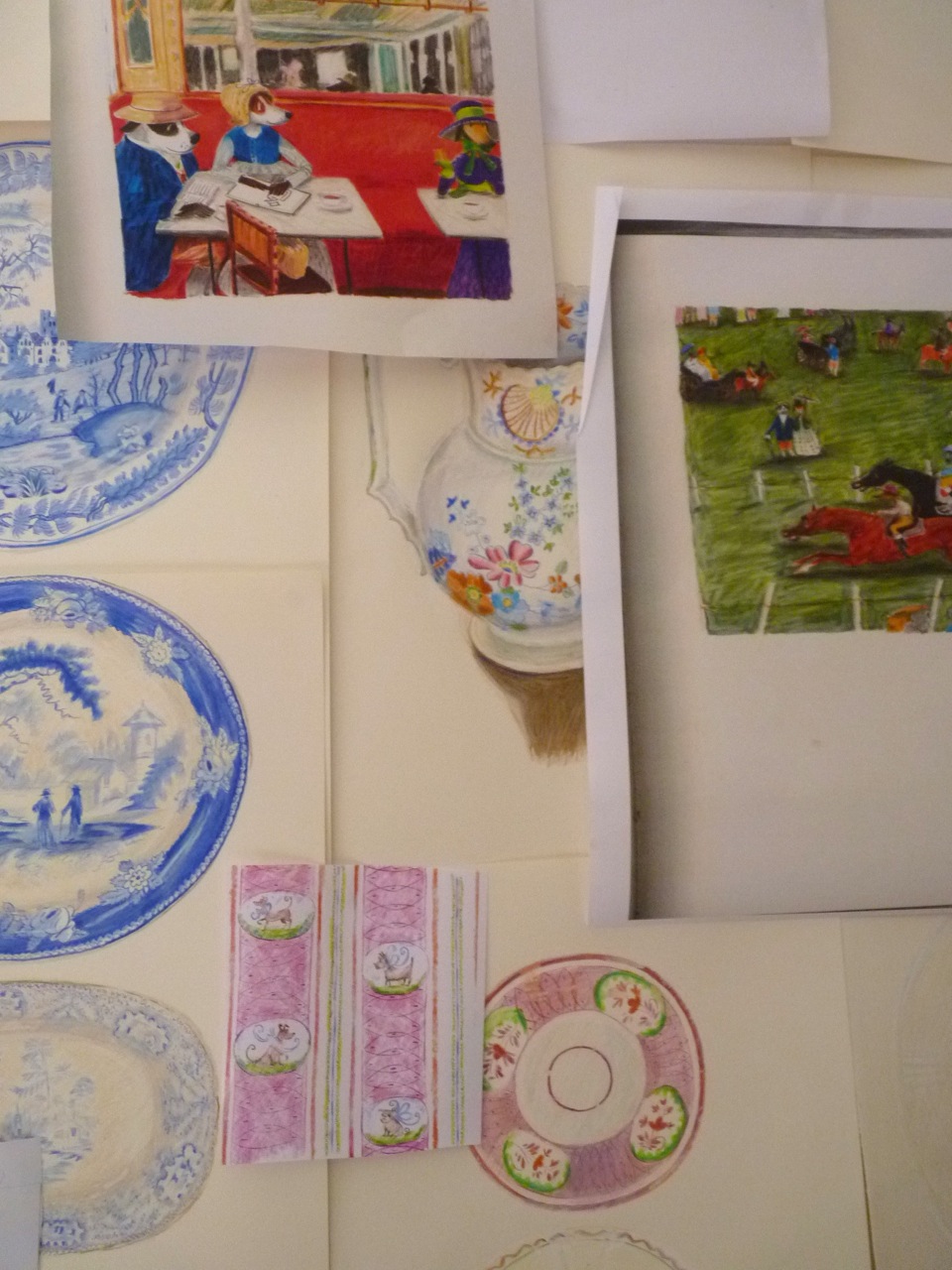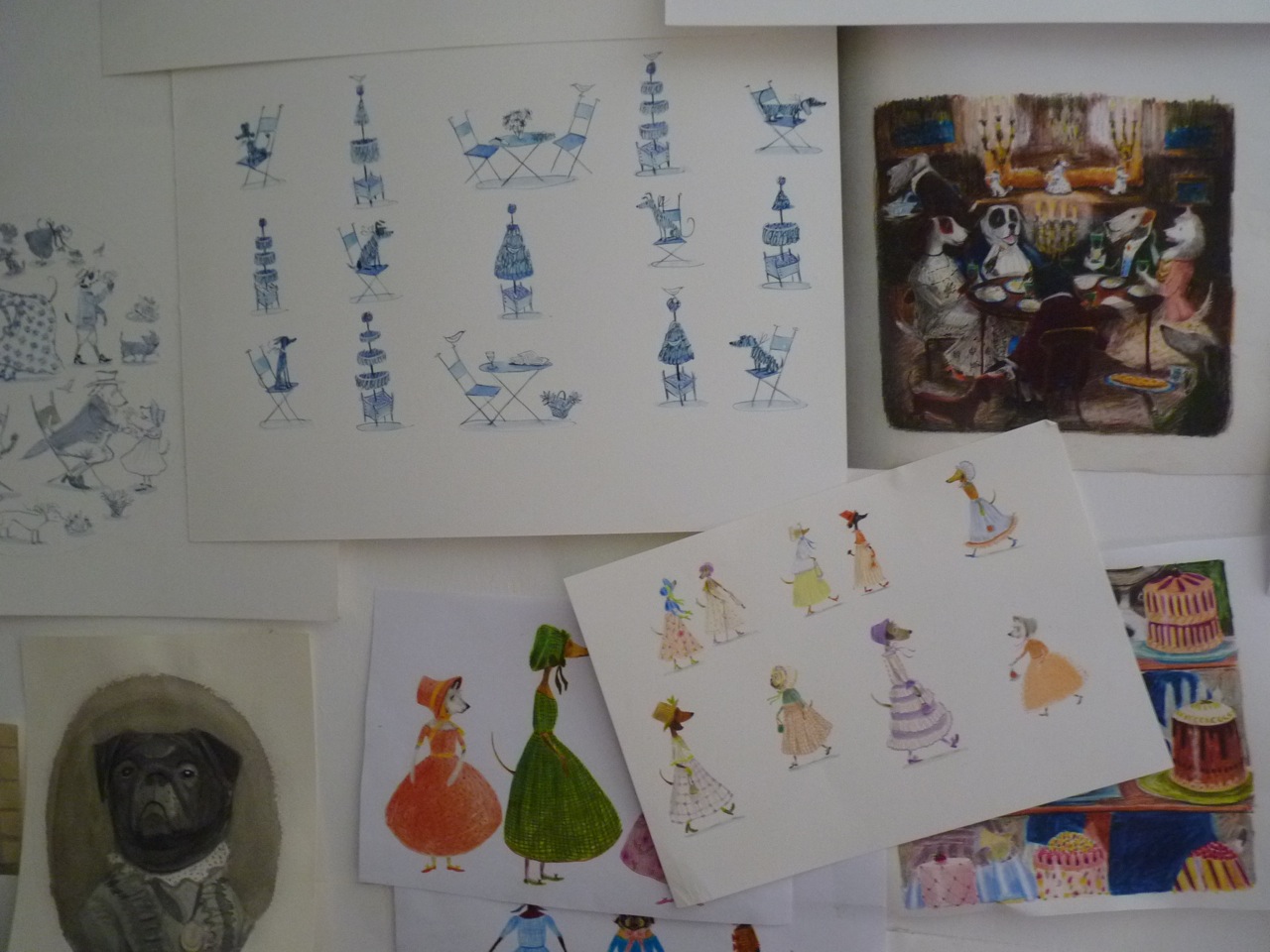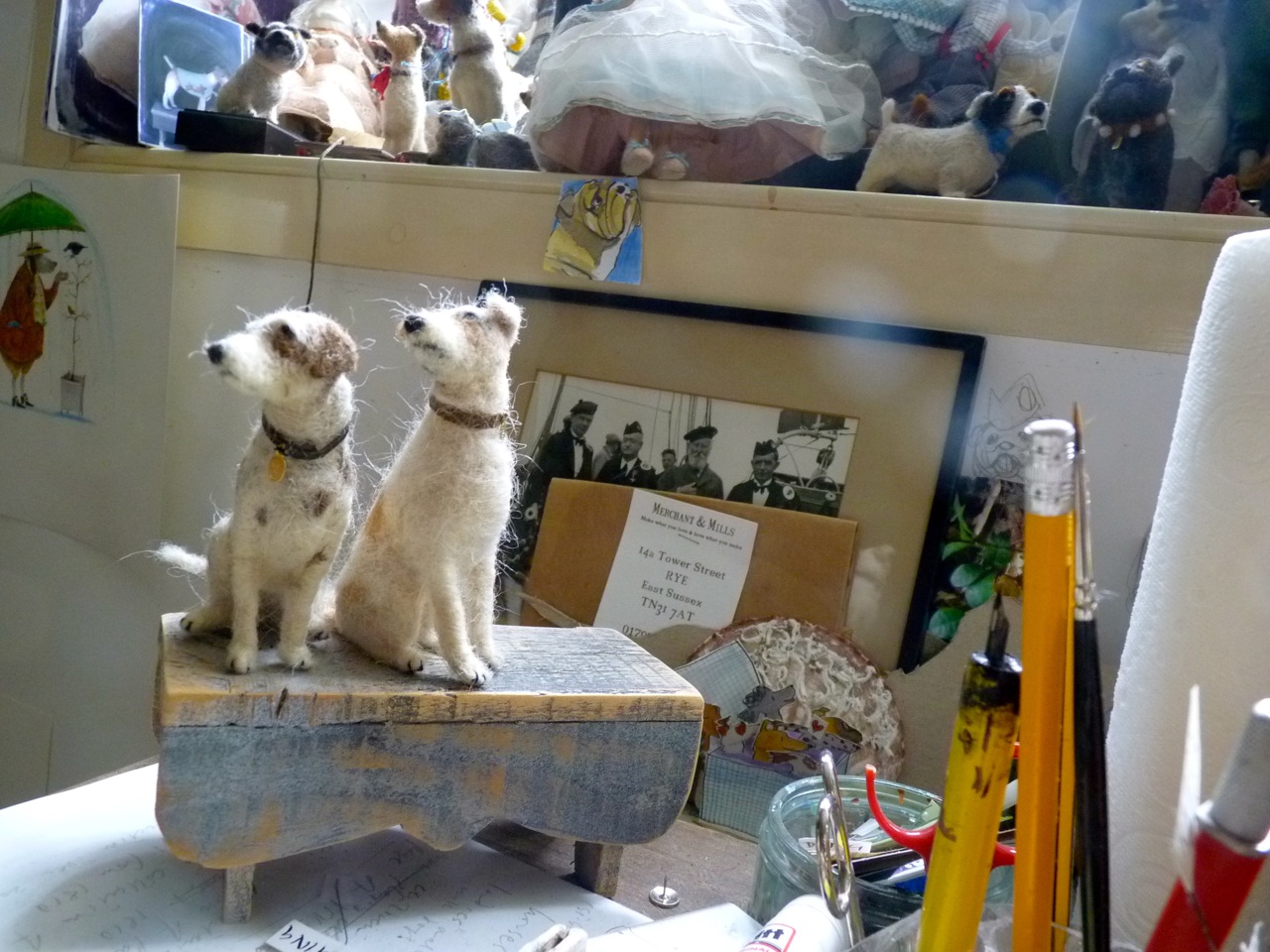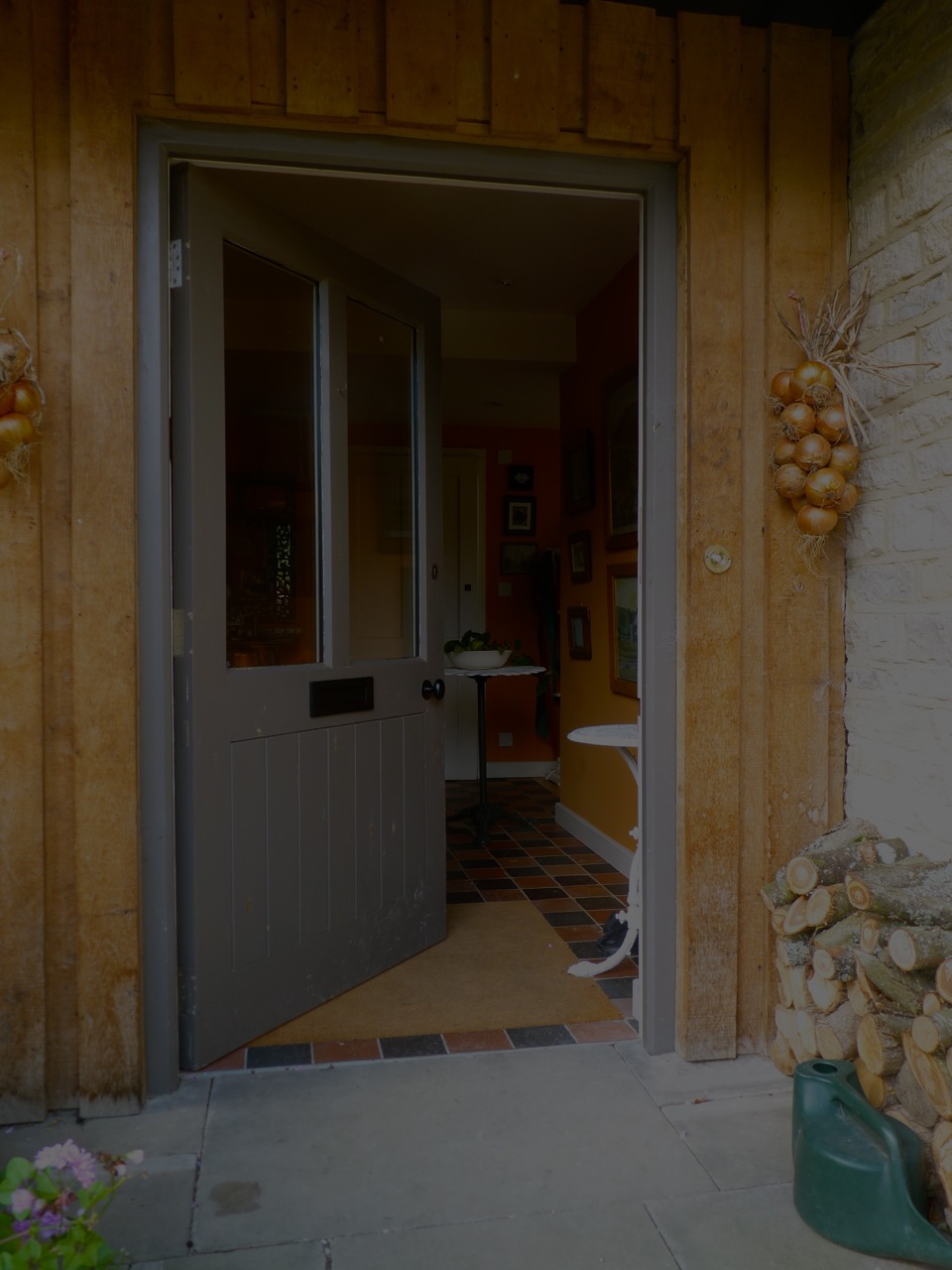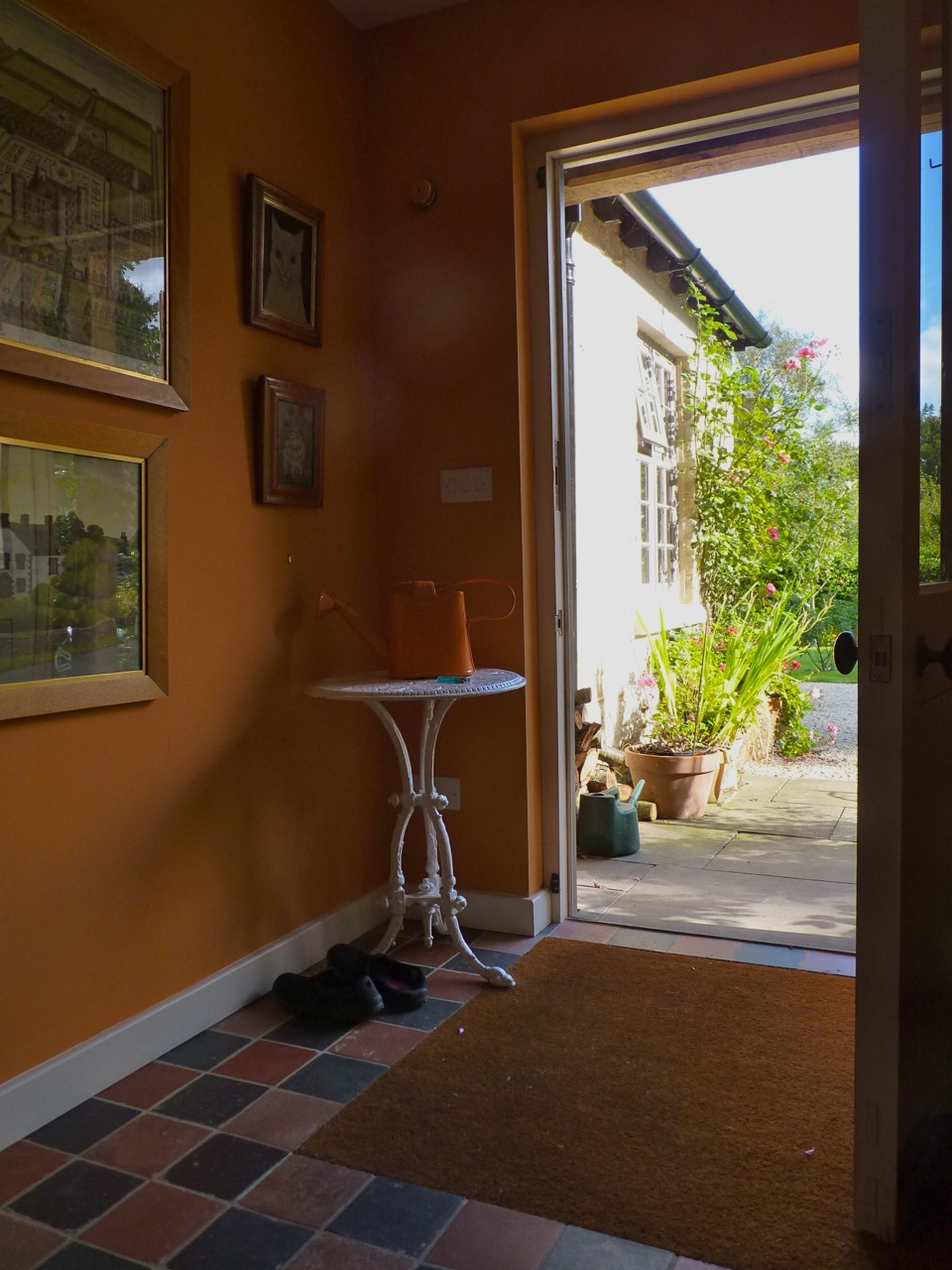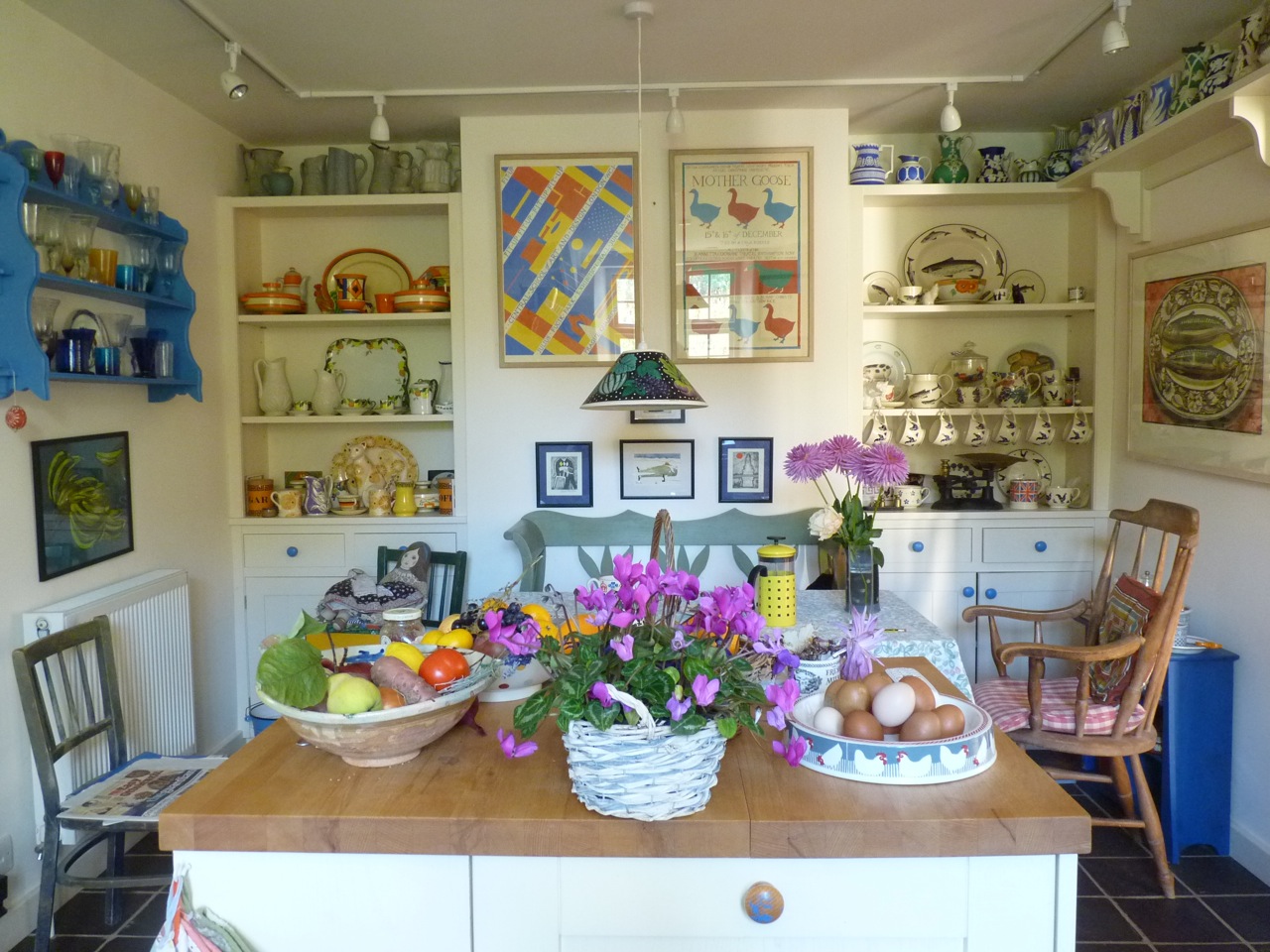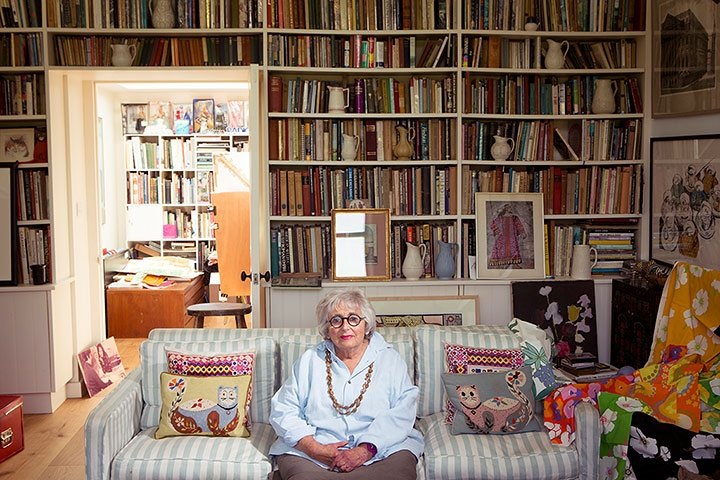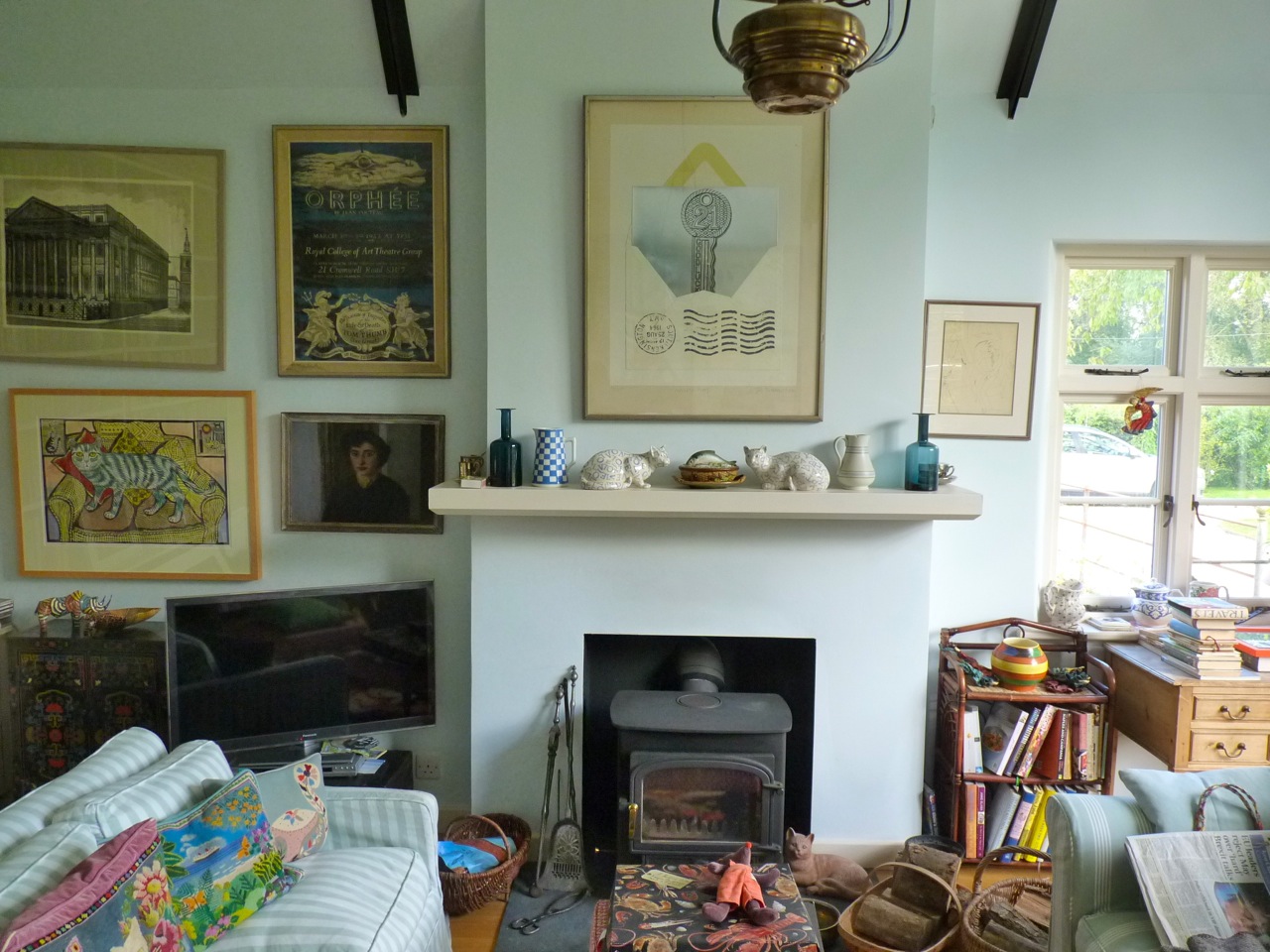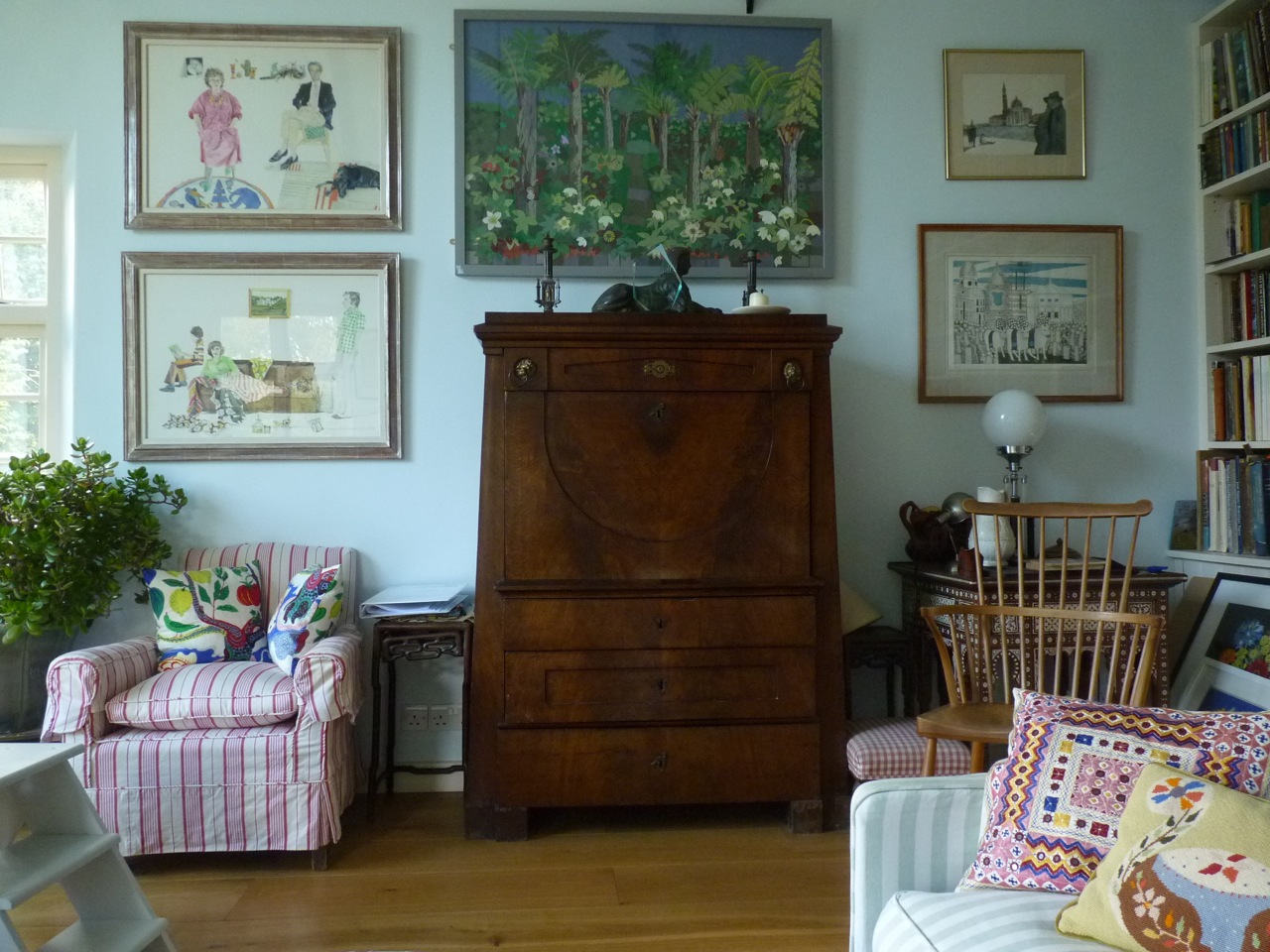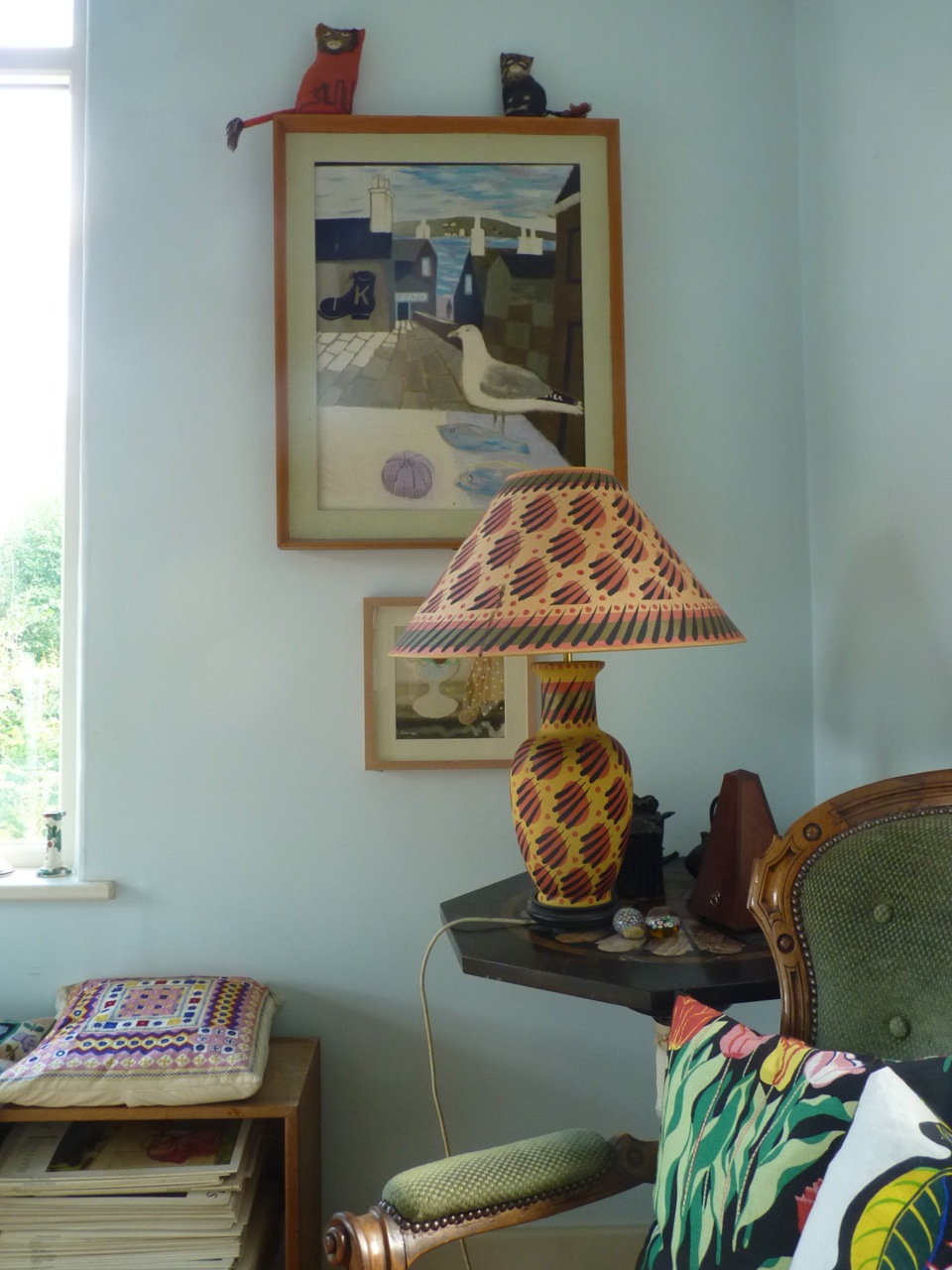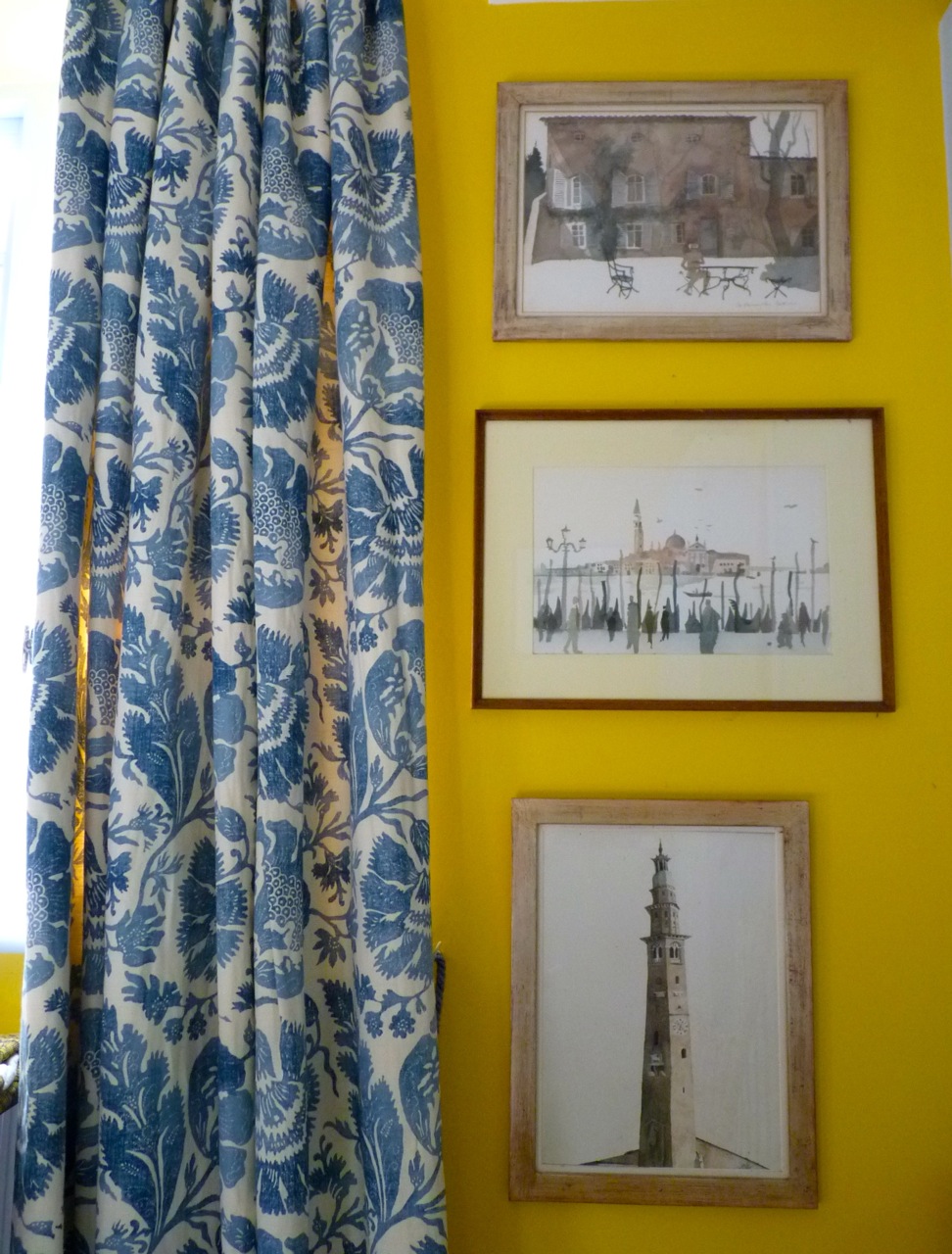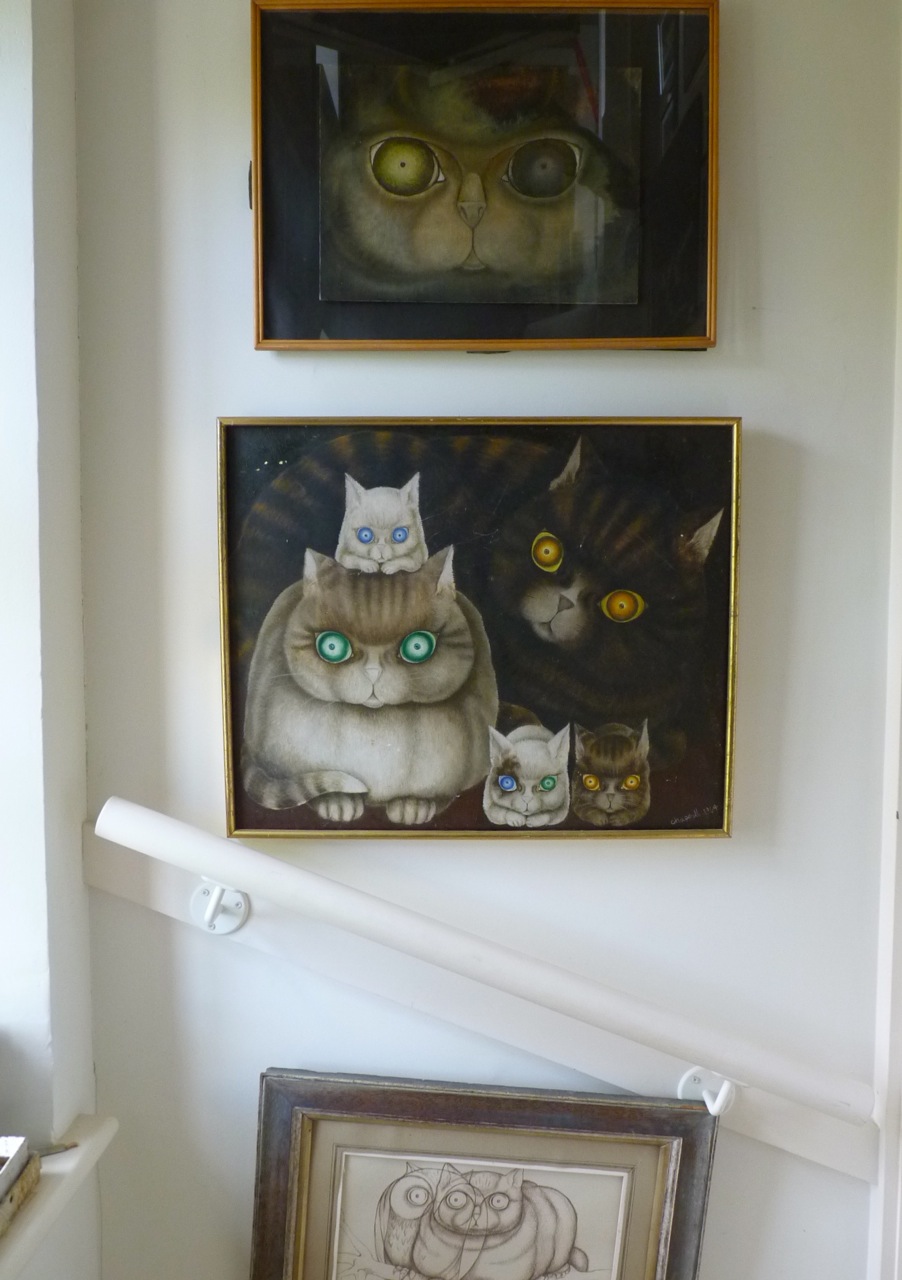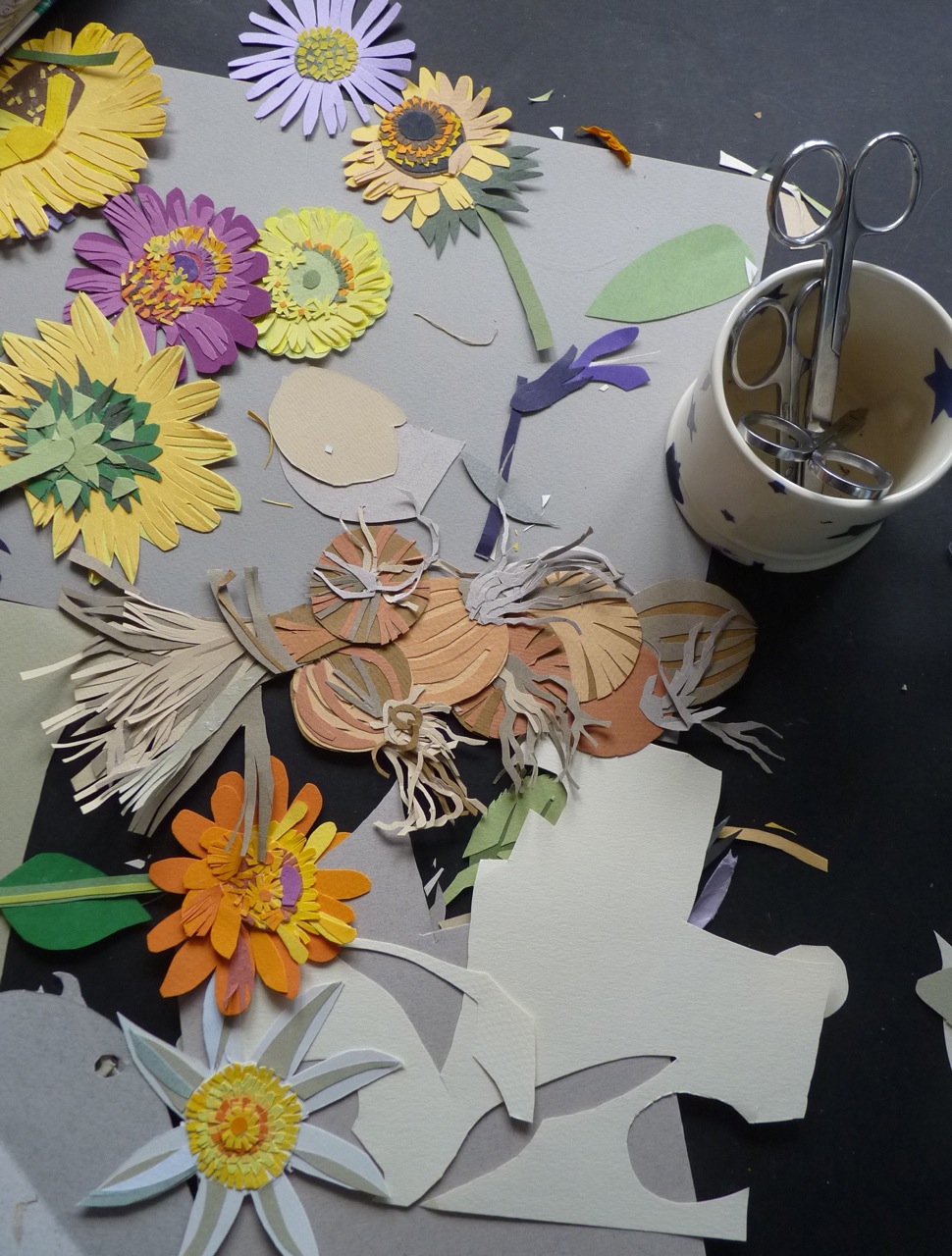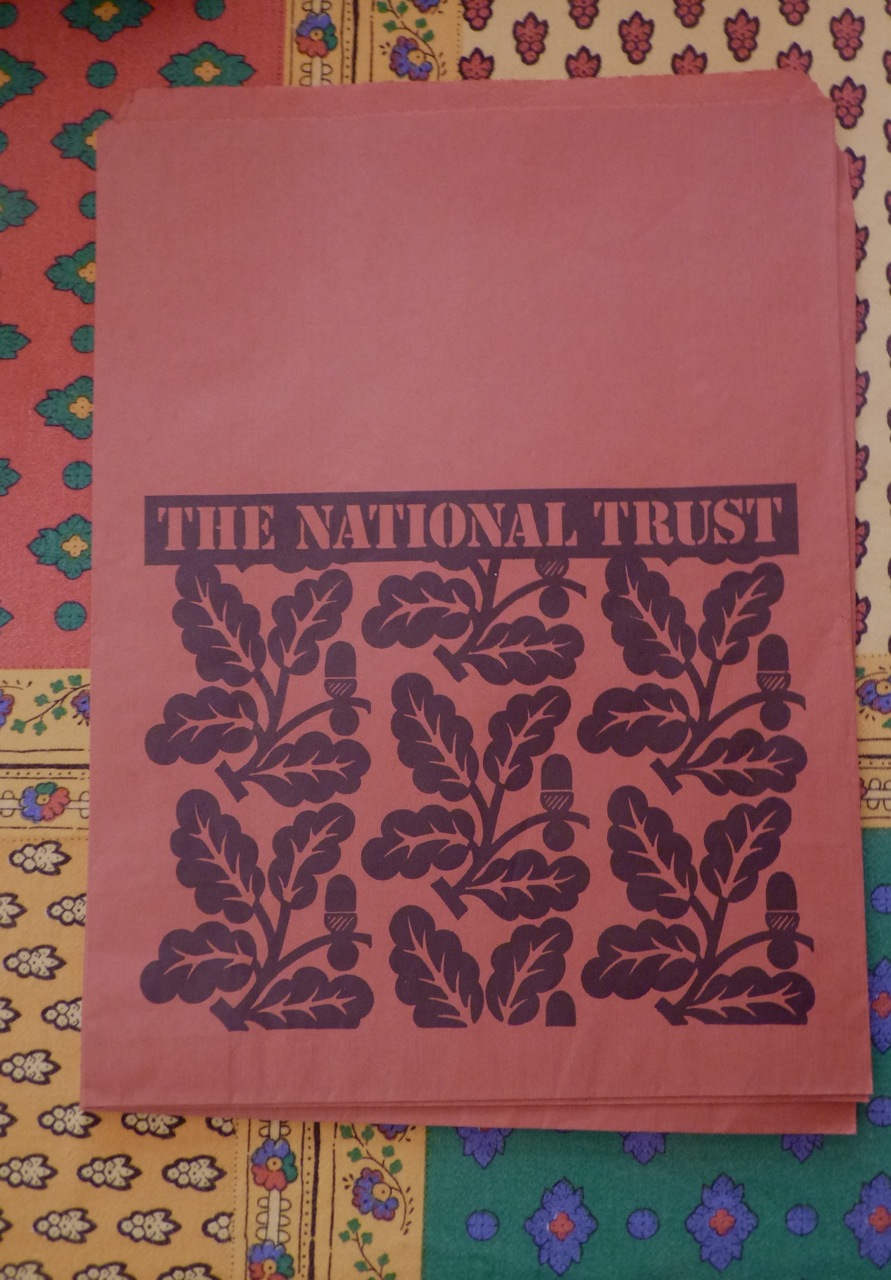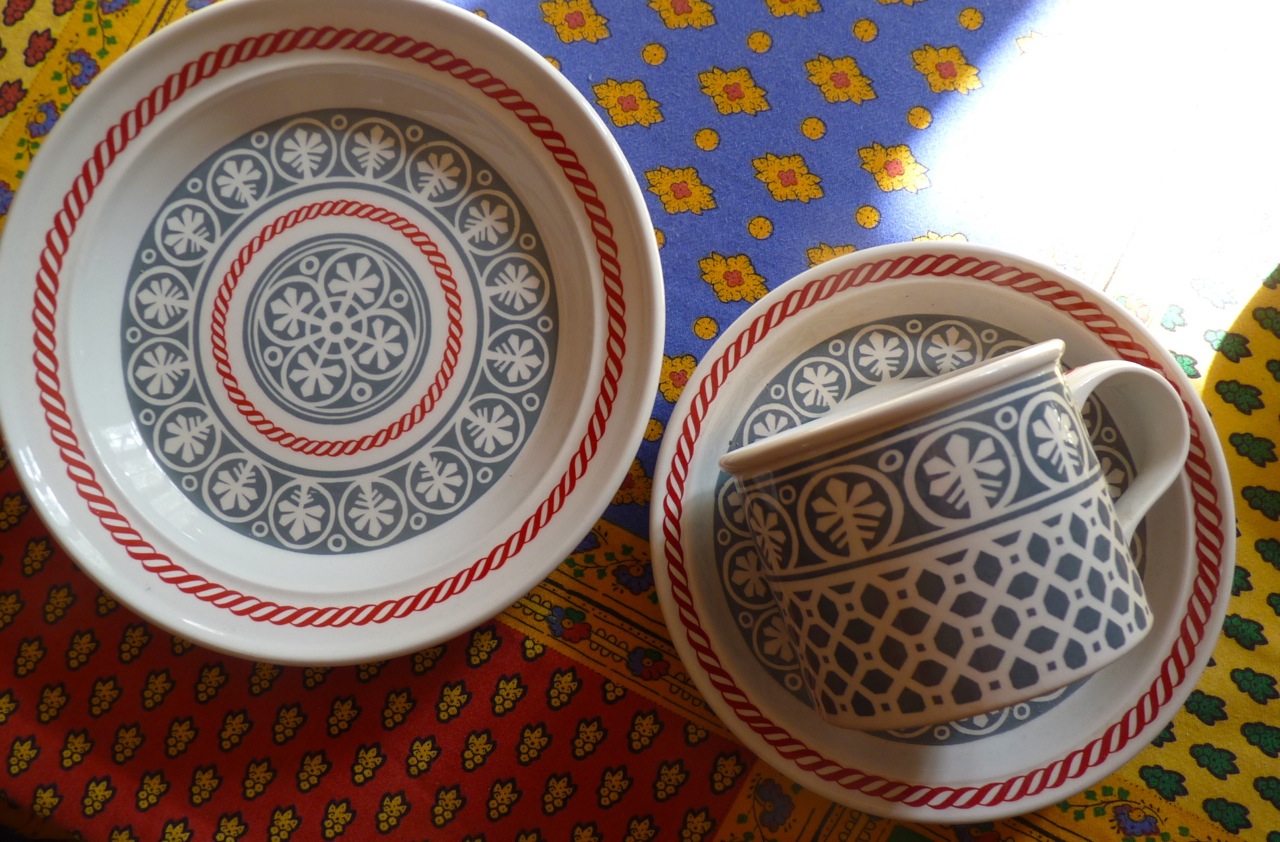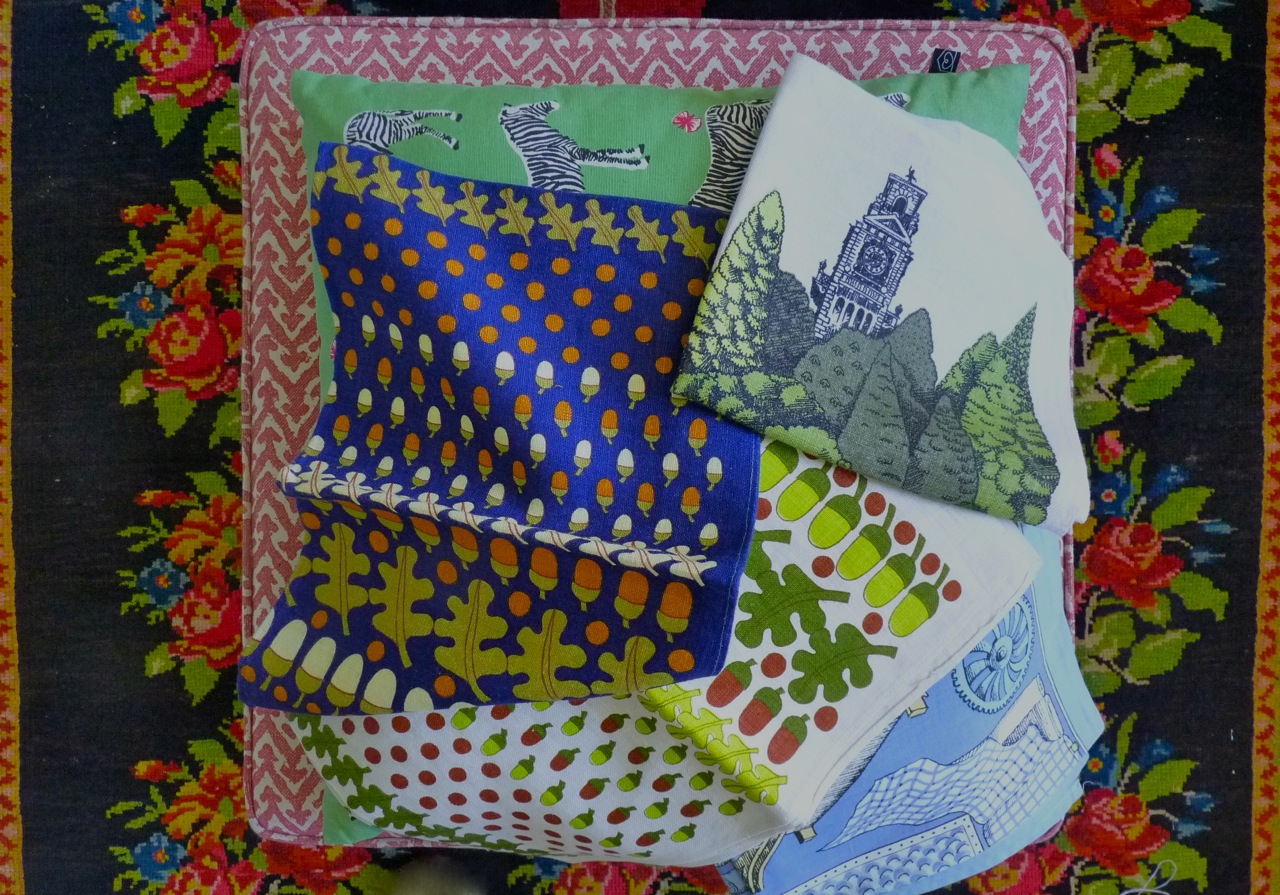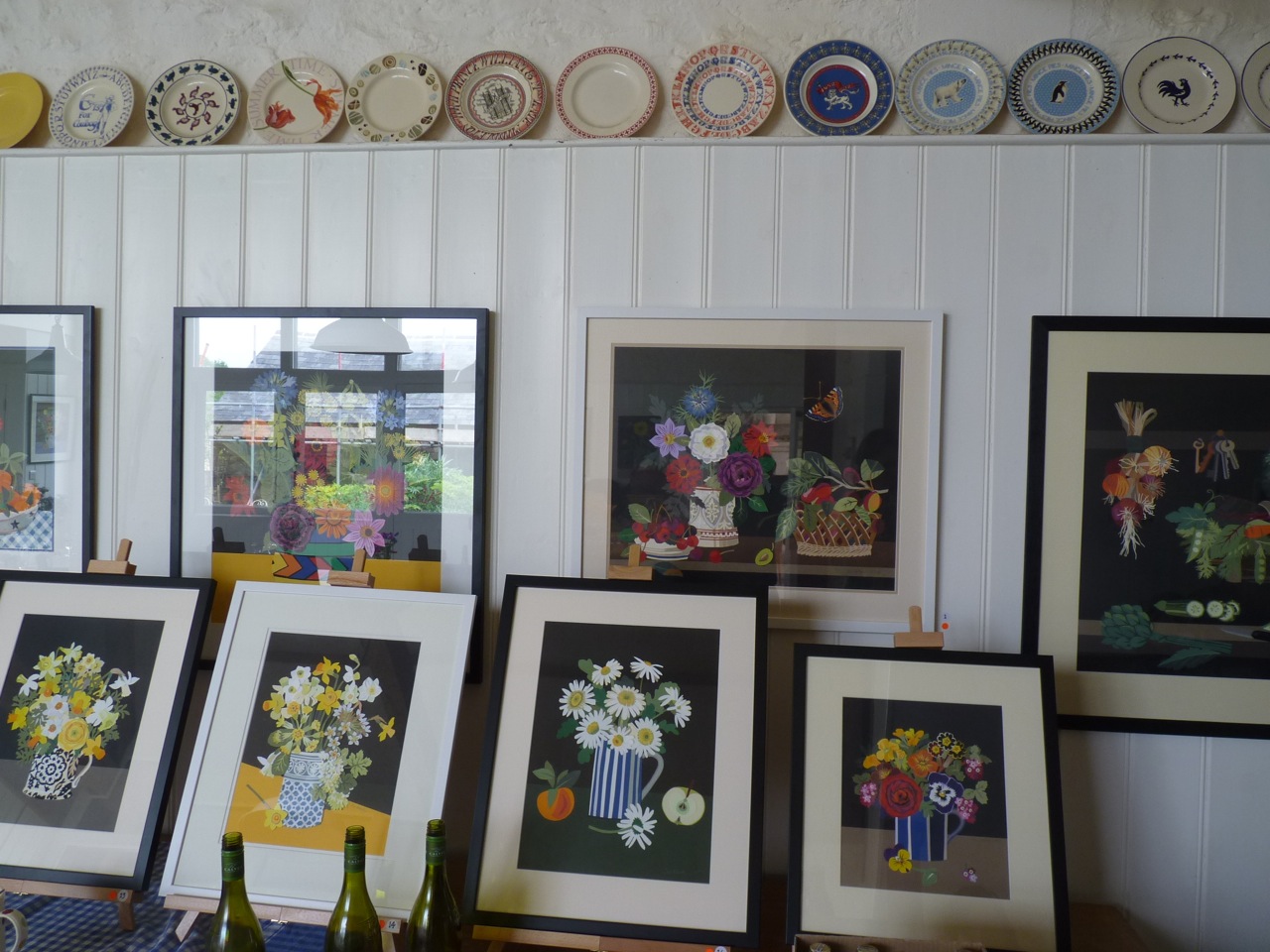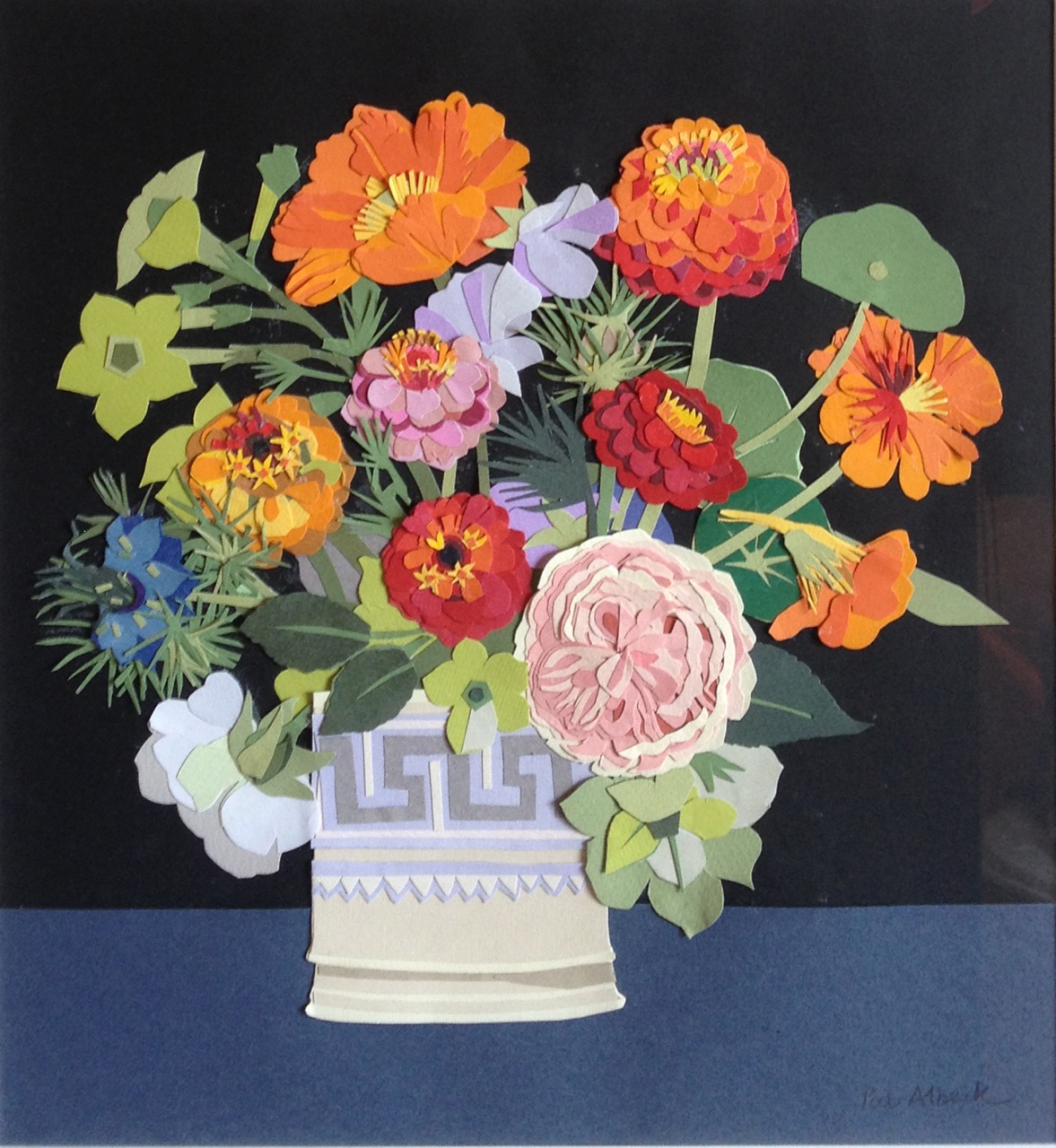
Glynn Boyd Harte was born in Rochdale in 1948. He met his wife Caroline Bullock (herself an artist and historian) in the foyer of the Royal Opera House Covent Garden in 1968, when he was a 21 year old student at St. Martin’s : she was wearing a crinoline, he fell in love with her at first sight. They married in 1971 (and later had two sons, Lucian and Caspar); after this they were very good at everything they turned their hands to, and didn’t bother at all with anything they did not care about. Above all, Glynn’s object was always to have fun, to amuse and to be amused, and in this he generally excelled.
![An Eric Ravilious 'Alphabet' mug, in a lithograph which will be sold by Neil Jennings in a mixed sale of artwork to be held at the Artworkers Guild, 6 Queens Square London WC1 N3AT, from March 3rd 2015. [For more information contact Neil Jennings, neil@jenningsfineart.co.uk 07812 994558].](http://www.bibleofbritishtaste.com/wp-content/uploads/2015/02/P1070061-768x1024.jpg)
An Eric Ravilious ‘Alphabet’ mug by GBH, in a lithograph which will be sold by Neil Jennings in a mixed sale of artwork to be held at the Artworkers Guild, 6 Queens Square London WC1 N3AT, from March 3rd 2015. [For more information contact Neil Jennings, neil@jenningsfineart.co.uk 07812 994558].

The Boyd Harte’s as ‘Mr. and Mrs. Soanie’, described by Alexandra Artley and John Martin Robinson in Harpers and Queen’s New Georgian Handbook published in 1985. ‘Like all British thinkers, they run for months on ginger nuts and tea.’ A tiny Ravilious Alphabet mug is in everyday use on the floorboards. The GBH’s were part of the Young Fogey gang of coevals who moved into and restored derelict eighteenth housing stock in formerly slummy parts of London, that included the architectural historian Gavin Stamp, his wife Alexandra Artley and Dan Cruikshank among others.
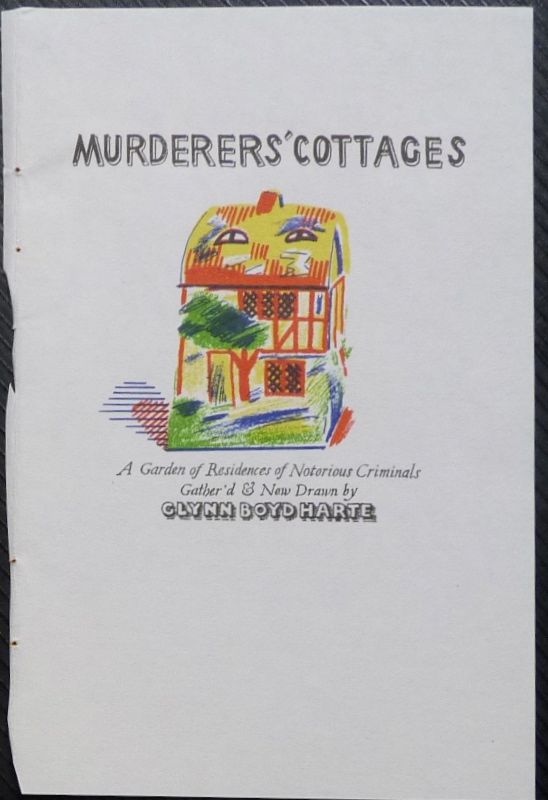
GBH illustrated many books, but the very best were those that he conceived of and wrote himself. These is the title page from his very first publication, ‘Murderer’s Cottages,’ (Warren Editions 1976), published by that fellow perfectionist Jonathan Gili and now a rare item. Note the Pop Art lettertype. It is in chapbook style measuring approximately 3 x 5 inches, each plate depicting a Staffordshire china souvenir of a notorious murderer’s cottage. Peter Blake, GBH’s tutor at the RCA, would have appreciated it. Only 500 copies were printed. Glynn’s friend and collaborator as one of the Freres Perverts, Ian Beck, has published all the other plates here.

The house in which George Frederick Manning helped his wife Marie de Roux to murder her lover in 1839, and then to bury his body in quicklime under the kitchen flagstones. Both were hanged for their crime. Charles Dickens would later model the character of Hortense in his novel Bleak House on Marie Manning, and Marie appeared as a waxwork in Madame Tussard’s Chamber of Horrors. The murder was remembered as the ‘Bermondsey Horror,’ and so the Mannings’ house was immortalised in glazed ceramic for the popular Victorian market.

GBH played the piano soulfully and set the Poet Laureate John Betjeman’s prose poem script for the television programme Metro-land to music; Glynn, a cast of his friends and the poet performed it together with cardboard megaphone and train noises in two locations, sometimes forgetting their lines. This is taken from his deluxe artist’s book of 1977. His lithographs were and still are reproduced by the Curwen Press.

Glynn and Carrie dressed beautifully and fantastically, she in print dresses and tea gowns and he in ‘bags,’ waistcoats and two-tone, co-respondent shoes. But despite his rather fin de siecle good looks he enjoyed telling a joke against himself in which a third party, possibly the late James Lees-Milne, had referred to him as ‘rather plain.’ A fulsome thank you letter from the 1990s describing sybaritic holidays in Cornwall and France – lobsters eaten, glorious sunsets, church crawls and ‘Proust’s bedroom at the Carnavalet’ – ended with the plaint, ‘The question is, had I been less plain, would I have been able to enjoy myself so much?’ Another anecdote involved being spotted by a member of the public buying his little sons an ice cream, taken for a child-molester and detained by the police. It ended with a car chase through the streets of Bloomsbury as the uncertain coppers drove him hither and tither, doubting that he was the marrying kind but searching at his insistence for the woman whom he claimed was his wife, and whom he had helpfully described to them as, ‘a Bloomsbury bat in a Fauvist frock, Officer!’

Glynn’s father was a commercial artist and art teacher and his grandfather owned a lithographic printing works. The front garden path of his childhood home was paved with old litho stones. At the RCA, Bawden – who taught him – and Ravilious were his artistic heroes long before they came back into vogue, but his earliest works also shared traits with those of his near contemporary David Hockney. His first works were in crayon but in the early 1980s he changed medium for watercolour, and later, egg tempera, without ever falling below his own self-imposed standard of perfection. He was a genius at depicting the perfectly arranged tablescape, sometimes as the illustration to a cookery book or newspaper column in the Times or Telegraph, sometimes for his own delectation. This is my favourite amongst those that were translated into lithograph, “Mr Dodd’s Auricula’ (1979). Barbara Jones’s genius King Penguin Guide to the Isle of Wight can be seen in the top right corner. Mr Dodd’s house has featured on the bobt here and here.

GBH in the the Georgian house at no 29, Percy Street, to which they moved in the mid 80s, where the wallpapers were either meticulously hand painted or designed by him and some were reproduced for for his Dolphin Studio design company. Cynthia Kee described her first meeting, finding him up a ladder painting wallpaper on to the bare plaster there, ‘ the stripes were uncompromisingly in period, magenta, with a thinner line alongside and another of gold dots. Glynn was working on the dots.’ This clipping and the following one from The Times, October 1990.

Here in Fitzrovia GBH felt entirely spiritually at home, in a house so dilapidated when he found it that the electrical wiring had been gnawed by rats. No matter, for in his imagination the Vorticists were still in the Eiffel Tower restaurant a stone’s throw away, ‘being very avant-garde and angular in black and magenta, Augustus John swishing his coat and beard, Ronald Firbank manfully grappling with a pea. Nina Hamnett, of course – always the perfect lady – was being sick into her handbag over the road at the Fitzroy Tavern.’ What is missing here, is a proper photographic record of the exquisite rooms that Glynn and Carrie contrived here and earlier, at Cloudesley Square. Glynn’s lithograph below goes some way to supply this.

GBH at Cloudesley Square, Islington, the Boyd Harte’s first marital home in the 1970s . The architectural historian John Martin Robinson described meeting Glynn and Carrie for the first time, being asked to supper and then arriving at an ‘uninhabitable Georgian wreck’ where they removed a bit of rusty corrugated iron, climbed in and then ate a picnic together off the floor.Its finished interiors featured period decorative treatments and especially wood-graining, about which the GBH’s were evangelical in an age of universally stripped pine. They had often rushed into a junk dealer’s workshop to rescue some sweetly grained bedroom chest of drawers from the stripper’s chemical tank.

Ravilious bowl, lithograph. The Eric Ravilious ‘Boatrace’ bowl for Wedgwood, standing on a burr walnut table in Cloudesley Square..

Foodie books. A labour of love. In 1986 GBH illustrated The Entertaining Book co-authored by Teresa and Auberon Waugh – she provided the seasonal recipes, he wrote about the best wine to drink with them. Glynn went down to Combe Florey House in Somerset, where Bron’s father the celebrated author Evelyn Waugh had lived before him, and drew the kitchen table set with their lunch as the book’s cover design, ate it, and then drew the table with dirty plates, empty glasses and chairs pushed back afterwards as the back cover.

For Teresa’s introduction he chose to illustrate the sentence,’ My children’s generation has been brought up on a mixture of Camembert, junk food and avocado pears – such things would have been unheard of in a post-war nursery,’ ( as the daughter of the 6th earl of Onslow, Teresa’s childhood was passed at Clandon Park, their country seat). She was fascinated when he drew these objects just as they were including the 1980s Tesco price tag, executed with great verisimilitude.

Asparagus watercolour. Glynn was particularly fond of the grid, trellis or graph pattern as a background matrix.

The album of five musical compositions which he composed, illustrated and dedicated to his wife Carrie.

‘Tea at Farringdon,’ Lord Berners, Penelope Betjeman and her Arab mare, Moti. For the original watercolour, featured in an earlier post, see here.

The plangent musical score. ‘The? Lait? One-Lump-or-Two? Un Cheval ! Un Cheval Rose !! Encore du The?’

‘The Pyramids.’ Also utilised as the ‘Carte Postale,’ in a dramatic routine performed by les Freres Perverts.

GBH’s watercolour, ‘Johnnie Scraping his boot,’ (2000), painted at Charlecote, the Warwickshire country house of his art school coeval and old friend, Sir Edmund Fairfax Lucy.

A.N. Wilson and ex-Battersea Dogs Home cocker spaniel ‘Percy,’ in an infamous incident recorded by GBH in strip-cartoon narrative in memoriam, after Percy died prematurely.

Early sketch towards an unrealised painting that was to have been titled, ‘Mr and Mrs. Wilson and Percy,’ after Hockney’s semi-eponymous double portrait of Ossie Clark and Celia Birtwell in the Tate. Glynn was an obelisk fetishist with an admirable collection; ‘poor man’s obelisks’ referred to my less desirable shelf full of minature lighthouses manufactured from Cornish Serpentine on the Lizard peninsula.

All missives, programmes, envelopes and invitations were opportunities for more jokes, wildly embellished gossip and ancient running jokes of long-standing. During his final illness, a friend described a dinner at her house at which GBH and another dinner guest who was a dress designer laughed themselves silly as they discussed couture shrouds – ‘a shroud to die for.’ After he collapsed in a hospital waiting room his jacket, ripped by the resuscitation team, was exhibited like a toreador’s cloak to visitors at his house in Gower Street.

Glynn, Lucian, Caspar and Carrie Boyd Harte drawn by an ailing GBH shortly before his death. As Carrie points out, ‘He got all the shoes exactly right.’ GBH is remembered as an enthusiastic Brother and Past Master (in 1996) of the Art Worker’s Guild. When the Guild ‘Revels’ were revived he directed several full-dress pantomimes, which oscillated between ‘farcical under-rehearsal and total professionalism’ ( as one of his collaborators, Alan Powers, recalled in his obituary for the Independent) and were performed to sell-out audiences. As Powers also wrote, ‘The listing of individual achievements fails to convey the totality of Glynn Boyd Harte’s life, which, like Oscar Wilde’s, was the vehicle of genius. It extended to his taste in decoration and collecting, his circles of friends and enemies ( irreversibly and often unreasonably transferred from the first category into the second) and not least, the warmth of the family life that surrounded him.’
To say that his achievements should be better known would be quite true, to say that he is greatly missed is an understatement.
All images copyright bibleofbritishtaste / the estate of Glynn Boyd Harte.
Excerpts and links can be used providing that full and clear credit to bibleofbritishtaste is given along with direction back to the original content.


















